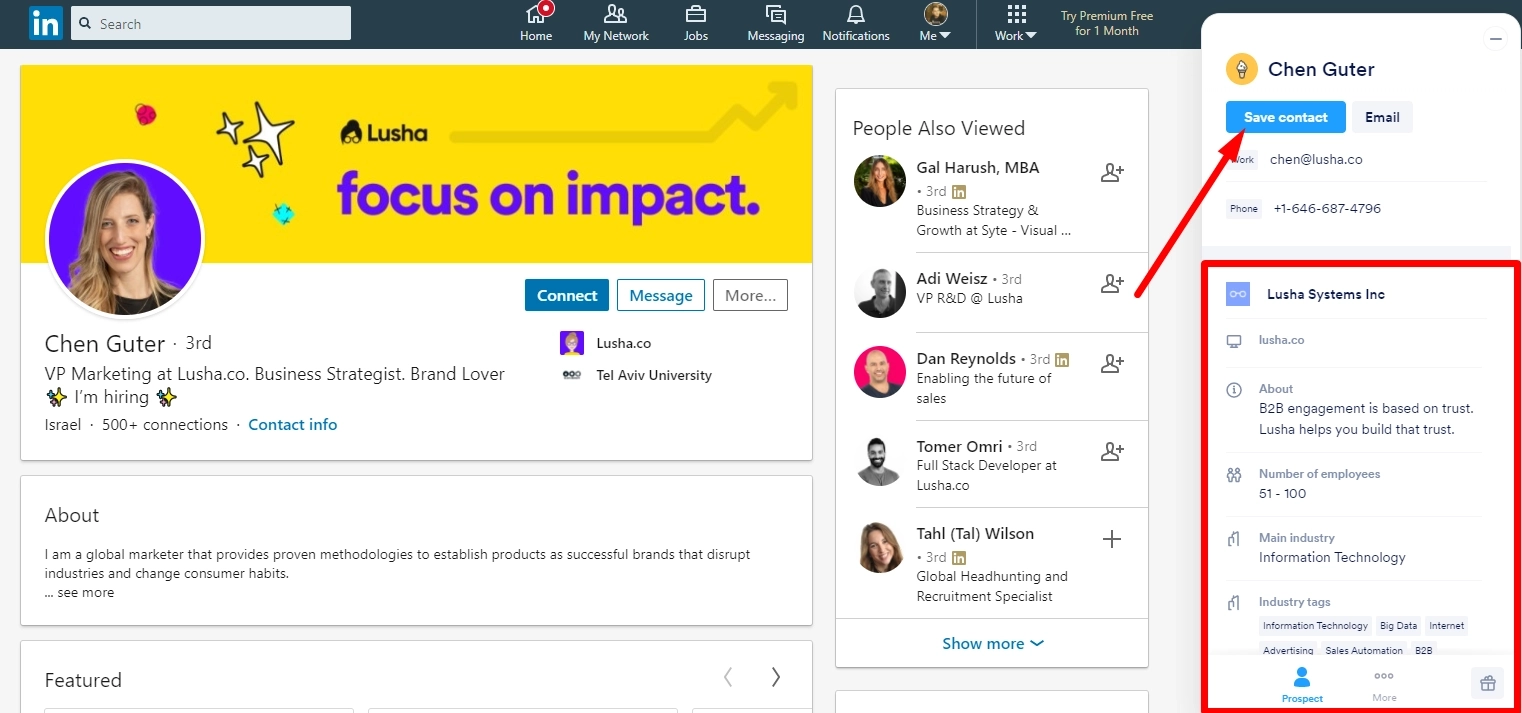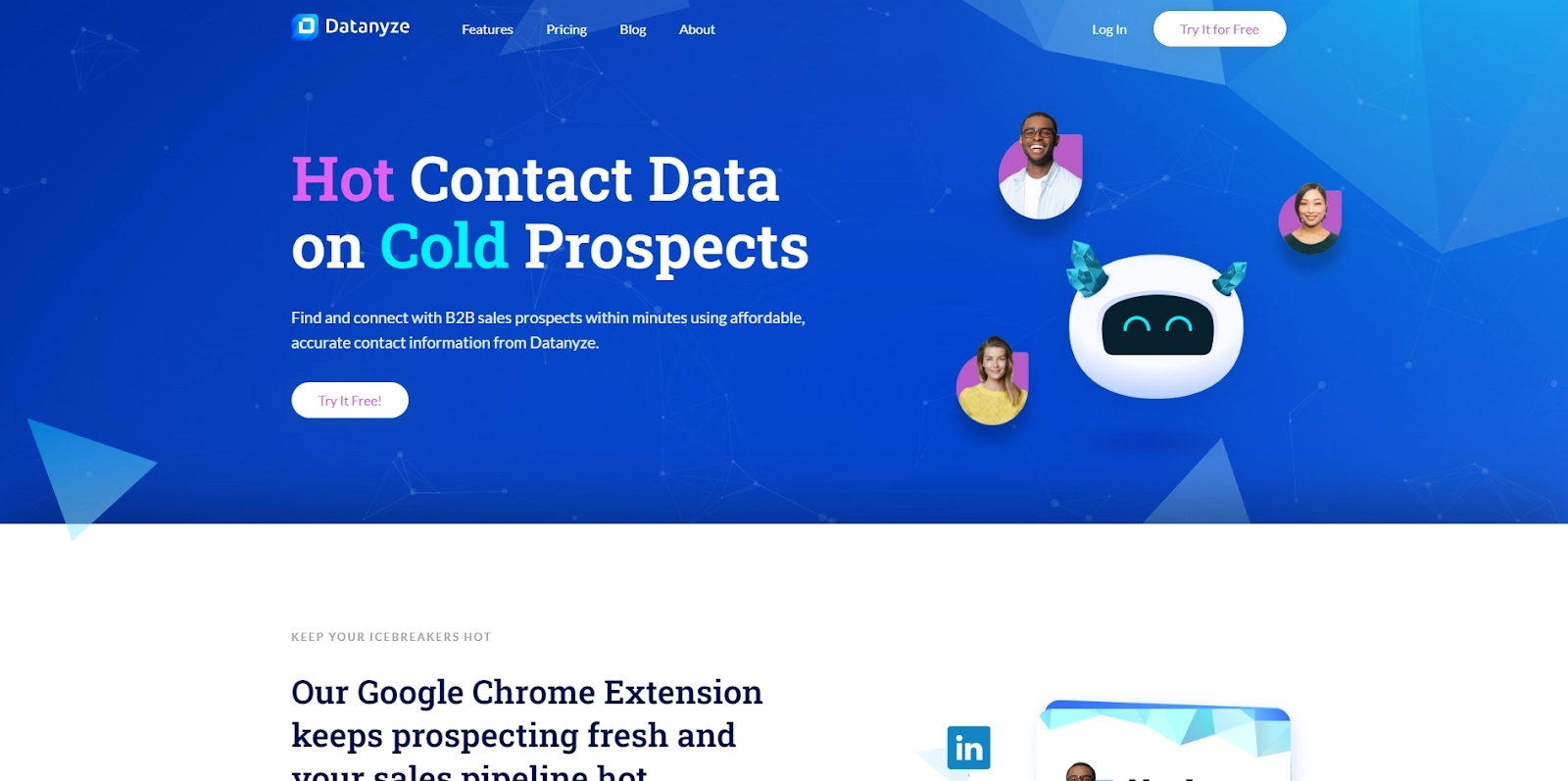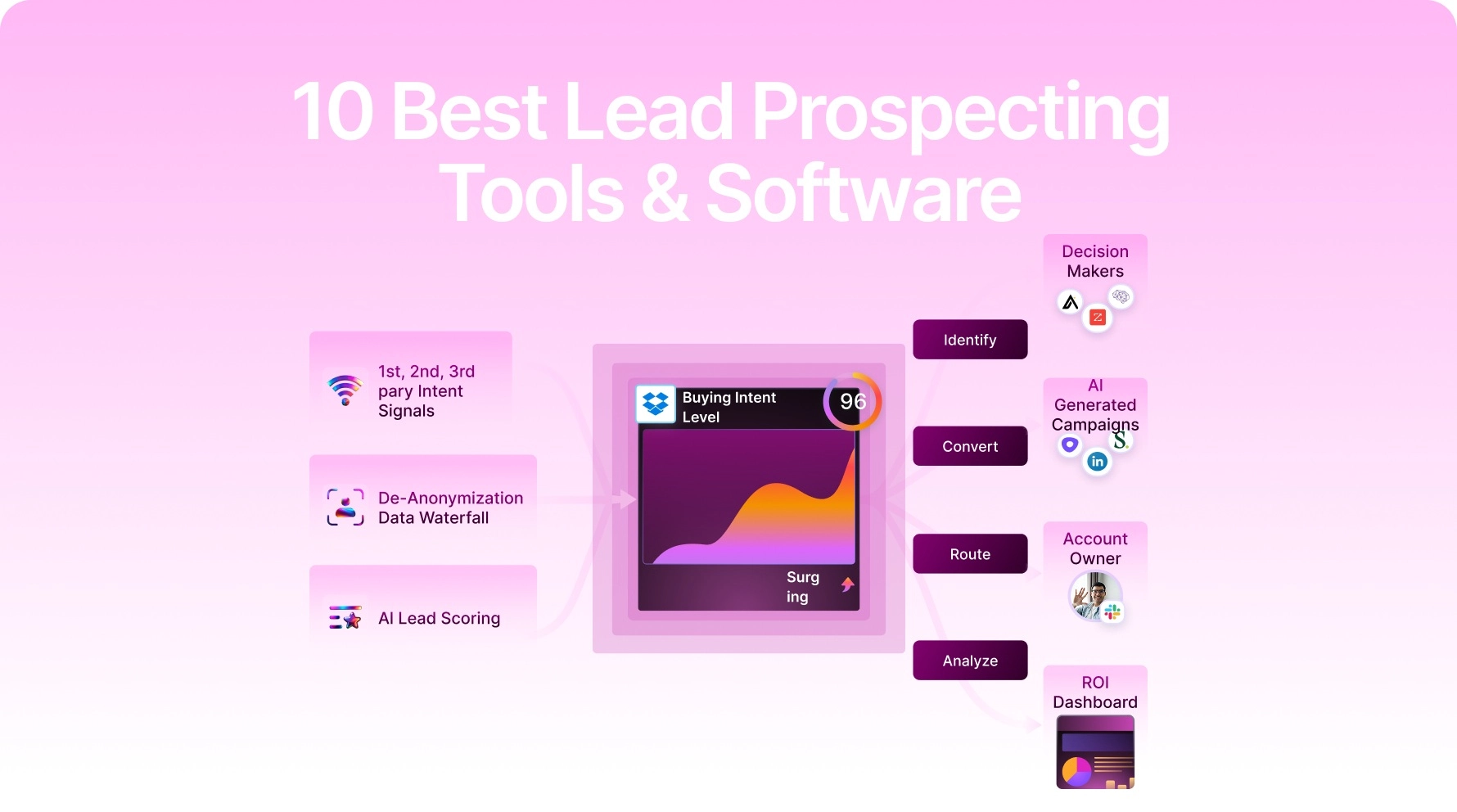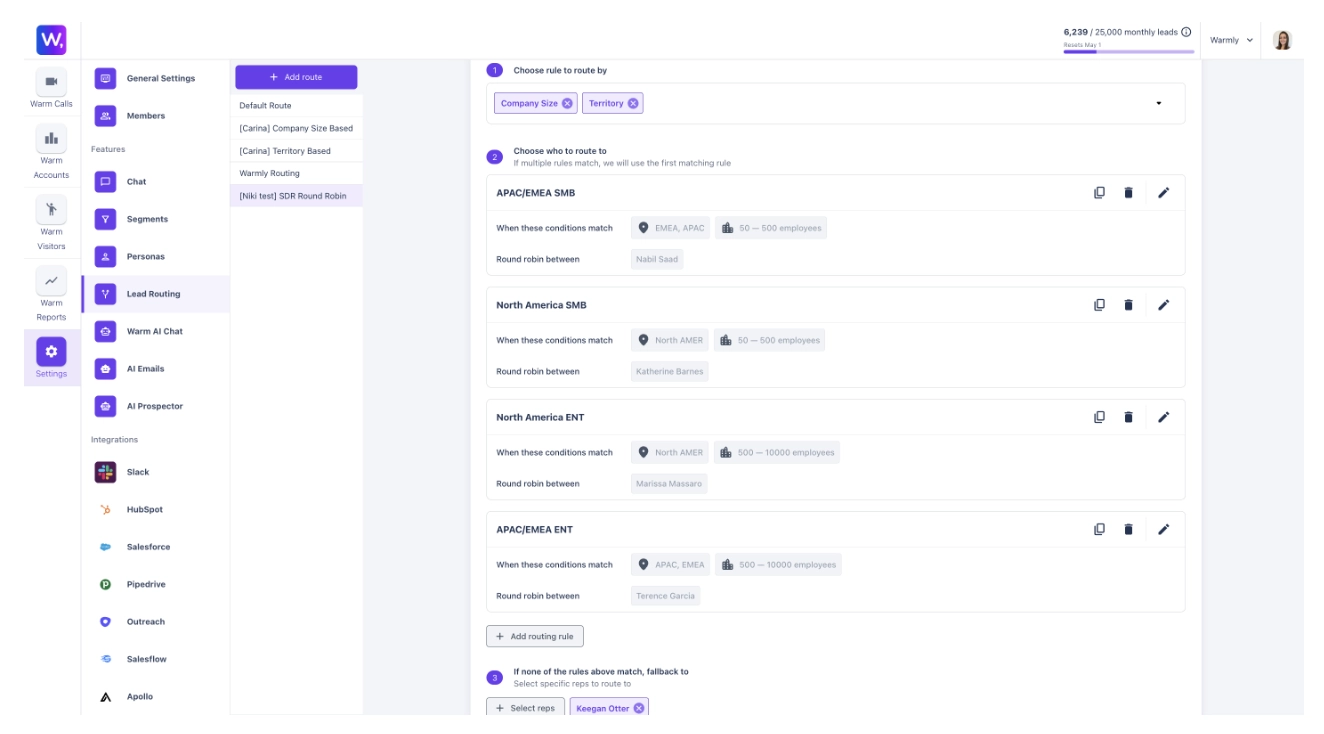![10 Best Seamless AI Alternatives & Competitors [Oct 2025]](https://cdn.prod.website-files.com/6506fc5785bd592c468835e0/68e8ba60328590032f909c9d_seamless_ai_alternatives.webp)
10 Best Seamless AI Alternatives & Competitors [Oct 2025]
Seamless AI is an AI sales prospecting tool that helps you research and validate contacts and businesses in seconds.
The platform promises to help you build your best lead list and craft personalized sales emails with its AI scoring capabilities that will indicate the reliability of information.
However, some users of the platform have not been happy with its data quality, pricing, and international coverage.
In this buyer article, I’ll go over the 10 best Seamless AI alternatives on the market, going over their features, use cases, pros & cons, and pricing structures.
TL;DR
- The main reasons why some sales teams have been looking to switch from Seamless AI are its occasional outdated or duplicate records, custom pricing that can be steep, and limited international data coverage.
- Warmly offers the best alternative to Seamless AI with its signal-based revenue orchestration, real-time visitor identification, and AI-powered outbound automation capabilities.
- Tools like Lusha and Apollo are ideal for SDRs and SMB sales teams that need quick, affordable contact enrichment and integrated outreach tools.
- On the other hand, platforms like ZoomInfo and Cognism can help you access enterprise-grade data coverage and intent insights, making them better suited for large and/or international sales teams.
Why have some sales teams been looking to make the switch from Seamless AI?
Initially, I was impressed with Seamless AI’s database of contacts for different industries and how ‘’seamless’’ it was to use it (no pun intended).
I could really find the contact info of the leads I ran it past to test it, with both firmographics and intent data.

However, as I started to use the platform more extensively, some issues started to show, and I later found that other users of the platform share the same concerns: ⤵️
#1: Occasional outdated titles, duplicate records, or contacts that require verification
The #1 issue of the tool that I saw everyone talk about and experienced firsthard has been the tool’s occasional outdated contact information.
➡️ And, to be fair to Seamless AI, it’s not easy maintaining a database with over a billion contacts.
As a result, users of the platform mention that they have to perform manual data validation before feeding the results into their larger pipelines.
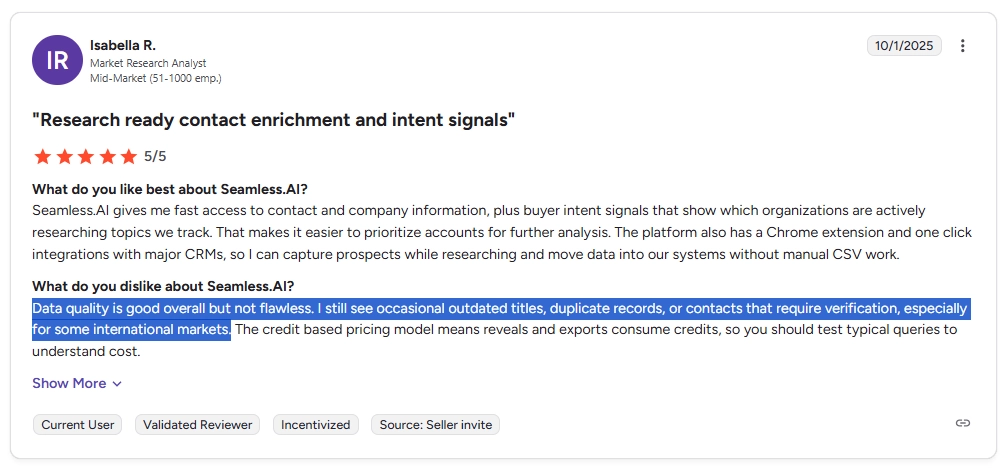
‘’Data quality is good overall, but not flawless. I still see occasional outdated titles, duplicate records, or contacts that require verification, especially for some international markets.’’ – G2 Review.
#2: Custom pricing that can be steep for SMEs
Next up, users of the platform mention that the tool’s pricing, which is not publicly available, can be steep for smaller businesses.
➡️ The way Seamless AI’s pricing works is with a standard for the industry credit-based pricing model, where reveals and exports consume credits, and can get expensive real fast when you’re revealing and exporting contacts at scale.

‘’The pricing is also a bit steep and can be improved.’’ – G2 Review.
#3: Limited global coverage
Last but not least, customers of Seamless AI are not happy with its limited international coverage.
A verified mid-market user of the tool mentions that the data is not fully updated for certain regions and industries, which has made them double-check before sharing the data with their team.
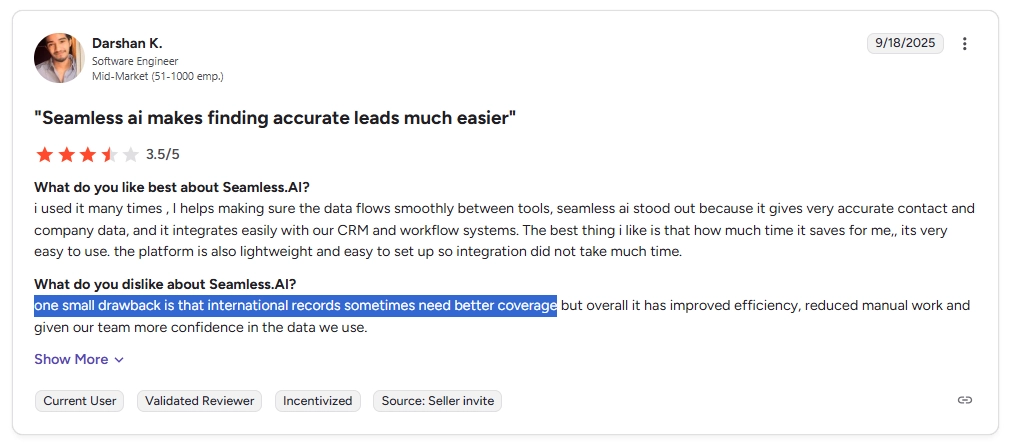
‘’One small drawback is that international records sometimes need better coverage.’’ – G2 Review.
What are the best Seamless AI alternatives on the market in 2025?
The best alternatives to Seamless AI are Warmly, with its signal-based revenue orchestration platform, Lusha and ZoomInfo.
Here’s a breakdown of the 10 AI prospecting tools that I shortlisted:
| Tool | Use Case | Pricing |
|---|---|---|
| Warmly | Uses person-level intent signals to de-anonymize visitors, enrich contacts, and automate outreach via AI agents, giving you a smarter, signal-driven list rather than just “name and email.” | Starts at $10,000/year (AI Data Agent), $16,000/year (AI Outbound Agent), $22,000/year (AI Inbound Agent). |
| Lusha | Ideal for SDRs and small sales teams needing quick, on-the-fly contact lookups and LinkedIn enrichment. | Free plan available with 40 credits. Paid plans from $22.45/month (Pro) and $52.45/month (Premium). Scale plan has custom pricing. |
| ZoomInfo | Best for large sales and marketing organizations that need account intelligence, intent insights, and deep CRM integrations. | Custom pricing based on use case and data volume, typically starting around $15,000/year. |
| Apollo.io | Combines a large B2B contact database with built-in sequencing, lead scoring, and CRM sync to move directly from list building to outreach. | Free plan available. Paid plans from $59/user/month (Basic), $99/user/month (Professional), $149/user/month (Organization). |
| Cognism | Designed for teams doing international sales that require GDPR-compliant, phone-verified data and intent insights. | Custom pricing for Platinum and Diamond plans. |
| Reply.io | Ideal for scaling outbound outreach with automated multichannel sequences across email, calls, and social. | AI SDR Starter from $500/month, Growth from $2500/month, Enterprise from $15,000/month. |
| UnifyGTM | Suited for revenue operations teams that need to unify data and orchestrate workflows across the GTM stack. | Growth plan from $700/month. Pro and Enterprise plans have custom pricing with credit-based usage. |
| Clay | Best for automating lead list building and enrichment using AI web scraping and waterfall data validation. | Free plan available. Paid plans from $149/month (Starter), $349/month (Explorer), $800/month (Pro), with custom Enterprise pricing. |
| Kaspr | Built for teams relying on LinkedIn prospecting that want rapid contact extraction and enrichment within the EU. | Free plan available. Paid plans from $65/month (Starter) and $99/month (Business or Organization). |
| RocketReach | Ideal for data-driven teams needing reliable API access, batch lookups, and contact data enrichment at scale. | Paid plans from $99/user/month (Essentials), $165/user/month (Pro), $300/user/month (Ultimate). |
#1: Warmly
Warmly offers the best Seamless AI alternative on the market in 2025 with our signal-based revenue orchestration solution that helps you de-anonymize your website visitors and then automatically reach out to them.
Our platform uses person-level intent signals to identify and prioritize your best prospects in real-time, so you can build your best lead list from intent data.
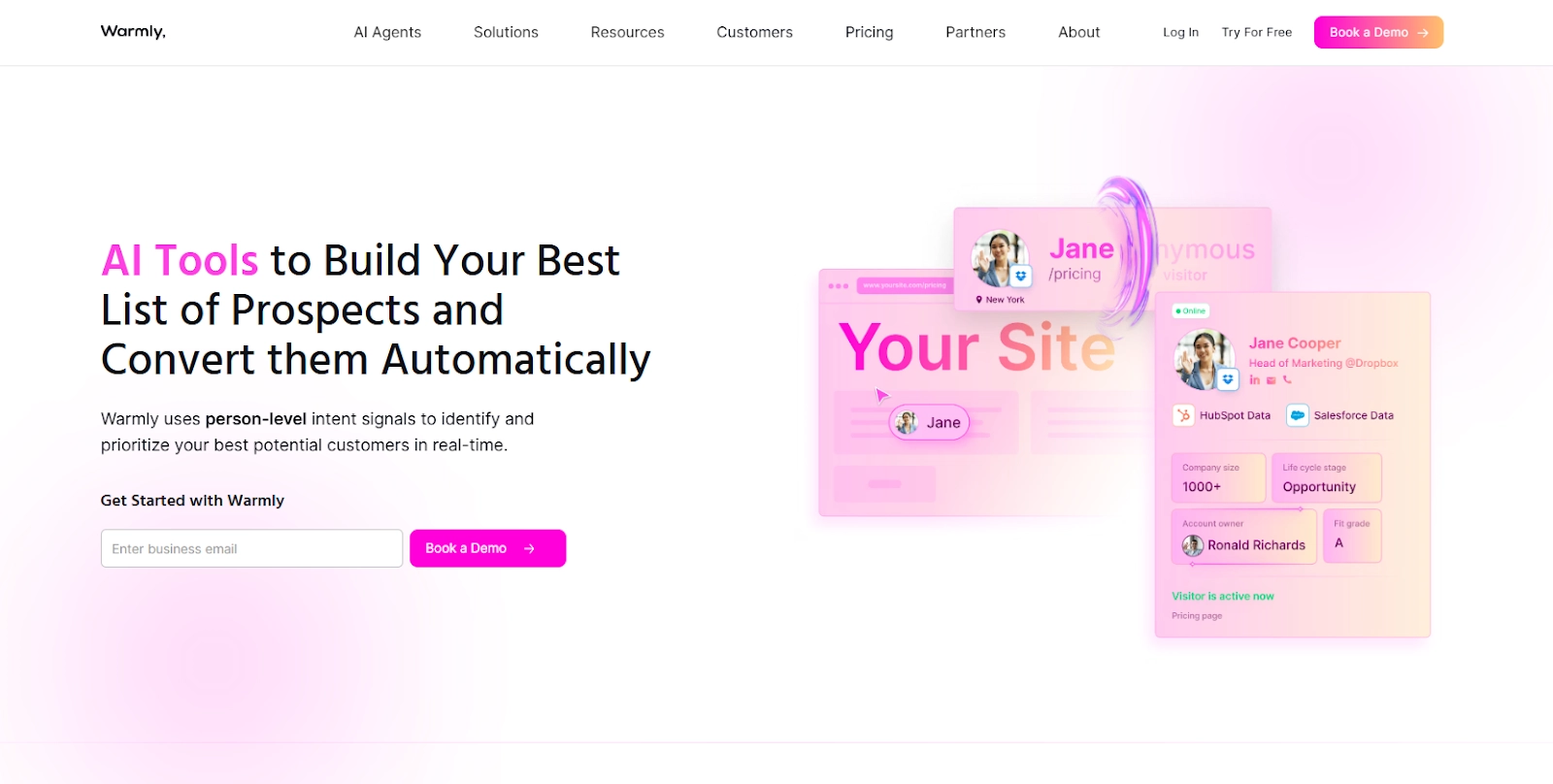
Disclosure: Even though Warmly is our sales tool, I’ll look to provide an objective perspective on why Warmly offers the best alternative to Seamless AI in 2025.
Warmly offers a signal-based revenue orchestration platform that lets you:
- Identify website visitors (~60% of companies and ~15% of contacts).
- Reveal which website visitors are most likely to convert.
- Get insights into prospects so that your SDRs can tailor their strategies accordingly.
- Automate essential sales processes on top of buying intent signals.
Let’s look at some capabilities that make Warmly so popular among sales teams looking to switch from Seamless AI:
Feature #1: Identify your website visitors at the account and contact level
Unlike Seamless AI, Warmly lets you maximize your website’s lead generation potential by identifying the companies and individuals visiting it.
All you have to do is to add a snippet of Warmly’s code to your website, and the sales intelligence software will start revealing your visitors in minutes.
In addition to company and individual-level identification, Warmly will also enrich your visitors’:
- Contact data (email address, phone number, social media profiles, etc.).
- Firmographics (company location, size, funding, etc.).
- Demographics (individual names, job positions, etc.).
- Technographics (tools and software a company uses).

But our visitor identification software doesn’t end there.
Warmly also tracks real-time 1st, 2nd, and 3rd-party intent signals to surface the visitors that matter most, so you can instantly prioritize outreach based on actual buying behavior.
That includes:
- 1st-party signals like pricing page views, repeated visits, product usage, or form fills.
- 2nd-party signals like relevant LinkedIn activity (e.g., industry-relevant discussions, posts, comments, likes, etc.).
- 3rd-party signals like competitor research or intent keywords being searched.
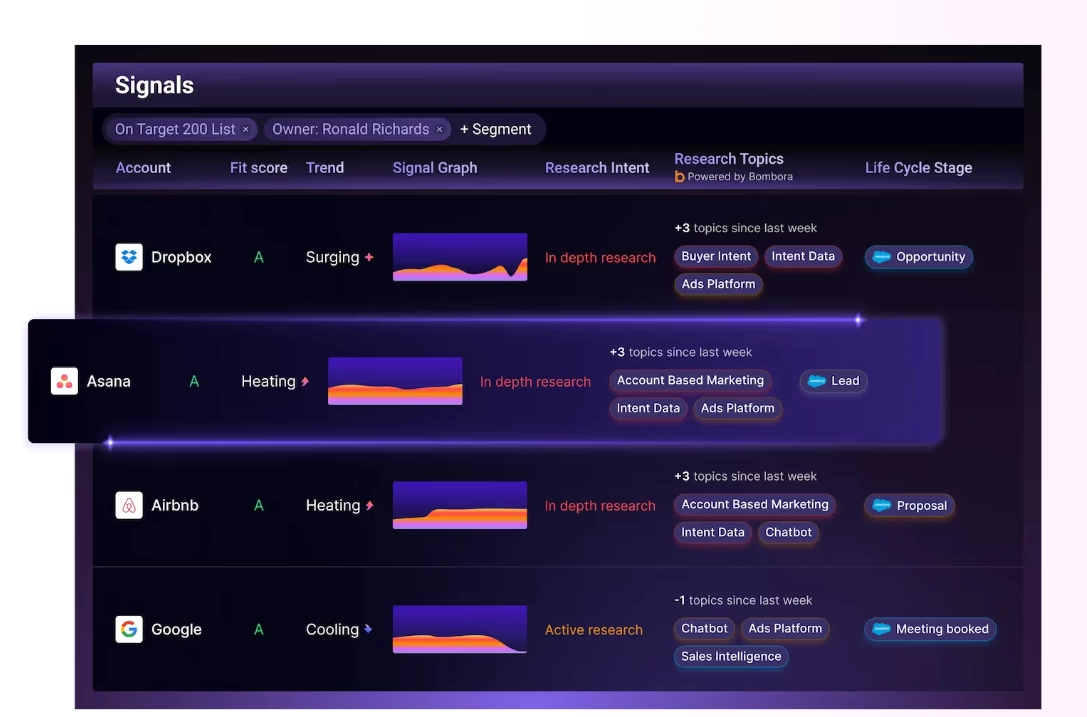
Our tool optimizes our data through a waterfall approach.
Warmly uses multiple data providers (20+), including 2 other leading website de-anonymization providers to validate the accuracy, quality & overall match rate of our signal & contact data.
This leads to:
- Higher data quantity: Multiple sources expand match rates.
- Higher data quality: Proprietary cleansing and confidence scoring validate accuracy.
💡 To maintain data quality and quantity, we continuously monitor vendor performance and validate our proprietary matching algorithms.
➡️ These systems allow us to track quality and quantity metrics in real-time to make sure that both contact-level and company-level data meet the high standards our customers expect.
Warmly’s transparent data commitment means you can test our data quality with our free tier before committing to us as a data provider.
Since we aggregate data from 25+ providers and cross-check it using our proprietary waterfall technique, the software can validate and verify data on your behalf, ensuring it’s of the highest quality.
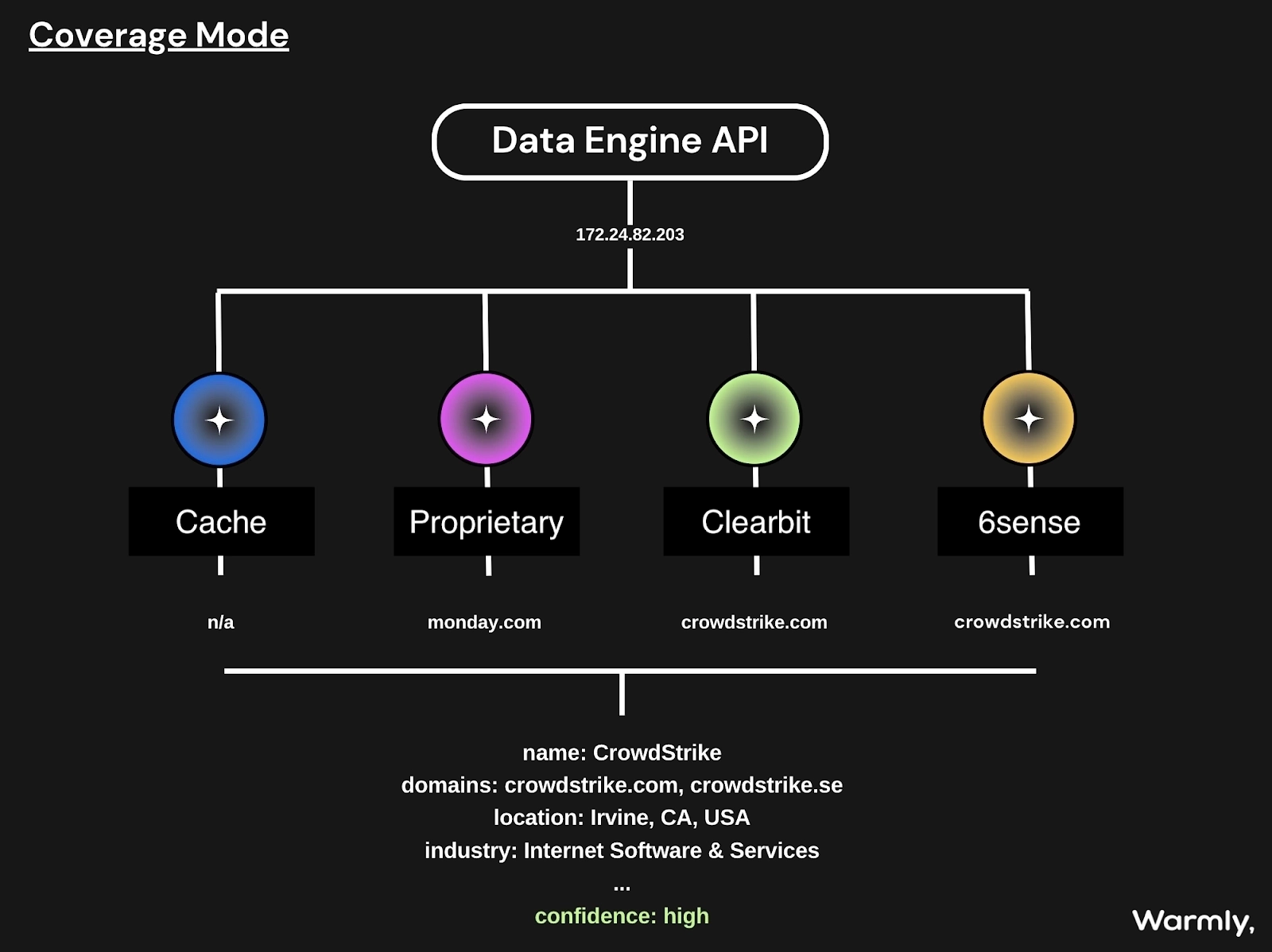
Feature #2: Find prospects that look just like your best customers
Most tools give you firmographic filters, such as industry, headcount, location, and job title, and call it a day.
However, our tool goes much deeper.
With our AI-powered ICP identification capabilities, Warmly analyzes your actual customer data to uncover what really makes a good fit.
And it’s not just surface-level attributes: it’s patterns across the company tech stack, growth signals, org structure, seniority distribution, and even past engagement behavior.
Once Warmly understands who your best customers truly are, it’ll automatically scan its database of 200M+ contacts to find lookalike prospects, that is, the people and companies that closely resemble your top performers.
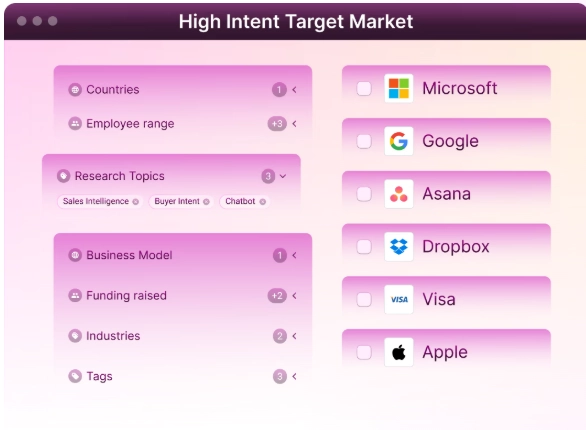
The end result is a list of not just any leads, but the right leads, so your team spends less time guessing and more time engaging the people most likely to convert.
Feature #3: Turn static lead lists into automated outreach with AI SDRs
Once you have built the lead list, Warmly doesn’t just let it sit there. It gets to work for you.
With AI Orchestrator and built-in AI SDR agents, Warmly turns every high-fit lead into a warm opportunity by triggering automated, personalized outbound across email and LinkedIn, based on real-time behavior and intent signals.
Here’s how it works:
- Prospects who match your ICP and show strong signals (like visiting the pricing page or researching competitors) are instantly added to outbound sequences.
- Messages are personalized automatically using contact data, context, and intent.
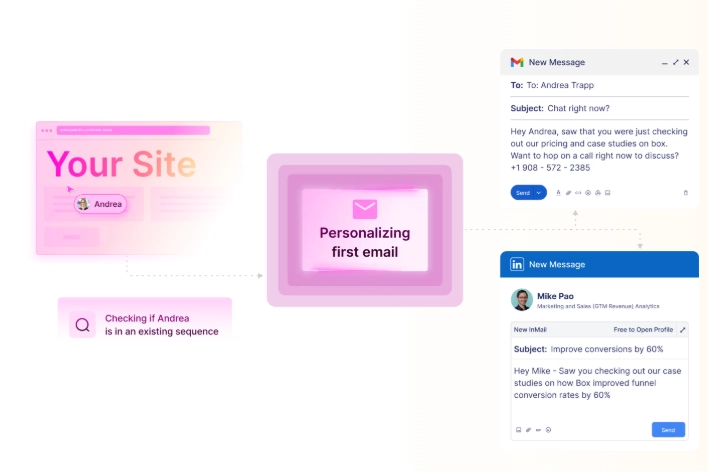
3. Warmly checks to avoid duplicate outreach and ensures contacts aren’t already being worked.
4. You can even set rules for account multithreading, so your AI SDR reaches all the key decision-makers, not just one person.
And this isn’t just task automation. It’s real prospecting, at scale, without increasing SDR headcount.
Feature #4: Build targeted lead lists from a 200M+ contact database (Coldly)
Similar to Seamless AI, Warmly offers a built-in prospecting platform, Coldly, which gives your team access to a constantly refreshed database of over 200 million contacts and accounts, so you can build high-quality prospect lists in seconds.
The database combines powerful filters with real-time enrichment to help you find exactly who you’re looking for across every channel.
You will be able to filter by:
- Job title, function, or department.
- Seniority level and decision-making role.
- Company size, revenue, industry, or location.
- Tech stack and hiring signals.
- And dozens more customizable filters.
➡️ Each prospect comes pre-enriched with verified email addresses, phone numbers, and LinkedIn profiles, so your lists are not only accurate but also immediately actionable.
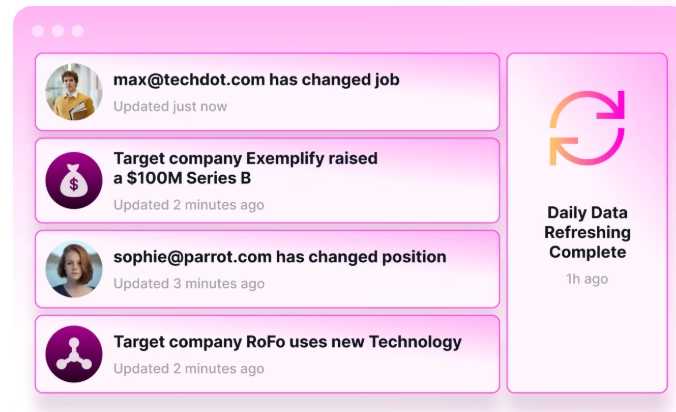
Bonus: There’s also a Chrome extension that lets your reps pull contact data directly from LinkedIn or any website, making manual prospecting a whole lot faster.
Warmly’s Integrations
Warmly integrates with a wide range of CRMs and sales platforms, including:
- HubSpot CRM.
- OpenAI.
- Slack.
- Apollo.
- Outreach.
- Demandbase.
- RB2B.
- Clearbit.
- People Data Labs.
- And more.
💡 For example, it’s possible to combine Warmly’s visitor identification software with HubSpot to alert your sales team the moment a known prospect arrives on the site.
With the HubSpot browser cookie, you can prioritize conversations with the leads who have shown the most engagement with your HubSpot campaigns.
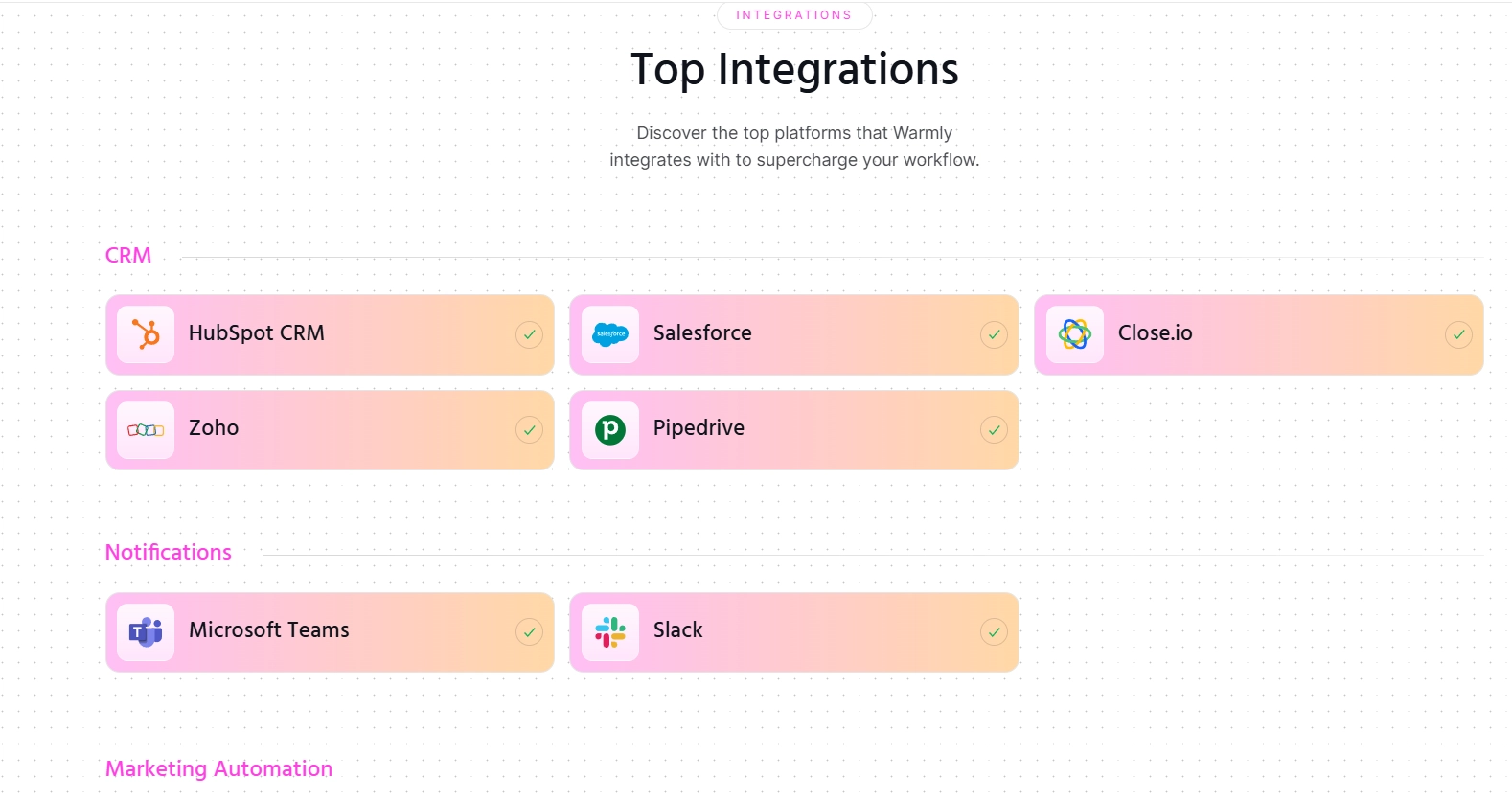
In addition to deep integrations with several lead intelligence platforms, Warmly provides a Warm Bundle: partner discounts for over 25 sales, marketing, and GTM tools.
This way, your team can access many relevant tools and combine them with Warmly at a fraction of their usual price.
Pricing
Warmly’s pricing is modular and component-based and comes with a free plan that lets you identify up to 500 website visitors per month.
You can choose the components that best match the needs of your business, as components are priced by output and not just by a monthly fee.
There are 3 paid product plans that you can choose from:
- AI Data Agent (Starts at $10,000/yr), which includes 5,000 credits, person-level web visitor de-anonymization (RB2B + Vector data), CRM integration, and access to our Coldly Contact Database.
- AI Inbound Agent (Starts at $16,000/yr), which includes all AI Data Agent features, 10,000 credits, Intent-powered pop-ups (Warm Offers), AI chatbot & live video chat, and lead routing.
- AI Outbound Agent (Starts at $22,000/yr), which includes 10,000 credits, automated signal-based outbound orchestration, email automation, LinkedIn automation, and email warmup.
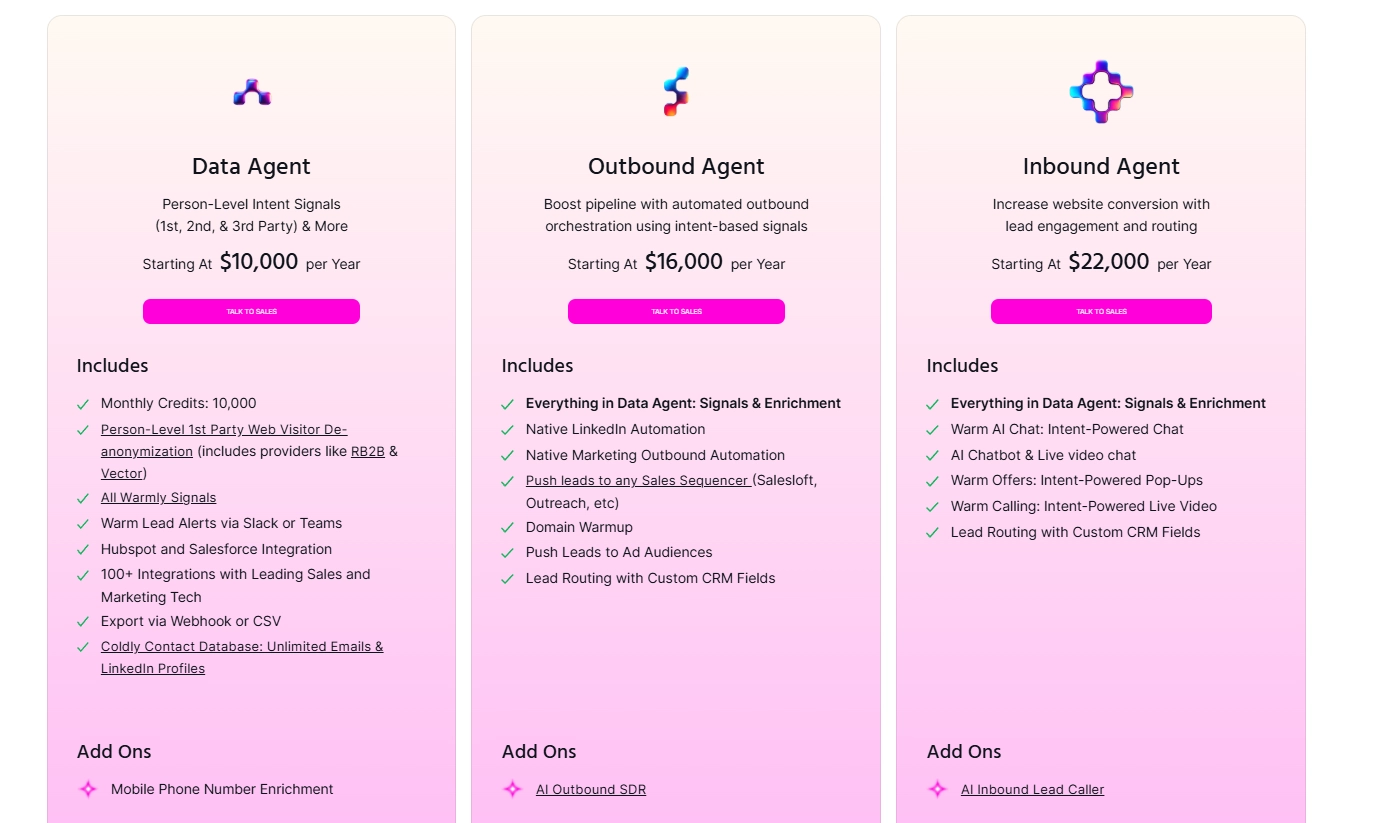
Monthly credits on Warmly are used to track and engage with potential leads.
For example, each interaction or engagement with a lead will use up one credit, such as when you engage with a lead through email or LinkedIn.
➡️ Warmly’s pricing is ideal for larger SMB and MM companies with a growing or mature GTM motion with SDR, sales, and marketing functions.
How do Warmly’s credits work?
💡 Warmly will provide you with a certain amount of credits every month, depending on your monthly web visits and the amount you want to de-anonymize.
Once someone visits your website, the tool captures their first and last name, job title and company they work at, LinkedIn profile and business or personal email. This information takes 1 credit.
For example, each interaction or engagement with a lead will use up one credit, such as when you engage with a lead through email or LinkedIn.
How is Warmly different from Seamless AI?
While Seamless AI specializes in prospect discovery and contact enrichment, Warmly takes a signal-driven approach to lead prospecting.
Instead of only giving you verified contacts with intent data, Warmly de-anonymizes who’s visiting your site, tracks real-time behavior, and triangulates second- and third-party signals to surface prospects who are actively in-market for a solution like yours.
On the other side, Seamless AI provides you with verified emails and firmographic data to scale your outbound efforts with another tool.
Warmly finds intent earlier, enriches anonymous visitors with person- and company-level data, and activates outreach via automated sequences, AI-driven SDRs, and live engagement.
Here’s a breakdown of the 2 solutions’ functionality:
| Category | Warmly | Seamless AI |
|---|---|---|
| Core Functionality | A signal-based revenue orchestration platform that de-anonymizes website visitors, ties people to accounts, and prioritizes in-market prospects for real-time engagement. | A real-time B2B lead search and data platform that provides a searchable prospector for contact discovery, and a live data engine for up-to-date contact details. |
| Data Enrichment and Intent Signals | Person-level 1st, 2nd and 3rd party intent signals captured from website behavior and external sources, enriched and tied back to CRM accounts to reveal contacts and companies visiting your site. | Verified contact and firmographic data with on-demand enrichment, database search filters for list building, and dedicated data enrichment tools to keep CRM records up to date. |
| Automation and Outreach | Built-in automation for rapid follow-up, including AI-powered SDR workflows, automated outreach via email and LinkedIn, and real-time on-site chat and video “warm calls” for engaging high-intent visitors. | Focused on delivering accurate contact data for outbound prospecting; integrates with CRM and outreach platforms but lacks built-in automation or real-time engagement tools. |
| Best for | GTM teams that want to identify, prioritize, and engage high-intent website visitors instantly through automated, personalized interactions. | Sales teams and marketers who need a reliable, continuously updated database of verified B2B contacts for outbound prospecting and list building. |
Pros & Cons
✅ Identifies companies and individuals visiting your website.
✅ Enriches each identified lead with detailed B2B intelligence and reveals intent data.
✅ Versatile sales orchestration options.
✅ Live sales engagement capabilities.
✅ Reveals who your hottest prospects are right now.
✅ Generous free plan to get started with 500 website visitors to de-anonymize.
❌ Pricing is modular.
#2: Lusha
Best for: SDRs and small sales teams needing fast, on-the-fly contact lookups.
Similar to: Apollo.
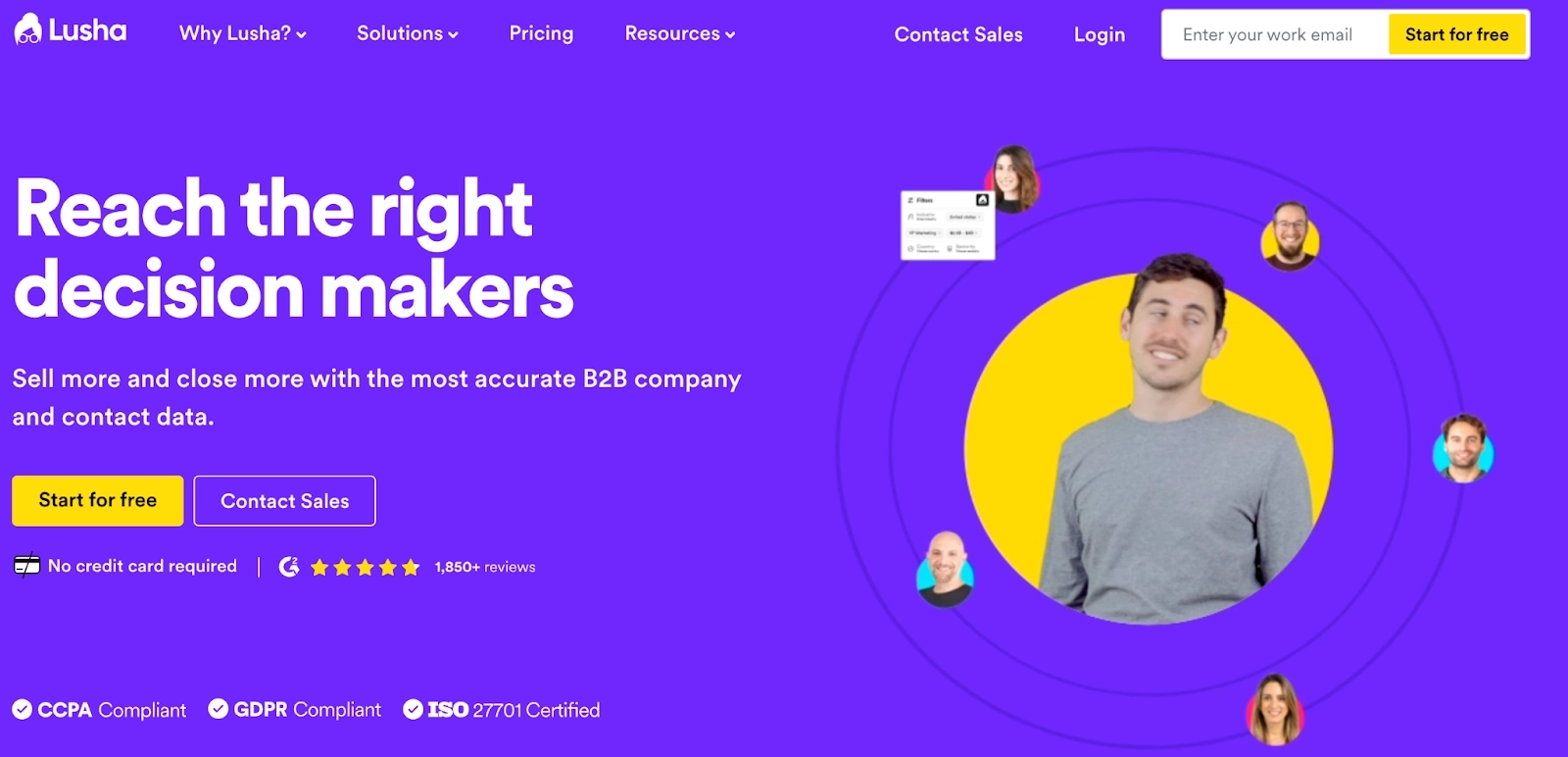
Lusha is a lightweight contact enrichment tool with a browser extension and simple lookup flows, making it a strong Seamless AI alternative for teams that want quick, no-fuss contact discovery.
The platform trades deep enterprise features for speed and ease of use, which is ideal for SDRs and smaller sales teams.
Features

- Lusha helps you select the Bombora Intent topics that are most relevant to their business, surfacing the accounts showing the most buying activity.
- Automatically enrich your database on any CRM or CDP solely by using contact email addresses or a LinkedIn URL.
- Browser-first contact enrichment and single-click email and phone lookups with easy CSV export.
Pricing
Lusha offers a free forever plan limited to one user for 40 free credits. Other than that, it has three paid plans:
- Pro: Starts from $22.45/month when billed annually, and includes 3 seats, 3,000 credits a year, CSV enrichment, bulk show, and intent, technology and 3 job change alerts.
- Premium: Starts from $52.45/month when billed annually, and includes 5 seats, 7,200 credits a year, advanced usage analytics and 5 job change alerts.
- Scale: Custom pricing for custom credits a year, which adds a free manager seat, company CSV export, an intent filter, and 25 topics of intent filters.

Pros and Cons
✅ Lusha integrates with popular CRM platforms like Salesforce and HubSpot, facilitating smooth data import and management processes.
✅ Offers bulk APIs to retrieve up to 100 contacts at once with bulk API.
✅ Your team will be able to select the Bombora Intent topics that are most relevant to your business.
❌ The intent signals functionality is a part of the Scale pricing plan, which has custom pricing.
❌ The UI and dashboard aren't beginner-friendly according to G2 reviews, which is why some sales teams have been looking for Lusha alternatives.
#3: ZoomInfo
Best for: Large sales and marketing organizations that need scale, account intelligence, and integrations.
Similar to: Bombora.

ZoomInfo is a comprehensive GTM intelligence platform that combines a vast B2B contact database with AI-powered tools like Copilot.
The platform is a viable alternative to Seamless AI, as it helps you identify high-intent prospects, personalize outreach, and automate workflows.
Features

- Copilot: ZoomInfo’s AI-driven assistant that analyzes CRM data and ZoomInfo’s extensive database to detect opportunities, personalize emails, suggest actions, and provide detailed profiles.
- Massive firmographic and technographic datasets plus intent signals and advanced account segmentation for ABM.
- Intent data: The tool tracks online behavior to identify companies showing interest in specific products or services, helping you prioritize outreach to prospects who are actively researching solutions similar to yours.
Pricing
ZoomInfo offers three plans for Sales, Talent, and Marketing teams, all of which have custom pricing and lock you into 12-month contracts.

These custom packages differ primarily in the app integrations and features they include, as each is geared toward distinct user types.
Since ZoomInfo doesn’t disclose its prices, you’ll have to contact ZoomInfo’s team for a custom quote or check our in-depth ZoomInfo pricing guide.
Pros & Cons
✅ Extensive and up-to-date B2B contact database, particularly strong in the US market.
✅ Intuitive interface, despite having a large range of use cases and features.
✅ Prioritize outreach to prospects who are actively researching solutions similar to yours.
❌ Data accuracy may vary for regions outside the U.S, which is why some brands have been looking for ZoomInfo alternatives.
❌ The tool can get really expensive for the full solution, according to G2 reviews.
#4: Apollo
Best for: SMBs and scaling sales teams that want an affordable all-in-one prospecting and engagement stack.
Similar to: Cognism.

Apollo combines a sizable prospect database with built-in outreach sequencing and CRM style workflows, making it a great Seamless AI alternative when you want prospecting and engagement in one platform.
The platform stood out to me because it balances affordability with outreach features for scaling outbound and not having to use another tool for it.
Features

- AI-powered prospecting: Apollo's AI surfaces the right personas, companies, and buying signals instantly, allowing teams to focus on strategy rather than manual research.
- A large contact database with access to 270 million contacts that you can drill down with 200+ filters and CRM integration.
- Lead scoring and prioritization: Apollo helps prioritize high-value leads, enabling teams to focus on prospects most likely to convert.
Pricing
Apollo’s pricing has a free forever plan that includes 100 email and mobile phone finder credits, basic filters and prospecting, and two sequences.
If you need more, you can upgrade to one of three paid plans:
- Basic: $59 per user per month.
- Professional: $99 per user per month.
- Organization: $149 per user per month.

Pros & Cons
✅ A B2B database with over 210 million contacts.
✅ Seamless integration with existing sales tools.
✅ Strong all-in-one workflow (search > enrich > sequence) that reduces tool friction.
❌ Occasional UI lags, particularly when managing large-scale data, which is why some people are looking for Apollo alternatives.
❌ Apollo can be complex, potentially requiring you to spend some time learning how the solution works.
#5: Cognism
Best for: Teams doing cross border sales who need GDPR aware, international B2B data.
Similar to: Lead IQ.
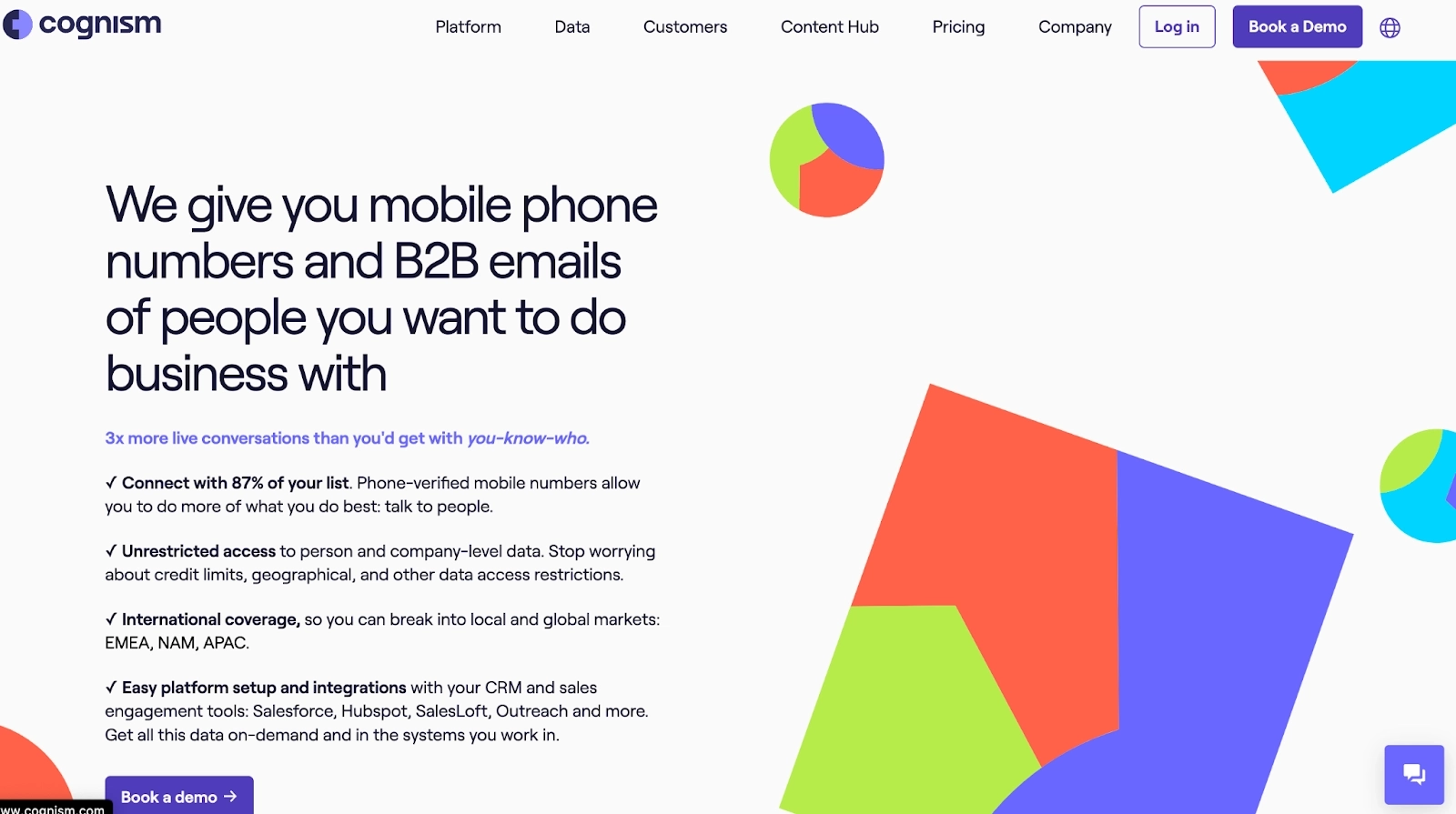
Cognism combines high-quality, GDPR-aware B2B contact data with intent signals and phone-verified dials, so sales reps can find verified decision-makers across EMEA and act when accounts show buying intent.
The platform’s native CRM integrations and real-time enrichment make it a viable Seamless AI alternative, as they reduce time-to-engagement and keep your outbound lists accurate.
Features

- Privacy first global contact enrichment with compliance tooling to support international outreach, covering the weakness of Seamless AI.
- Create custom workflows to enrich existing CRM data or new leads with updated information.
- Intent with verified direct dials merges buyer intent with phone-verified contact data, so you can prioritize live, reachable prospects.
Pricing
Cognism offers two premium plans, Platinum and Diamond, with custom pricing. Connect with their sales team to get a quote.
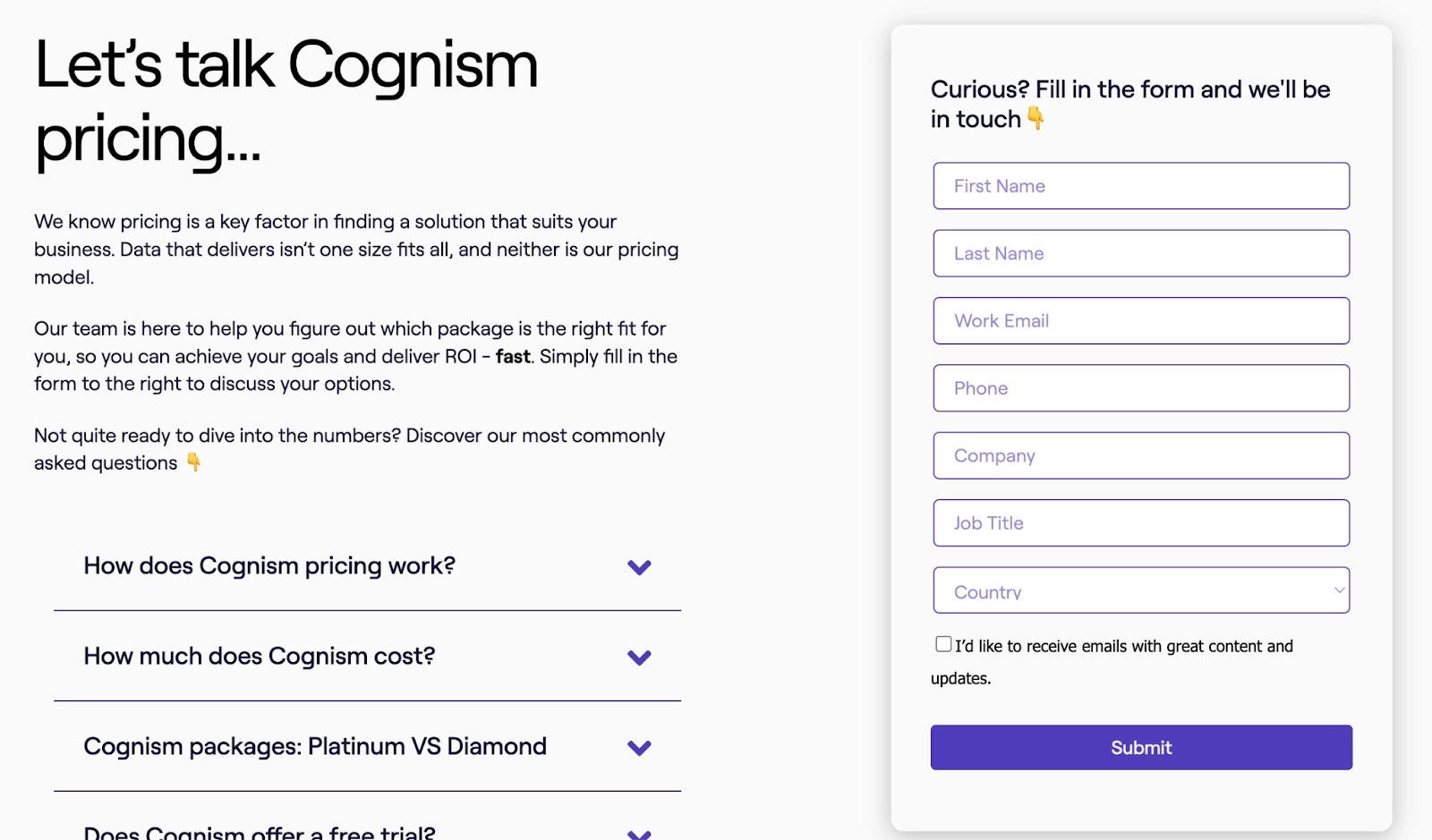
Pros & Cons
✅ Get access to global data without geographical restrictions.
✅ Cognism’s browser extension allows prospecting over any website or app.
✅ Users frequently praise the quality of Cognism's customer support.
❌ Most app integrations are possible via Zapier and not native to Cognism, which is why some teams have been looking for Cognism alternatives.
❌ Limited intent data when compared to alternatives on the market.
#6: Reply
Best for: Teams focused on scaling and optimizing outbound outreach and cadences.
Similar to: UnifyGTM.

Reply is a sales engagement platform with a contact database that automates multichannel sequences including email, calls, and social and provides analytics, making it a nice alternative to Seamless AI.
Features

- Automates outreach across email, calls, LinkedIn, SMS, and WhatsApp to engage prospects on their preferred platforms.
- The AI outbound platform can generate personalized messages and responses, enhancing engagement and conversion rates.
- Get access to its database of over 1 billion verified contacts that will fuel your lead prospecting efforts.
Pricing
Reply.io has three pricing packages when it comes to its AI SDRs:
- AI SDR Starter: Starts from $500/mo for 500 active contacts and can go up to $1500 for 3000 active contacts, includes AI personalization, multichannel automation, etc.
- AI SDR Growth: Starts from $2500/mo for 5000 contacts and goes up to $5000 for 10000 contacts, includes everything in Starter, plus custom playbooks and a dedicated Slack channel.
- AI SDR Enterprise: Starts from $15000 for 25000 contacts and can go up to $25000 for 50000 contacts, includes everything in Growth, plus custom prompt engineering.

Pros & Cons
✅ Excellent automation for sequences and measurable results.
✅ Improves personalization by leveraging AI, ensuring communications are tailored to individual prospects, boosting engagement.
✅ User-friendly UI that is easy to navigate even for beginners.
❌ Significantly more expensive than other solutions on the market.
❌ The tool offers poor customer support with limited assistance for troubleshooting problems, according to G2 reviews.
#7: UnifyGTM
Best for: Revenue operations teams that need to orchestrate data and workflows across the GTM stack.
Similar to: Warmly, ZoomInfo.

UnifyGTM is a GTM orchestration and data ops tool that centralizes GTM signals, workflows, and activation logic, making it a viable alternative to Seamless AI when your priority is aligning and operationalizing GTM data.
The solution helps revenue ops and GTM teams reduce silos and push consistent lead and account signals into downstream tools.
Features

- Get access to 10+ data sources to identify when prospects are ready to buy from you, featuring 1st and 3rd party signals.
- AI and intent aggregation that consolidates multiple intent sources and uses AI to enrich accounts and auto-generate outreach workflows.
- Multi-touch Sequences that let you reach buyers where they are by sending them personalized messages directly through UnifyGTM with managed deliverability.
Pricing
UnifyGTM has a tiered subscription pricing as well as a credit-based system for using the platform’s features to reveal companies, phone numbers, and email addresses:
- Growth: $700/month when billed annually, which gives you access to 30,000 credits, 2 Active Plays, 3 platform users, 1 email-sending user, and 5 Unify managed inboxes.
- Pro: Custom pricing, which gives you access to 100,000 credits, unlimited Plays, 5 platform users, 2 email-sending users, and a white glove onboarding experience.
- Enterprise: Custom pricing, which gives you access to 200,000 credits, 10 platform users, 5 email-sending users, and SSO.

It’s possible to purchase credits separately if you run out of credits in your existing paid plan.
UnifyGTM’s credit-based system charges you:
- 0.1 credit for each revealed company per month.
- 2 credits for each B2B email you reveal per month.
- 4 credits for each mobile phone number you reveal per month.
- 1 credit per B2B champion tracked per month.
- 5 credits per new hire per month.
➡️ Check out our comprehensive UnifyGTM pricing guide to figure out if the tool is the right option for you.
Pros & Cons
✅ Get access to intent signals from 10+ sources, covering first-party and third-party data.
✅ Reduces data silos and improves cross team alignment.
✅ AI Agents that engage with your readers in real-time.
❌ Limited visitor identification features, which is why some brands have been looking for UnifyGTM alternatives.
❌ The pricing model does not fit the budgets of smaller companies and start-ups.
#8: Clay
Best for: Teams aiming to automate lead list building, CRM enrichment, and custom scoring.
Similar to: RocketReach.
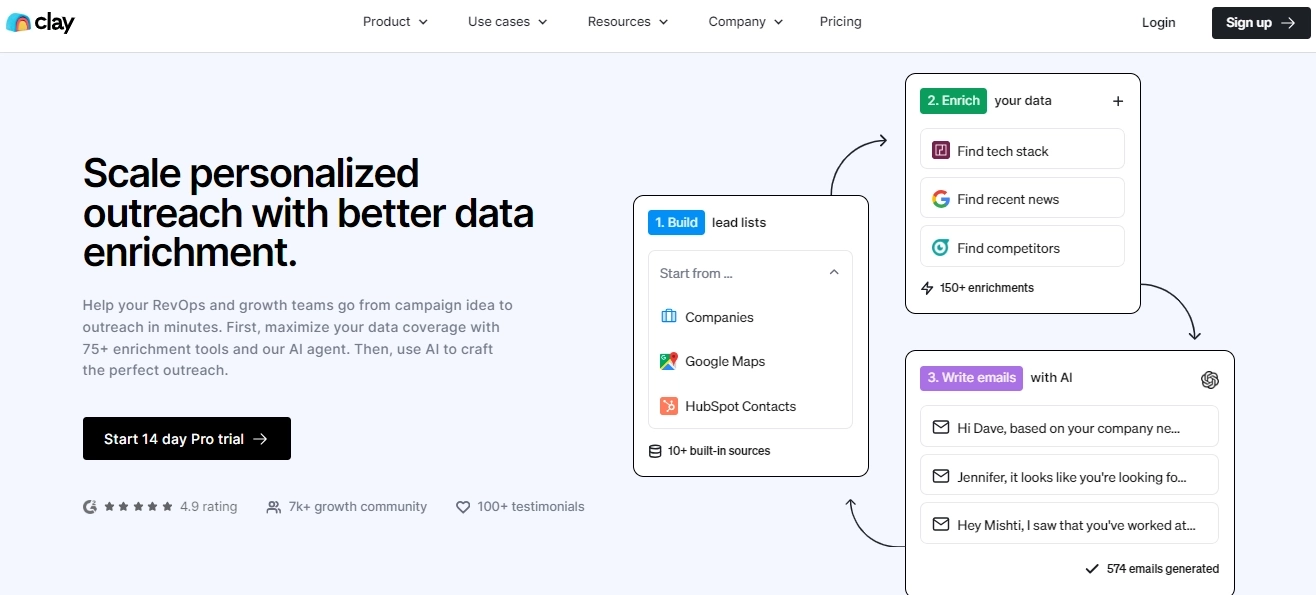
Clay is a lead enrichment platform that collects data from 75+ enrichment sources and lets you create detailed lead lists by pulling from its 10+ built-in sources.
What makes it an amazing alternative to Seamless AI is that you can build tables from detailed prompts like: “go scrape these sites and find me prospects that look like my ICP”.
Features

- Waterfall data enrichment that lets you cross-reference dozens of databases and data providers, increasing the chances of getting accurate data.
- AI web scraper Claygent runs basic prospect research for you anywhere on the web.
- Intuitive lead list builder that lets you create comprehensive lists easily.
Pricing
Similar to Seamless AI, Clay’s pricing has a free forever plan that provides 100 monthly search credits and limited access to its features.
For more advanced users, Clay has 4 pricing tiers:
- Starter: $149/mo for 2,000 credits.
- Explorer: $349/mo for 10,000 credits.
- Pro: $800/mo for 50,000 credits.
- Enterprise: Custom pricing for a custom amount of credits.

Pros and Cons
✅ Waterfall enrichment speeds up prospecting and improves the quality of your prospect and leads lists.
✅ Wide range of features and seamless integrations.
✅ Can automate essential sales operations.
❌ The platform can be difficult to master, which is why some people have been looking for Clay alternatives.
❌ The costs can easily sneak up on you.
#9: Kaspr
Best for: Teams that rely on LinkedIn prospecting and want rapid extension based contact extraction.
Similar to: Lusha.
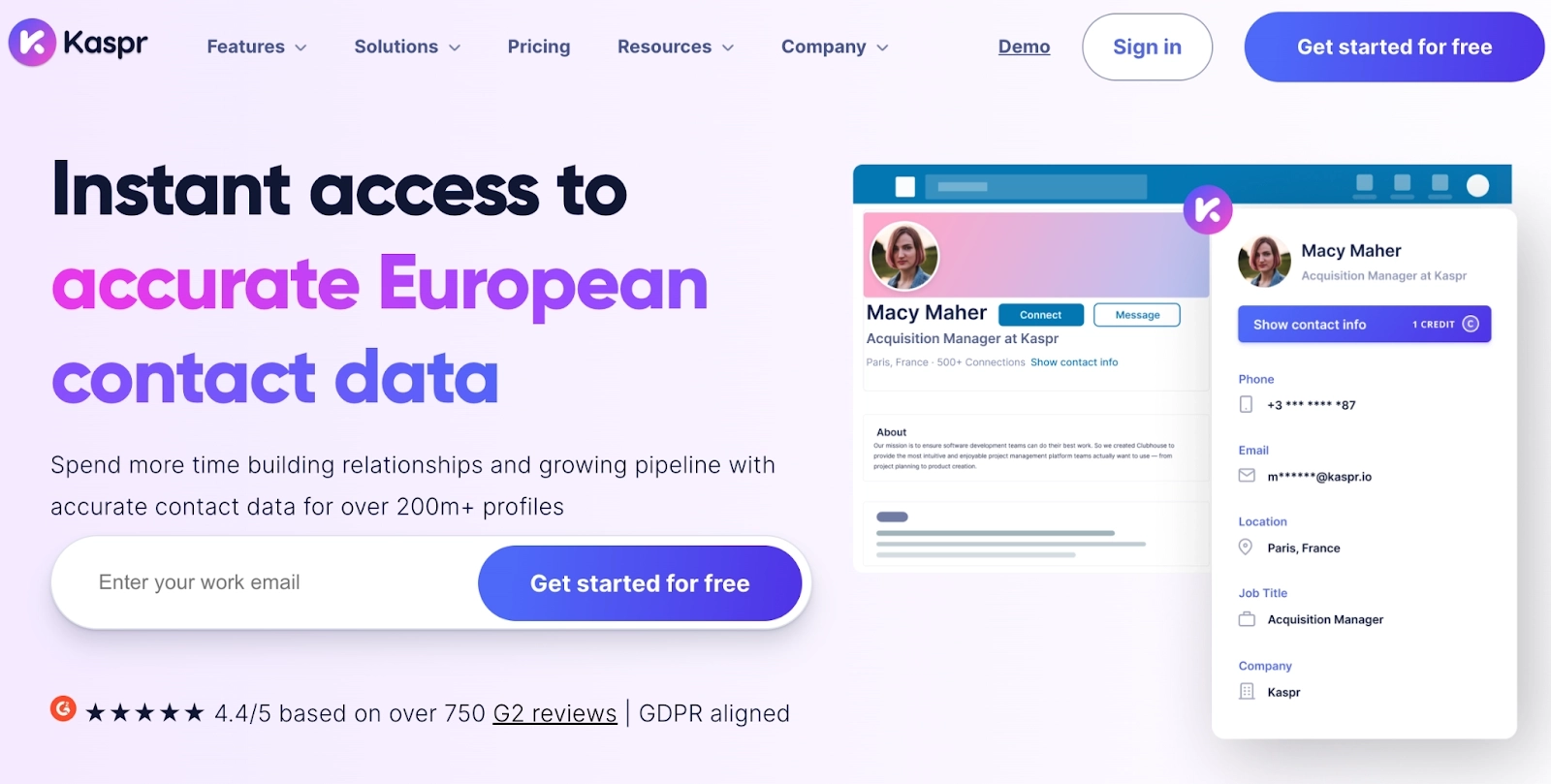
Kaspr offers a B2B prospecting software that helps you get contact info like phone numbers, email addresses, and company data while prospecting on LinkedIn.
The platform is a viable alternative to Seamless AI for teams looking to send data of EU-based prospects from the LinkedIn Chrome Extension straight to their tech stack.
Features

- Open the Kaspr Extension on any LinkedIn profile, list, group, or event to access the contact data you need.
- Enrich European buyers' data using 120+ million European B2B contacts and across 150 sources to get real-time verified information.
- Send data from the LinkedIn Chrome Extension straight to your tech stack, including HubSpot, Pipedrive, Zoho, Salesforce, and more.
Pricing
Kaspr offers a free pan. Plus, it offers tiered-based subscription plans:
- Starter plan: $65 per month.
- Business plan: $99 per month.
- Organization plan: $99 per month.
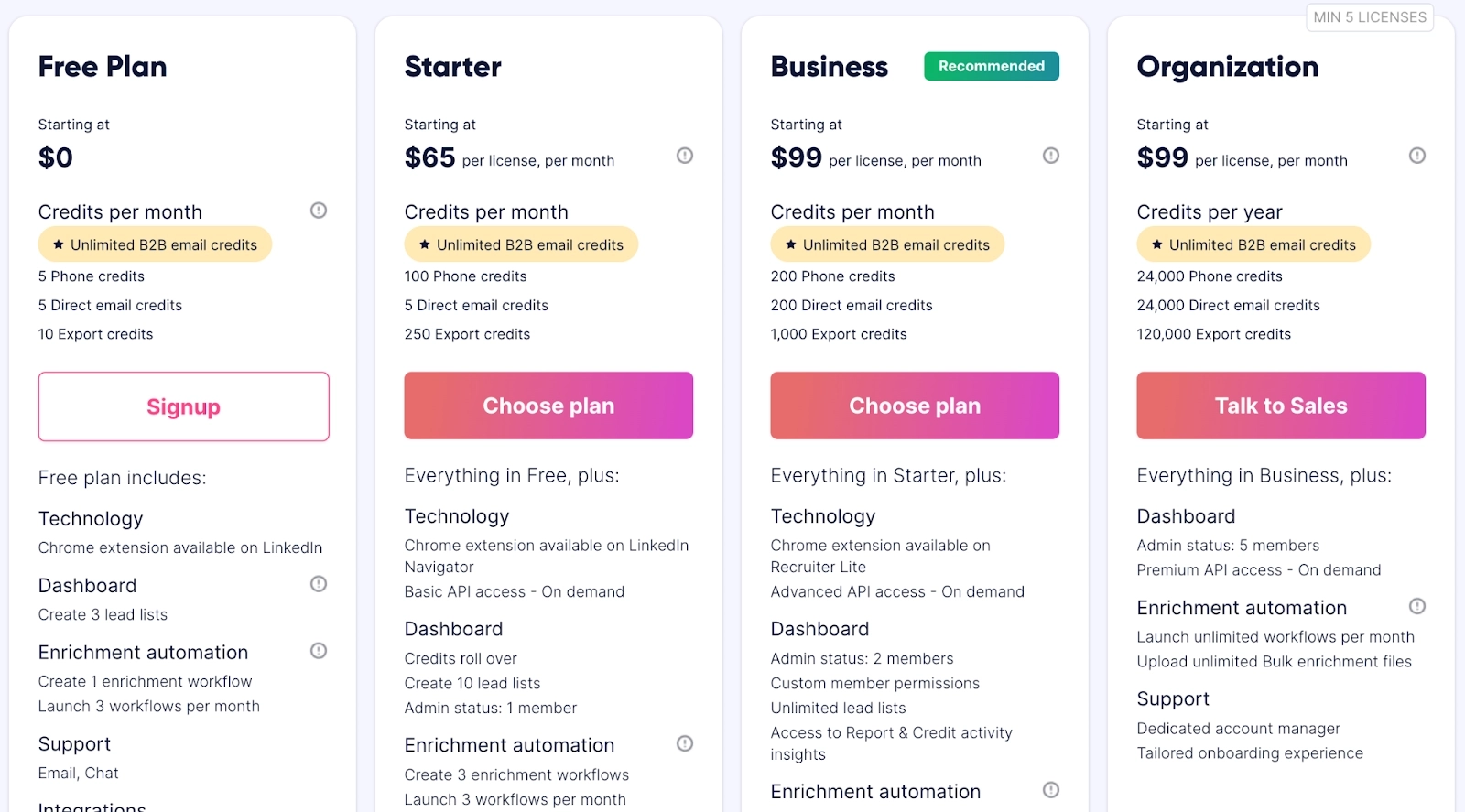
Pros and Cons
✅ Intuitive and easy-to-navigate interface.
✅ Ability to obtain contact information with a single click.
✅ Fast LinkedIn lookups and easy exports.
❌ Advanced functionalities may require additional time to understand.
❌ Some G2 reviews are reporting accuracy issues, similar to Seamless AI.
#10: RocketReach
Best for: Data-driven teams needing reliable API access and batch lookups.
Similar to: Kaspr.

RocketReach is an email and phone lookup solution with a strong API and batch export capabilities, making it a solid Seamless AI alternative for teams wanting programmatic access to contact data.
The platform is focused on straightforward, usable contact discovery and integration.
Features

- Has an extensive catalog of 700+ million profiles, 60+ million companies, and millions of emails and phone numbers across industries verified in real-time.
- RocketReach uses intent data to provide insights on intent topics and accounts' digital behavior, such as website visits, keywords, and content engagement.
- You can use the Autopilot feature to create automated workflows for discovering and engaging prospects with just a few clicks.
Pricing
RocketReach offers three paid plans to choose from:
- Essentials plan: $99 per user per month.
- Pro plan: $165 per user per month.
- Ultimate plan: $300 per user per month.

Pros and Cons
✅ Dedicated Chrome extension to access information without switching screens.
✅ You can create automated workflows for discovering and engaging prospects
✅ Integrates effortlessly with CRMs like Salesforce and HubSpot.
❌ Can be expensive for small businesses, which is why start-ups have been looking for RocketReach alternatives.
❌ Coverage gaps in some international SMB segments and occasional outdated contacts, according to G2 reviews.
Reach out to in-market prospects with Warmly’s signal-based intent and automation capabilities
That’s it from our comprehensive list of the 10 best Seamless AI alternatives for teams looking to build lead lists, score them, and engage them.
Platforms like Warmly go beyond lead list building and prioritization: they act as signal orchestration hubs that unify intent signals, CRM data, and automated workflows under one logic layer.
Our tool warms up your Total Addressable Market (TAM) & segments your leads into cold, warm & hot using an Intent Signal Data Agent.
Warmly then uses our Outbound & Inbound Agents to engage your hottest leads omni-channel (on chat, email, LinkedIn, call) so you can book meetings while you sleep.
If your organization is serious about capturing demand the moment it surfaces, Warmly is one of the most intent-driven platforms available today.
Here’s what else you’ll get by signing up for Warmly:
- The ability to identify potential buyers by tracking their interactions with your website and getting insights into their interest level.
- A wide range of accurate prospect contact details, directly from the Coldly database, helping you reach the right people.
- Simplify your meeting process with automatic meeting scheduling that removes the back-and-forth, ensuring a frictionless booking experience.
- Automatically send leads to the right salesperson and notify them via Slack if a high-intent lead is active on your website.
- A Bombora integration that helps you proactively reach out to your warm leads and track who’s researching terms relevant to your product and brand, and get in front of them before your competitors do.
- Automate the search for high-potential prospects using AI technology, ensuring your sales team focuses on the right opportunities.
Book a live demo to see it in action.
Read More
- 10 Best RevOps Tools & Software [October 2025] – Find out about the best RevOps tools on the market in 2025.
- 10 Best Social Selling Tools and Software in 2025 – Find out about the best social selling tools on the market to help you spark conversations that lead to a warm pipeline.
- 10 Best Enterprise Sales Tools & Software [October 2025]: The 10 best tools for sales teams looking to streamline complex deal cycles, improve team collaboration, and win more deals.
- 10 Real-Life Examples of Sales Chatbots In Action: I've cherry-picked 10 case studies of sales chatbots to show you their effectiveness in 2025.

%201.avif)

![10 Best UpLead Alternatives & Competitors [Oct 2025]](https://cdn.prod.website-files.com/6506fc5785bd592c468835e0/68e8b7eb328590032f8fc0a4_uplead.webp)

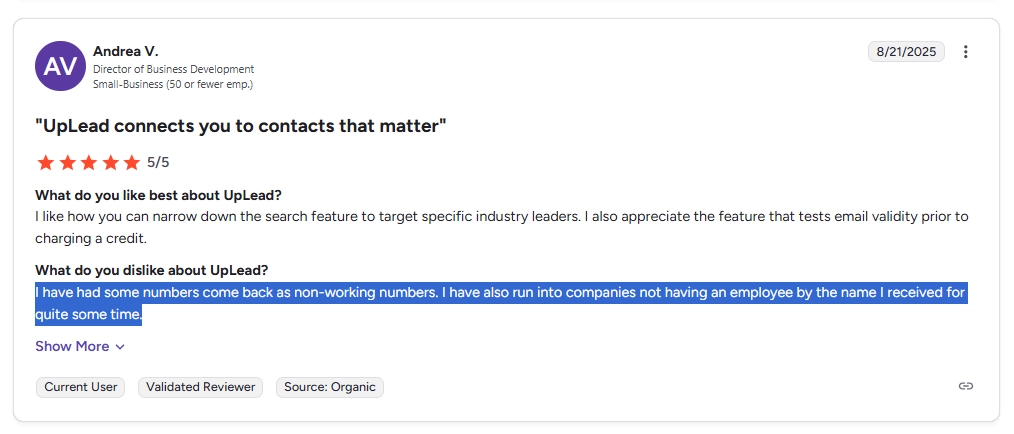




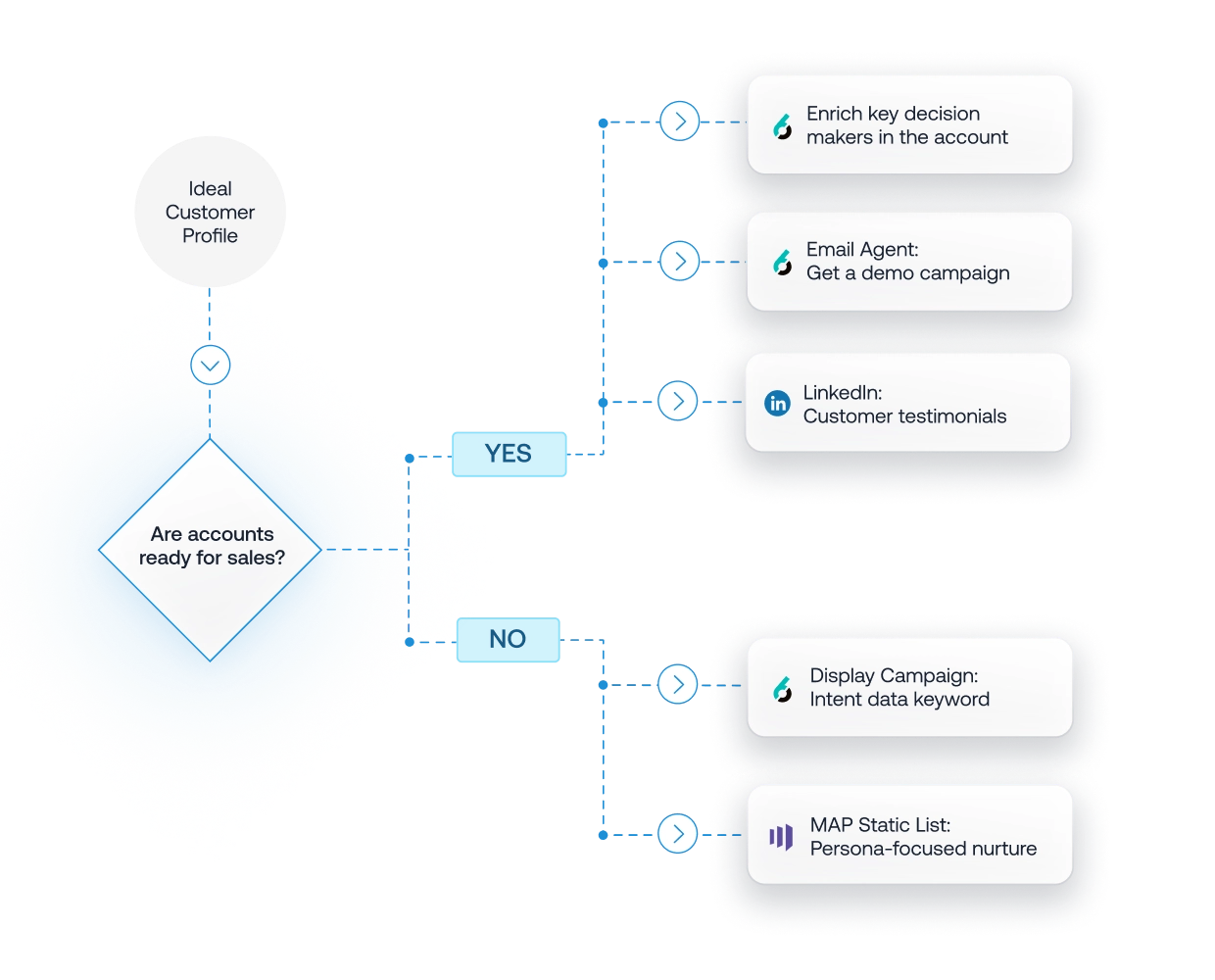













![10 Best MadKudu Alternatives & Competitors [Oct 2025]](https://cdn.prod.website-files.com/6506fc5785bd592c468835e0/68e8b3e320672f691fdcd69d_madkudu_alternatives.webp)











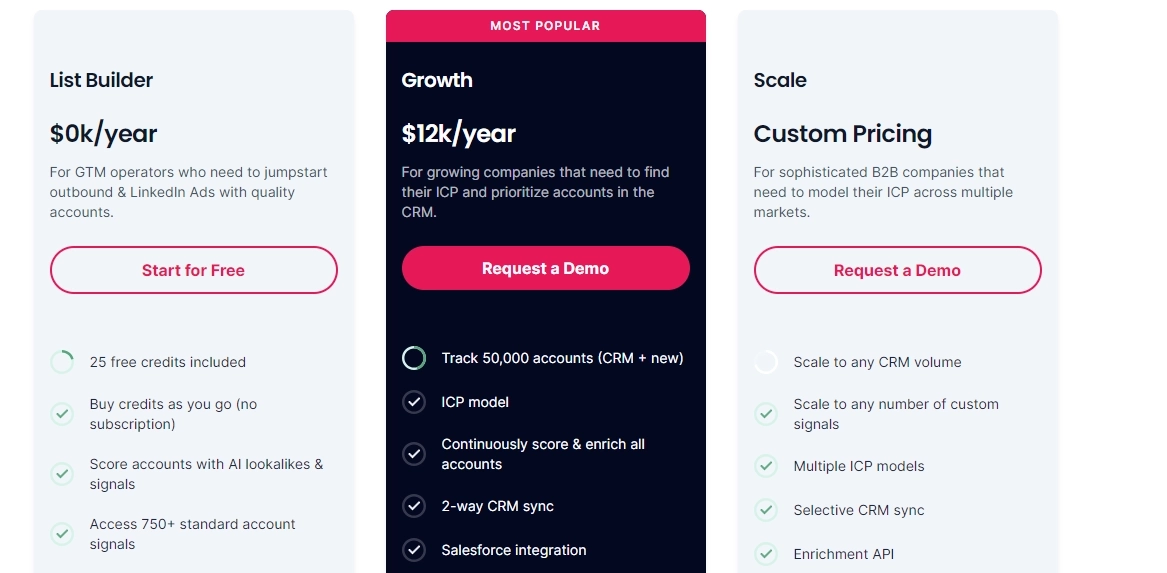
![10 Best Persana AI Alternatives & Competitors [Oct 2025]](https://cdn.prod.website-files.com/6506fc5785bd592c468835e0/68e8b0ec09780363abdca156_persana_alternatives.webp)
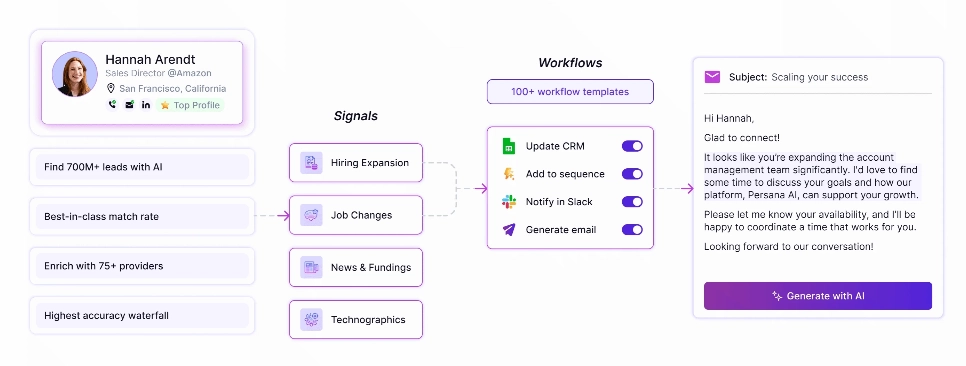






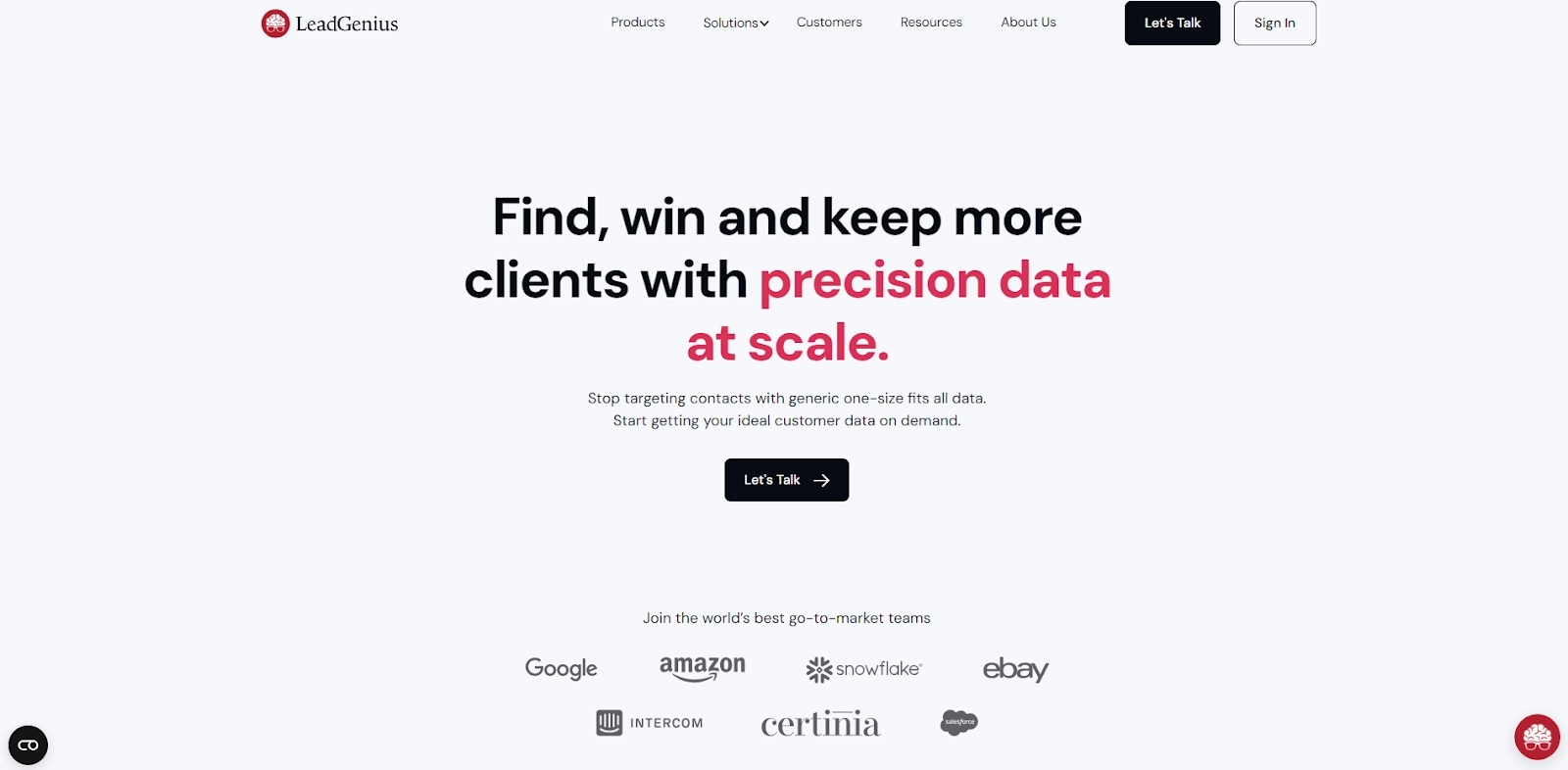











![10 Best LeadMagic Alternatives for List Building [October 2025]](https://cdn.prod.website-files.com/6506fc5785bd592c468835e0/68df81687604afb357ed7cc2_leadmagic_alternatives.webp)

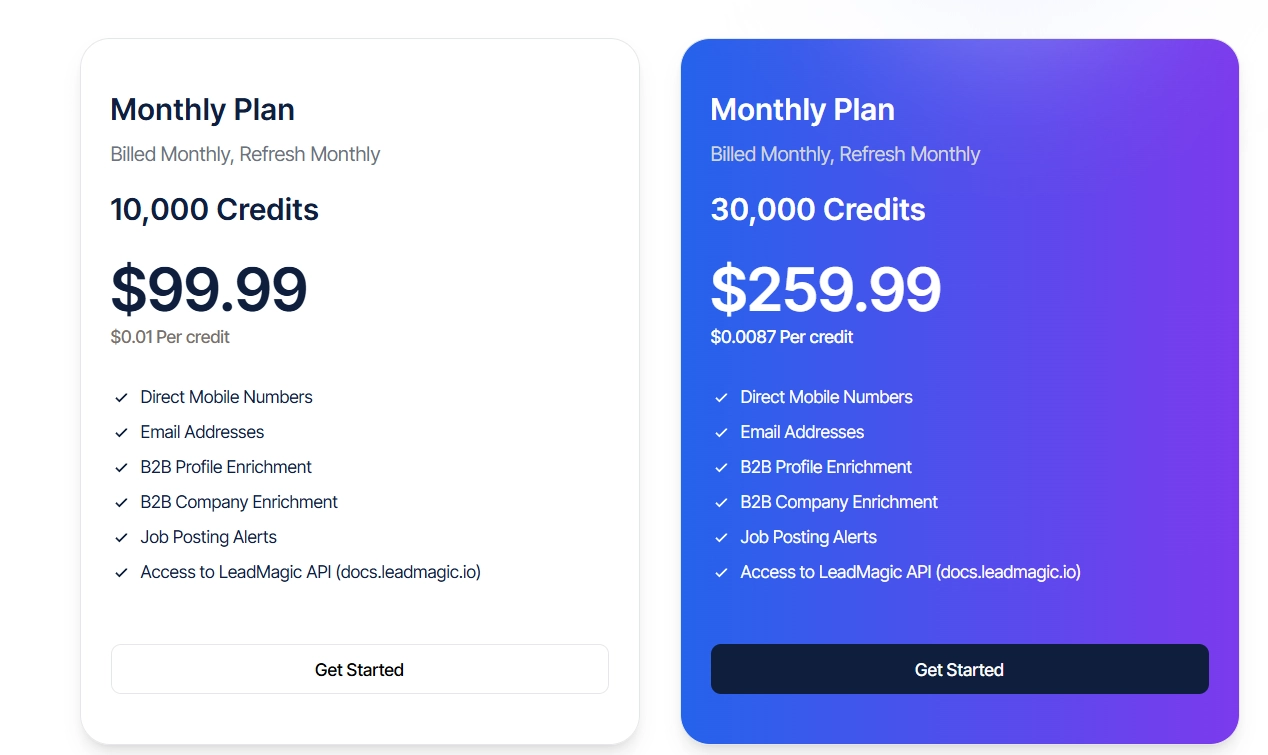


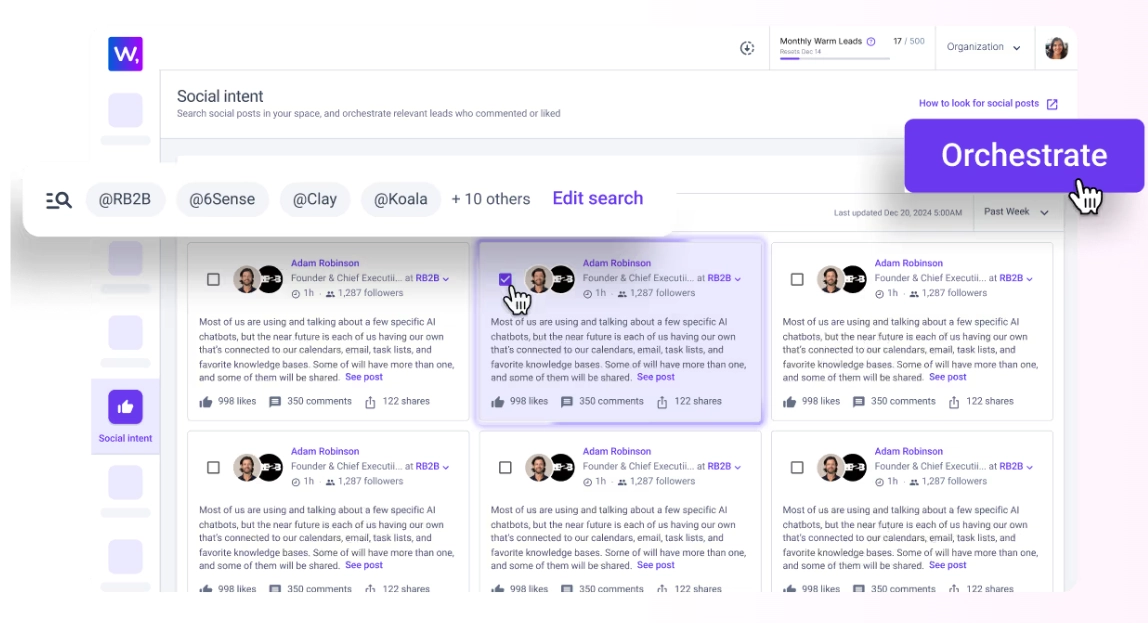


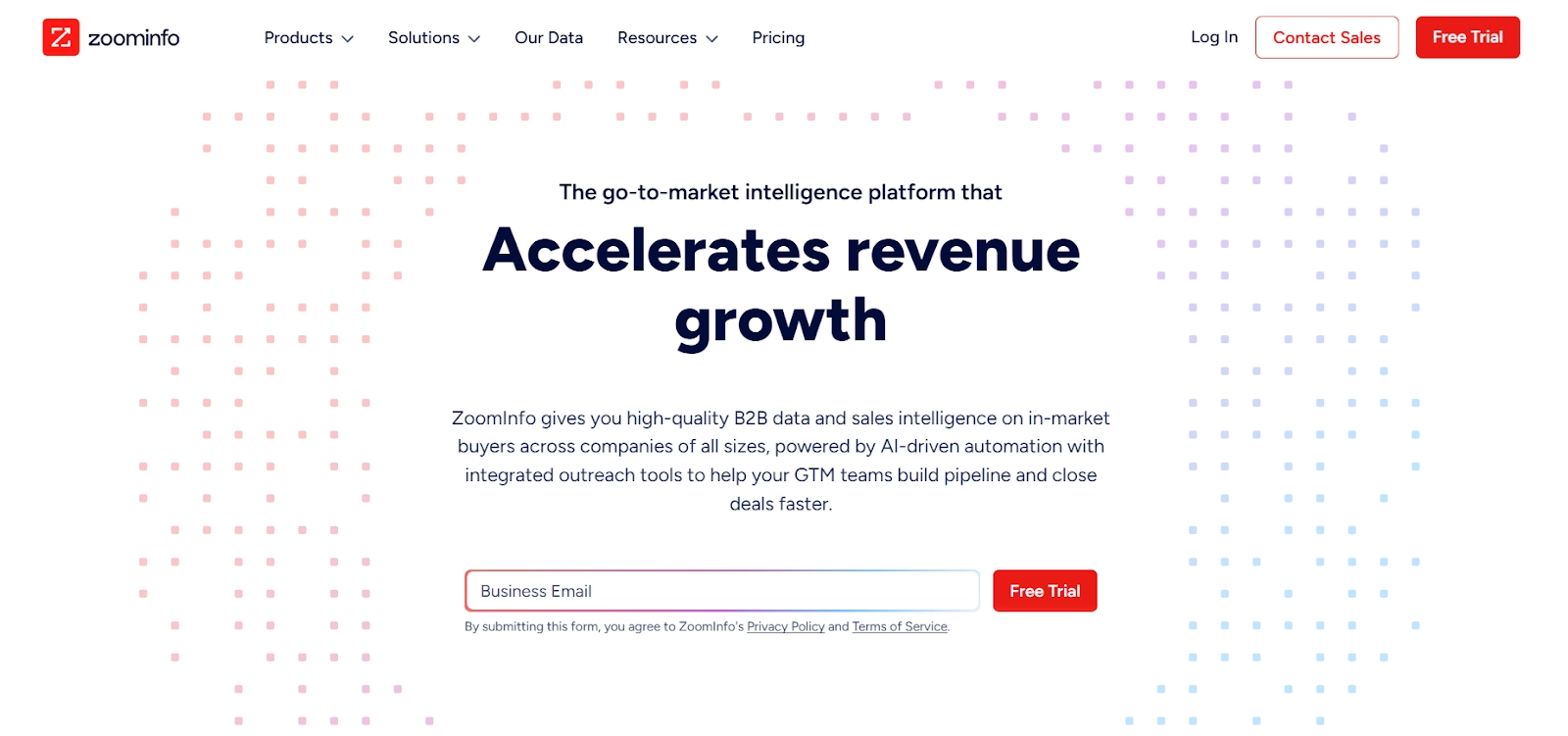



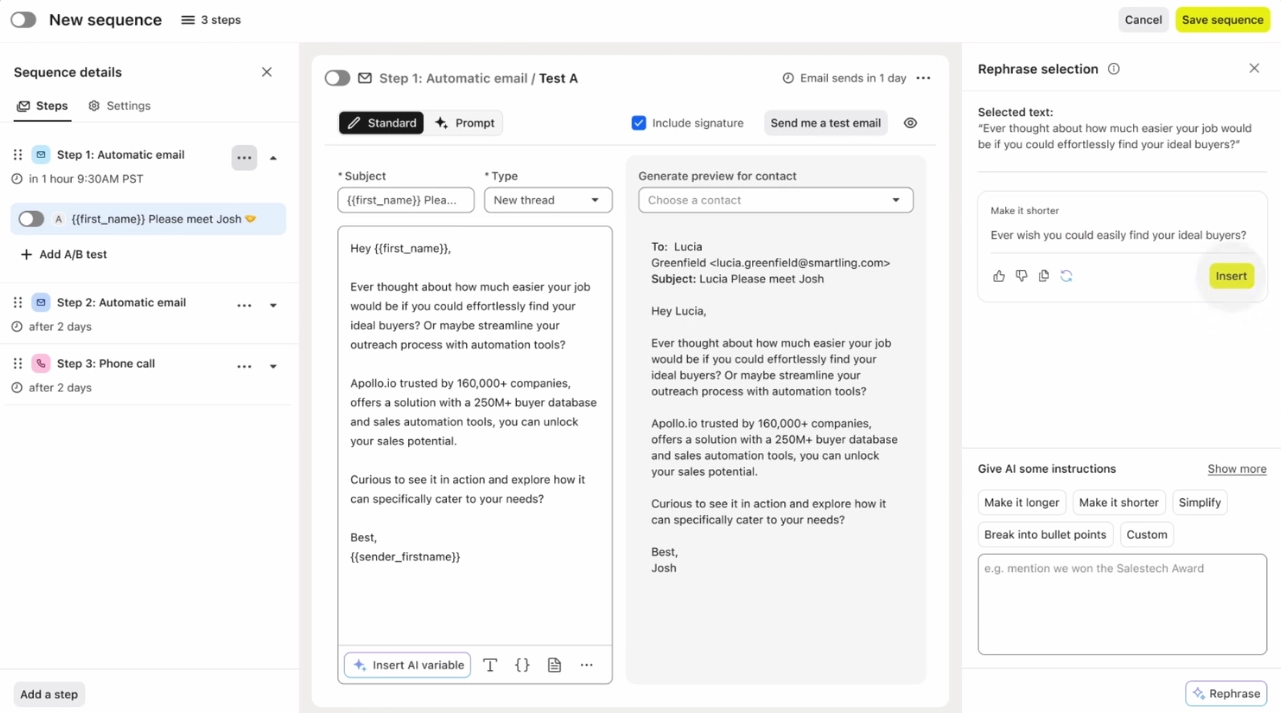
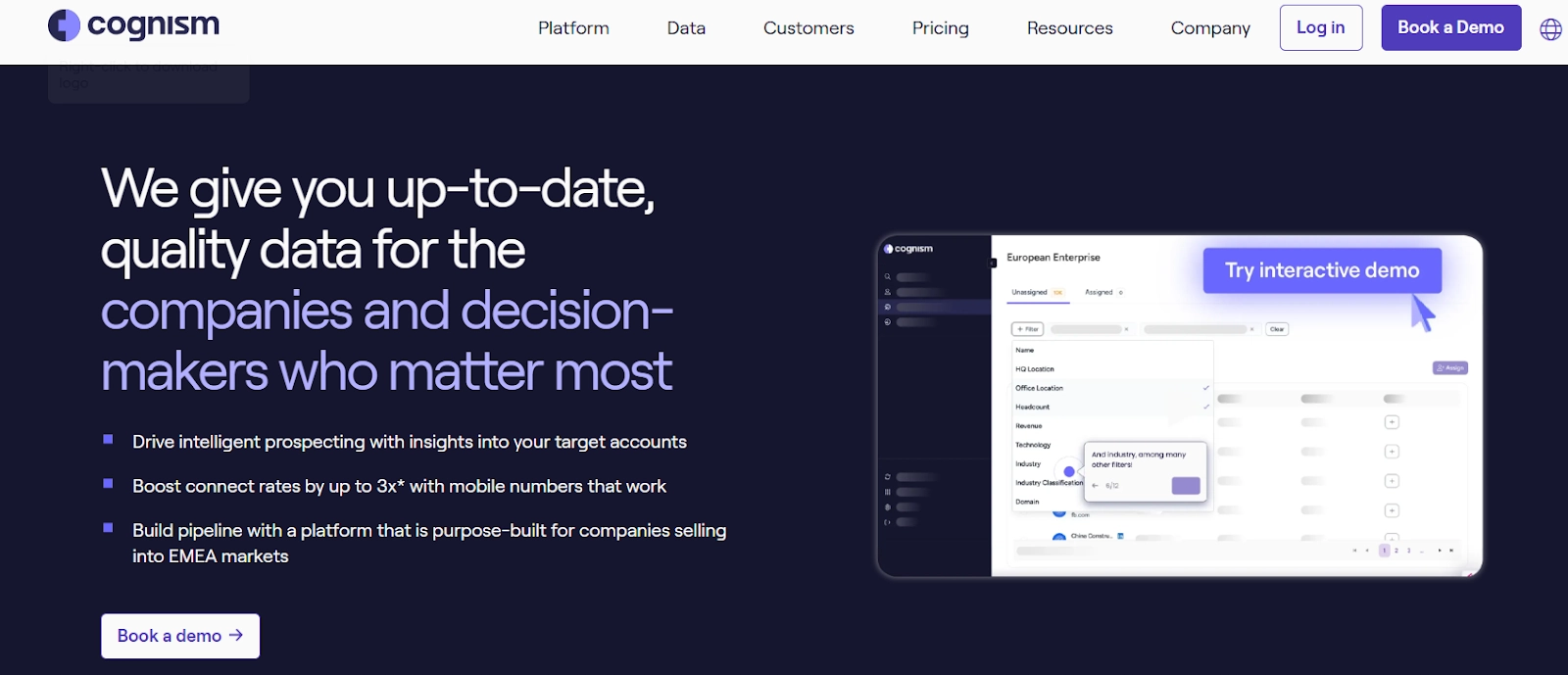
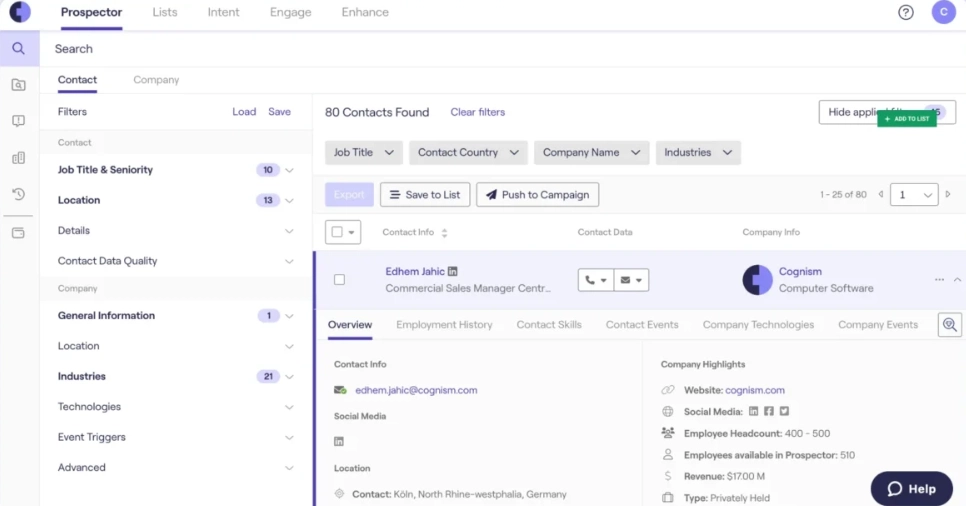


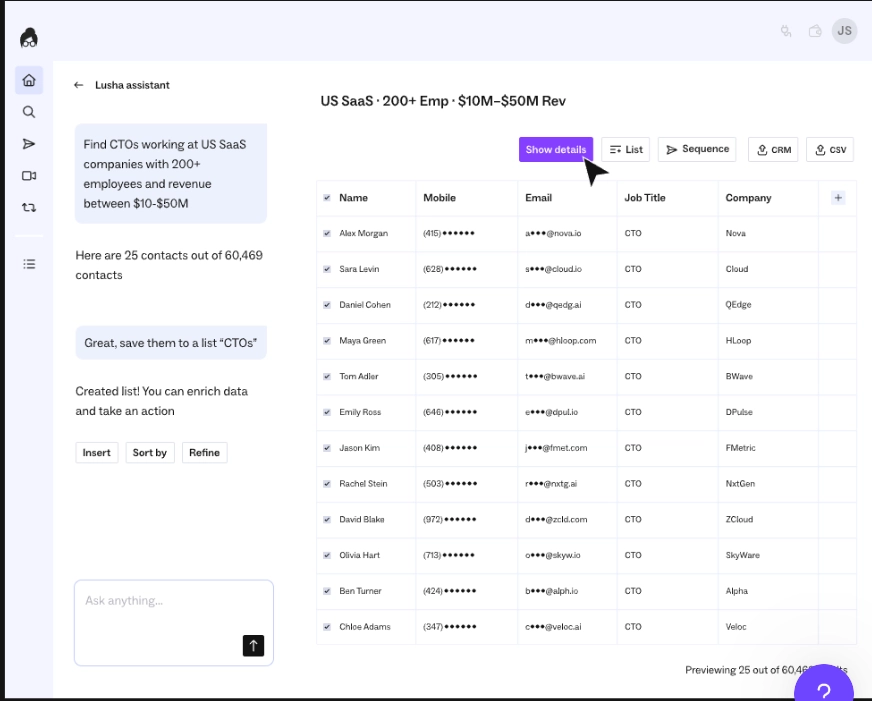
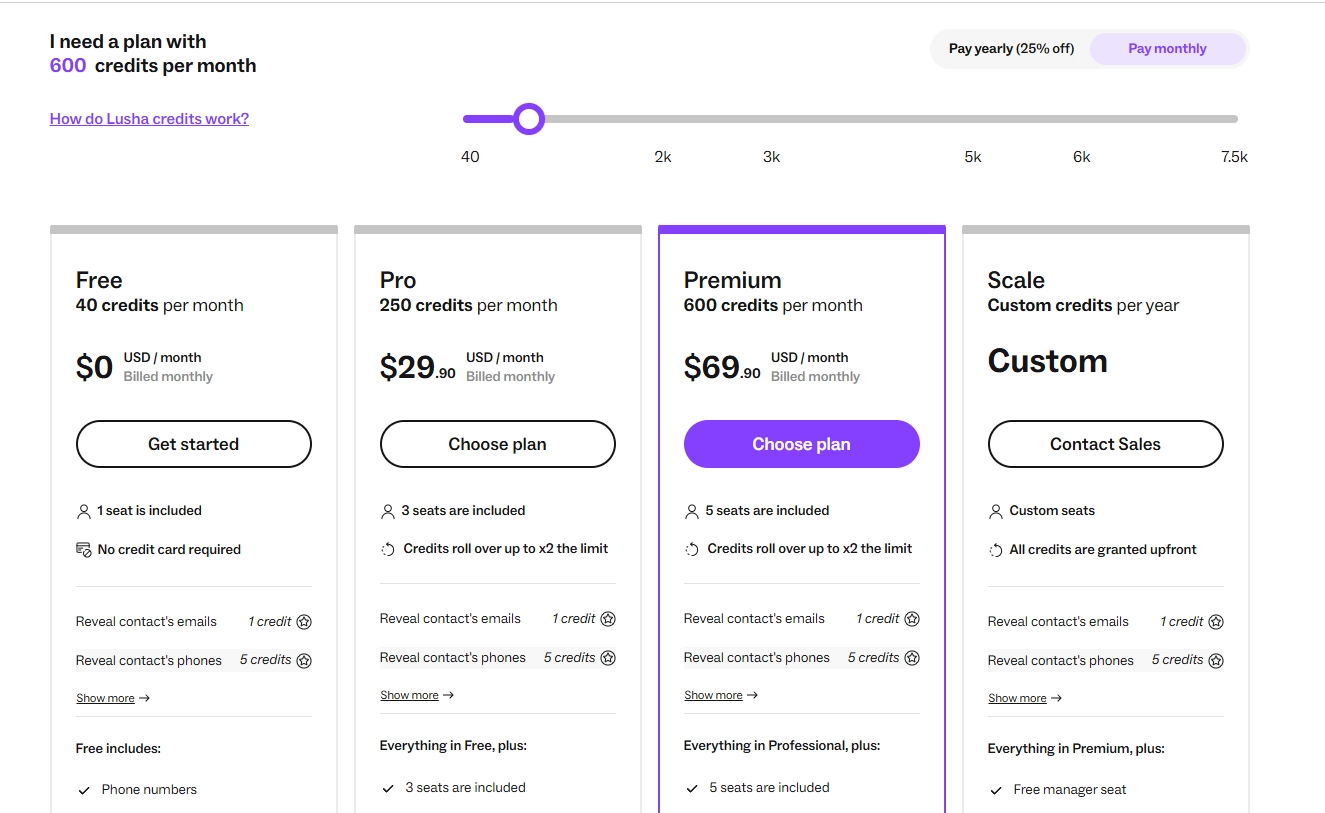
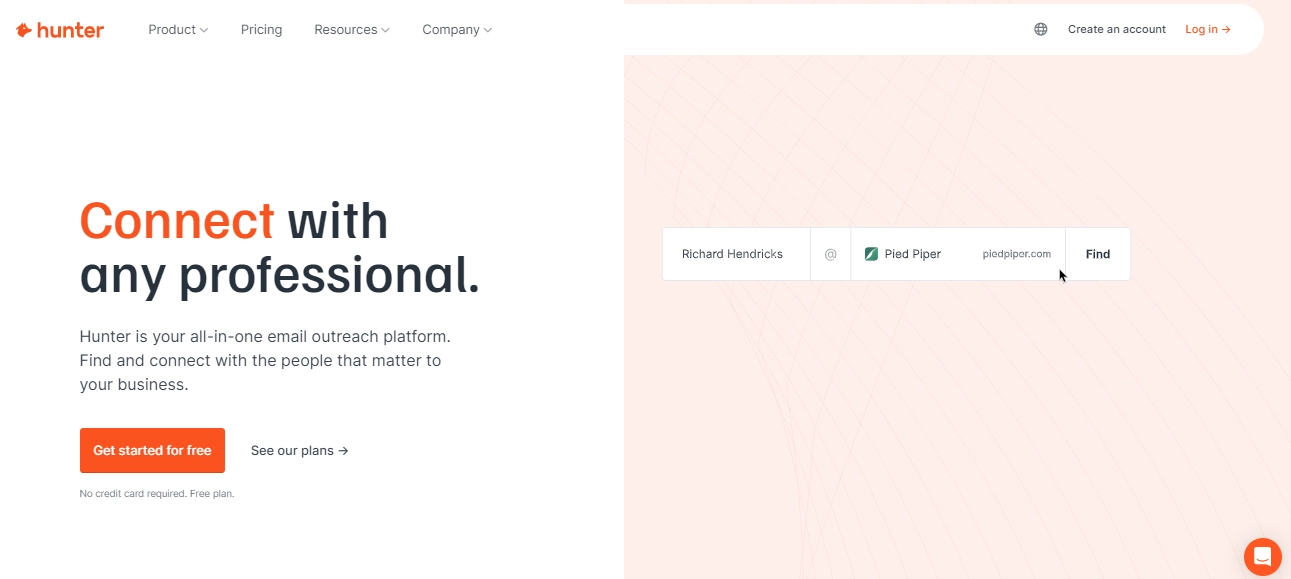
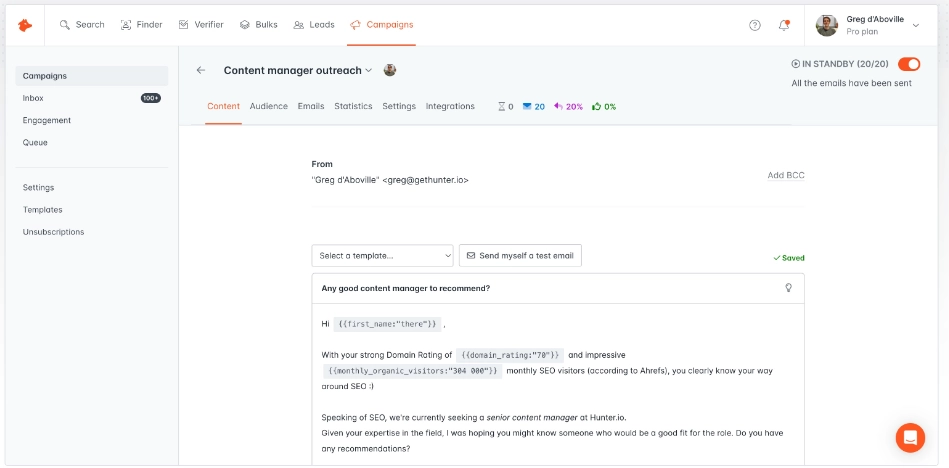
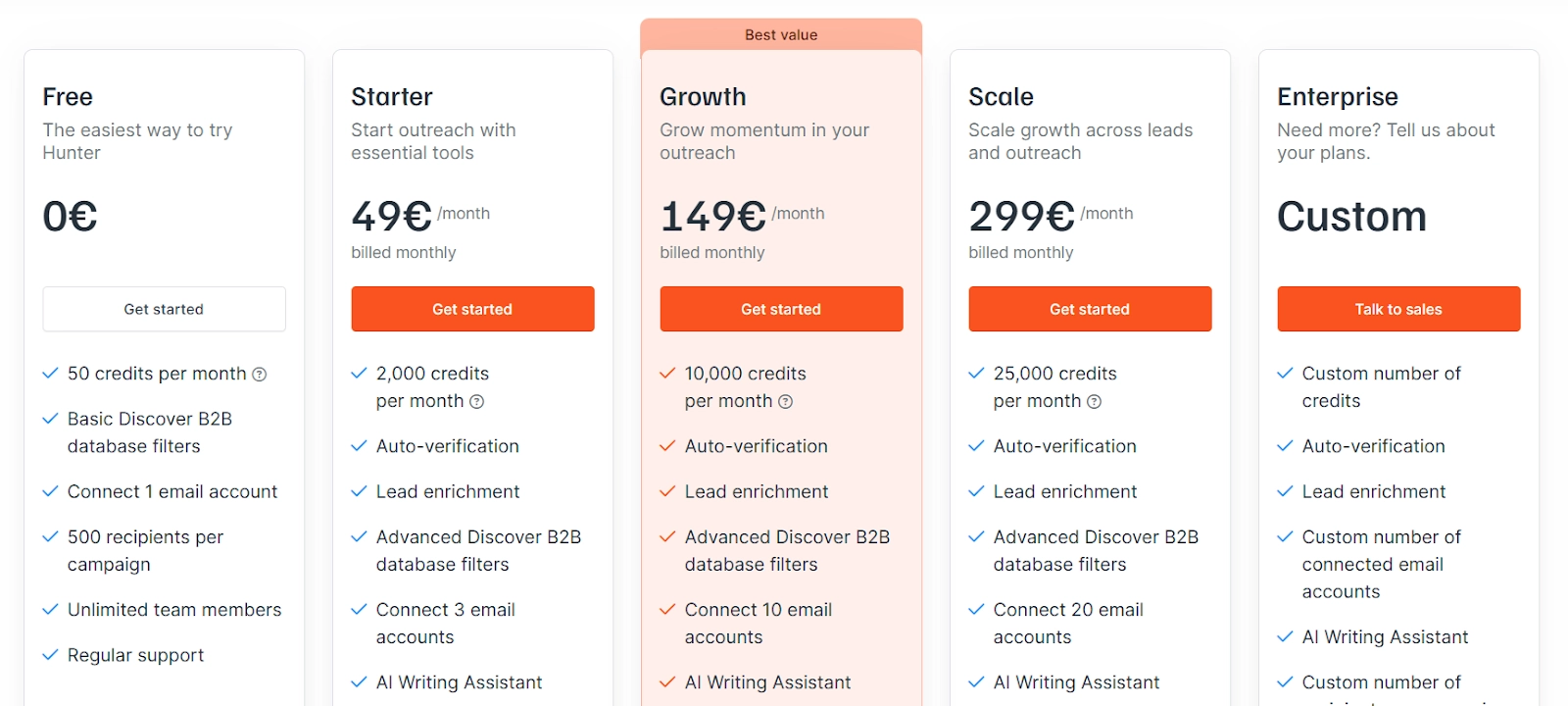
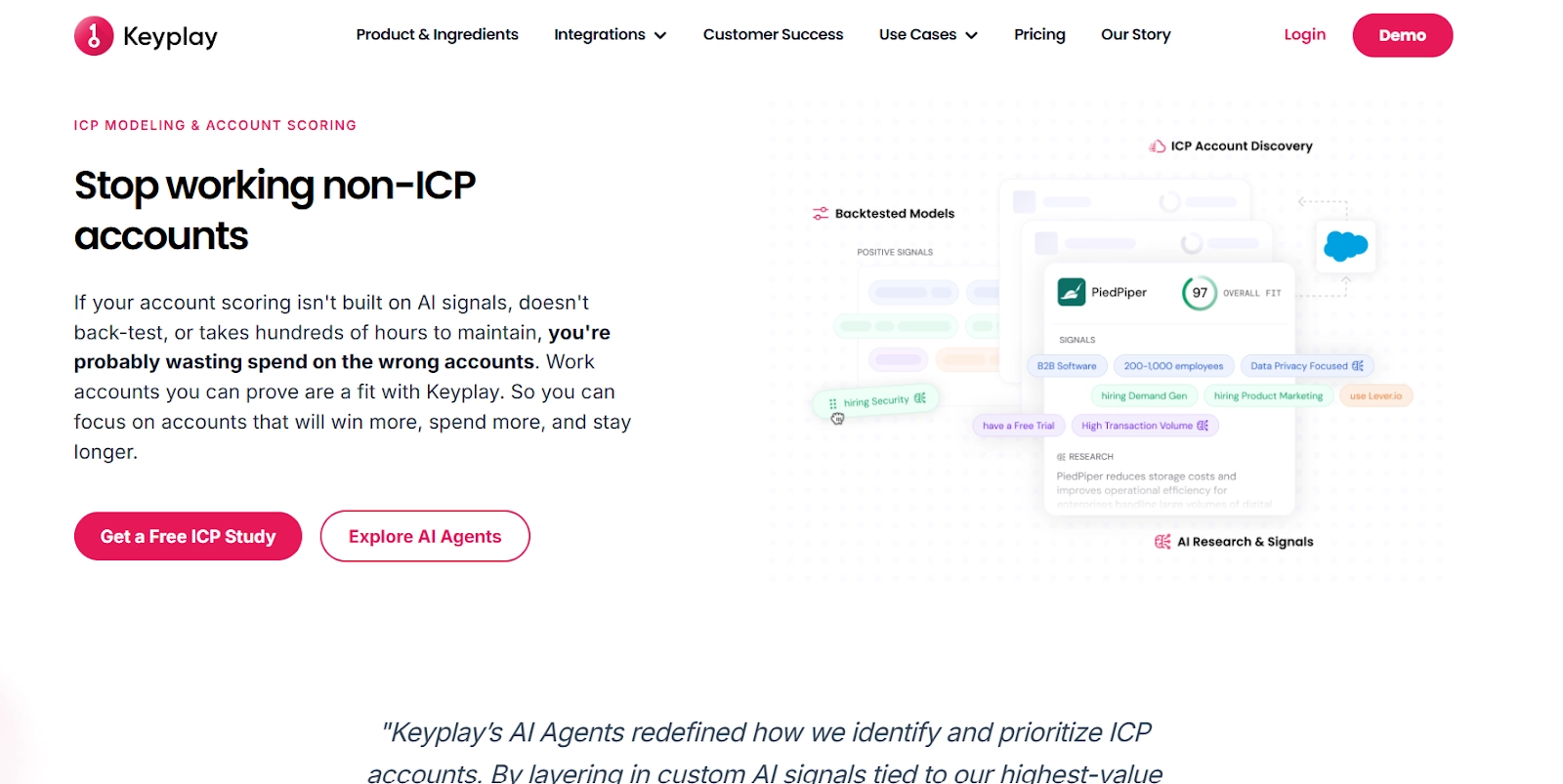
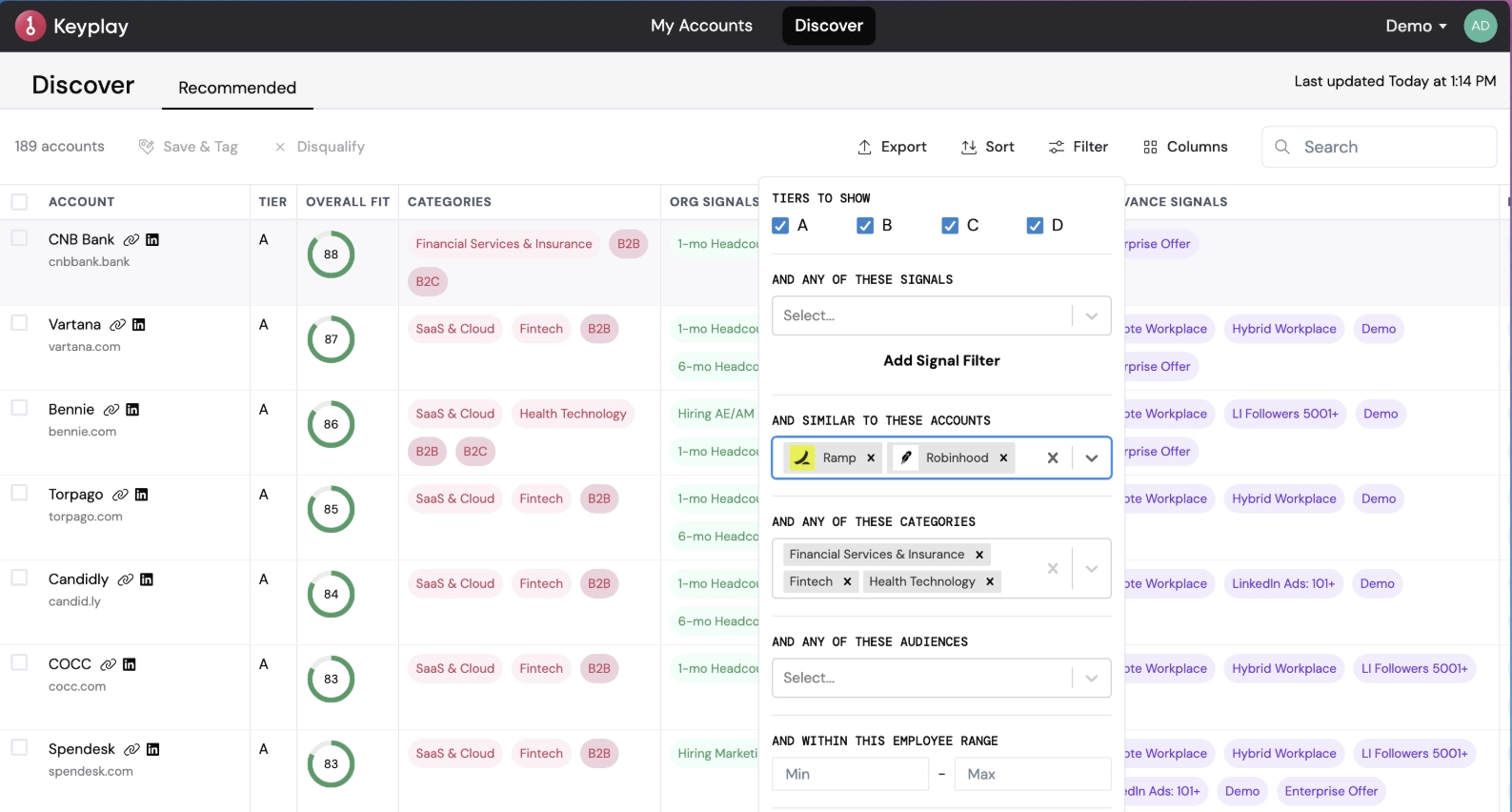
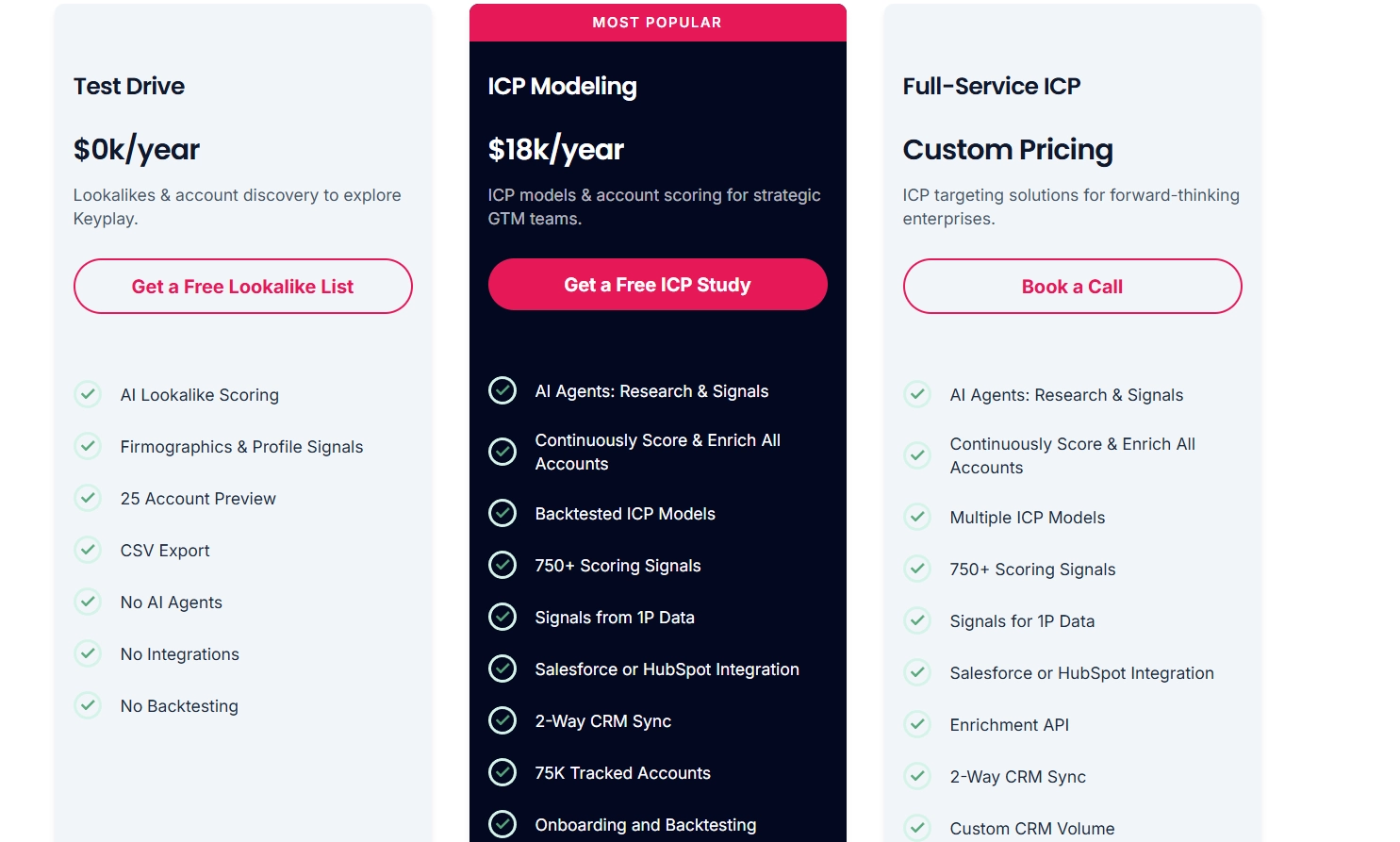
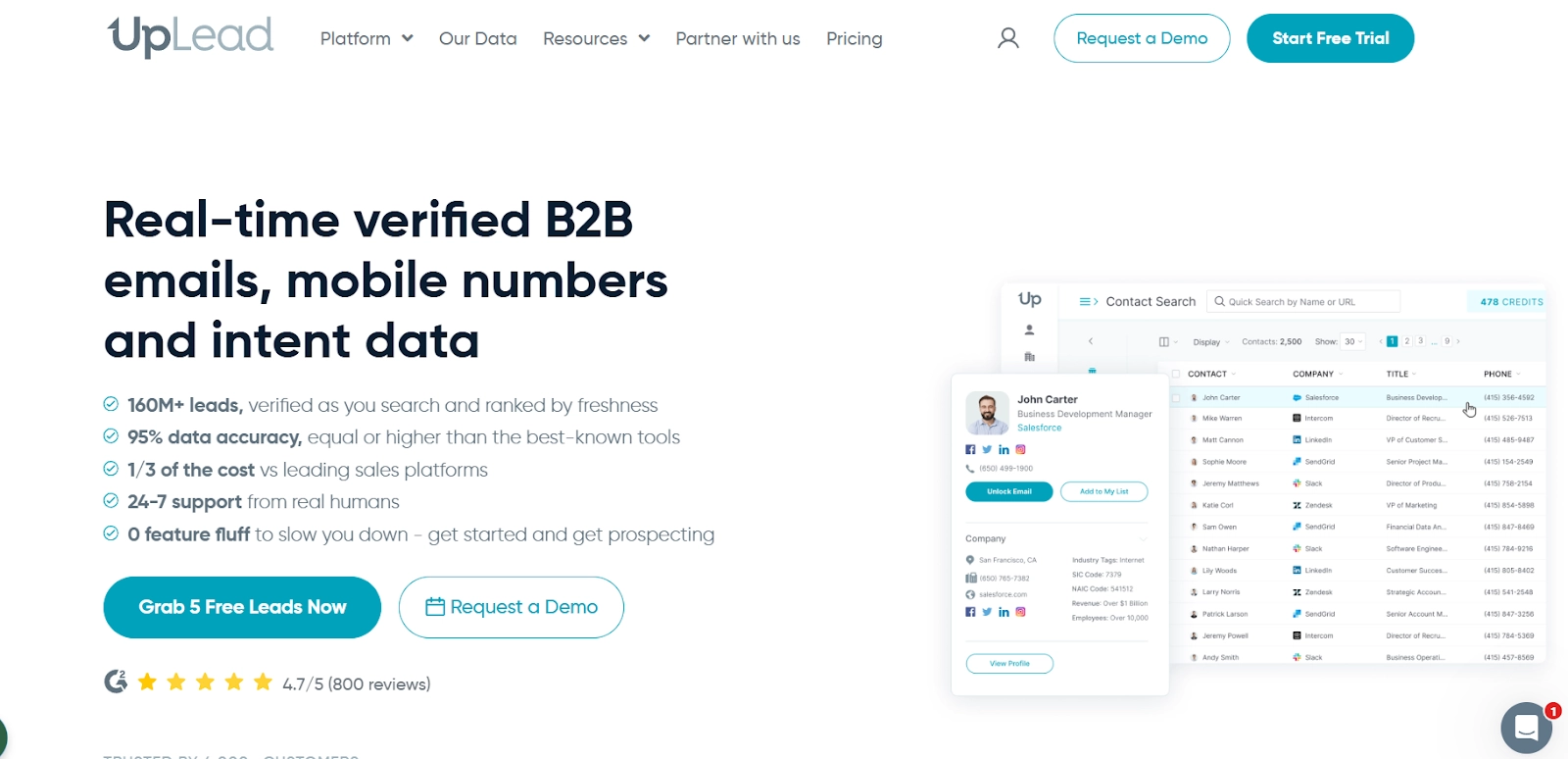
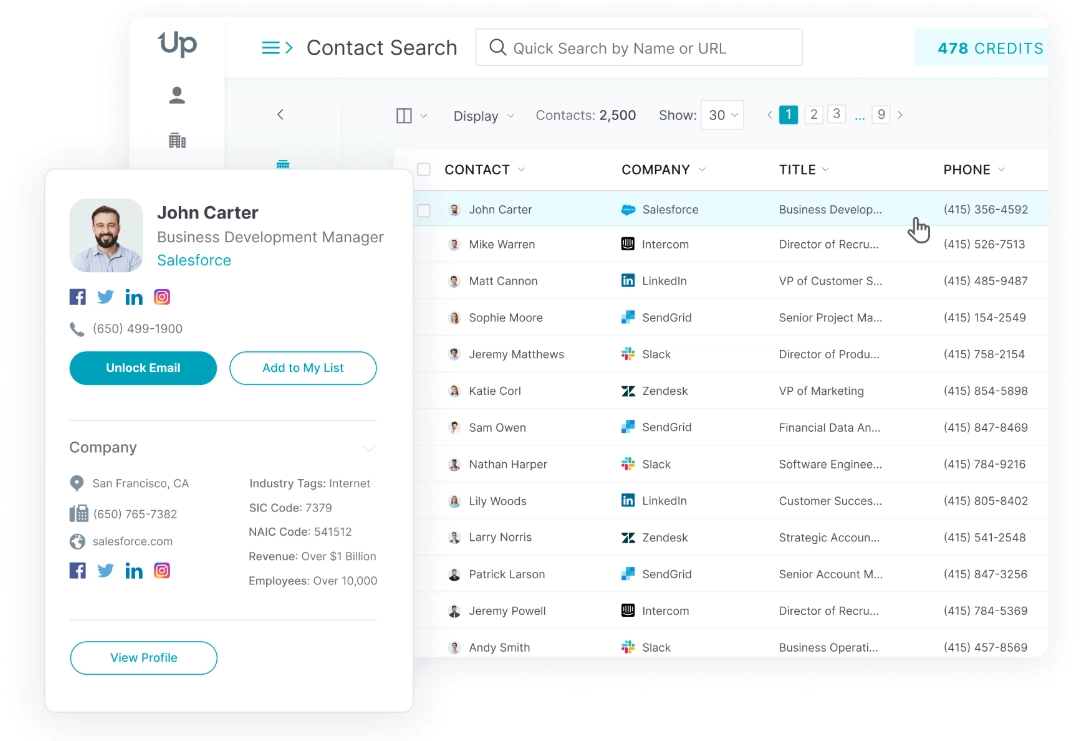

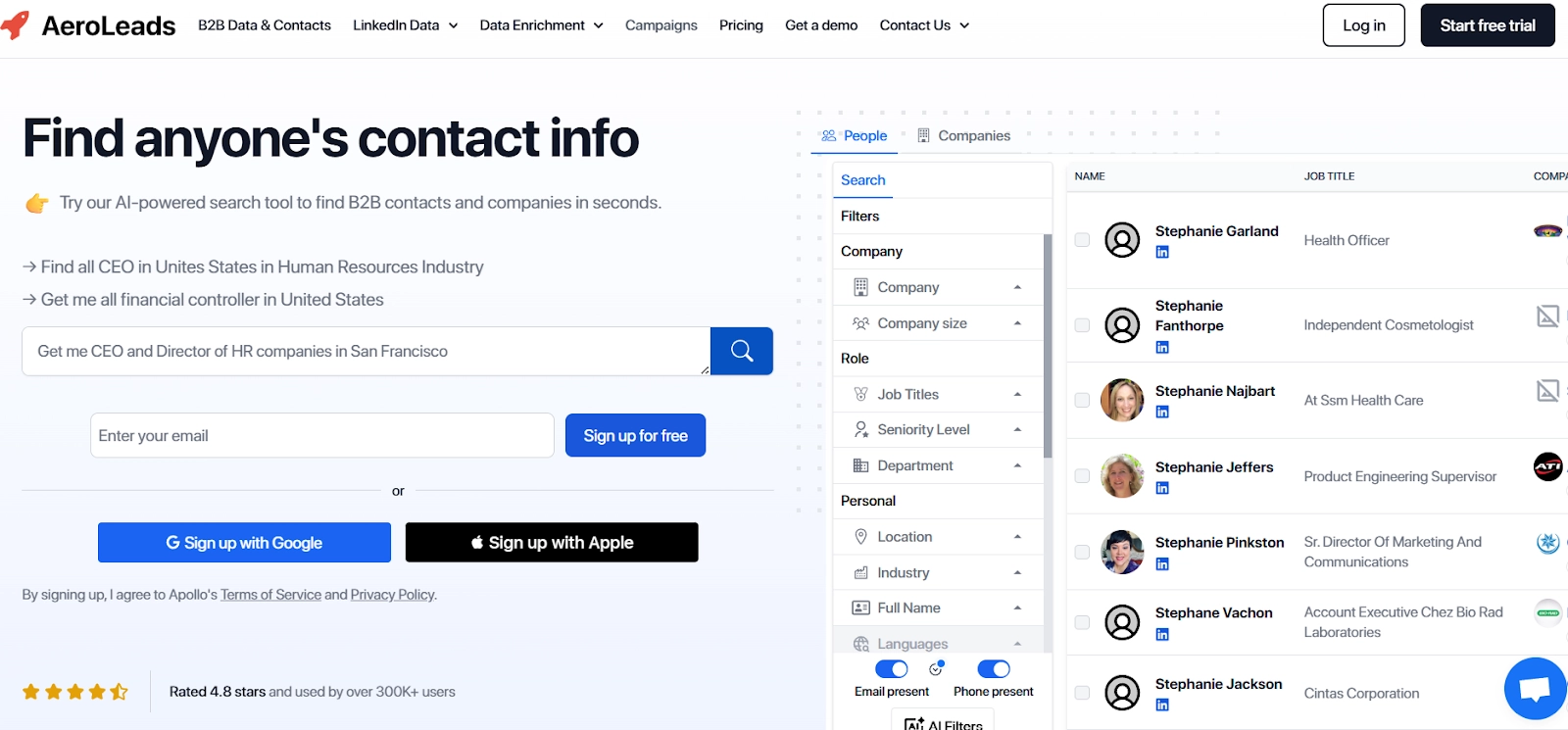


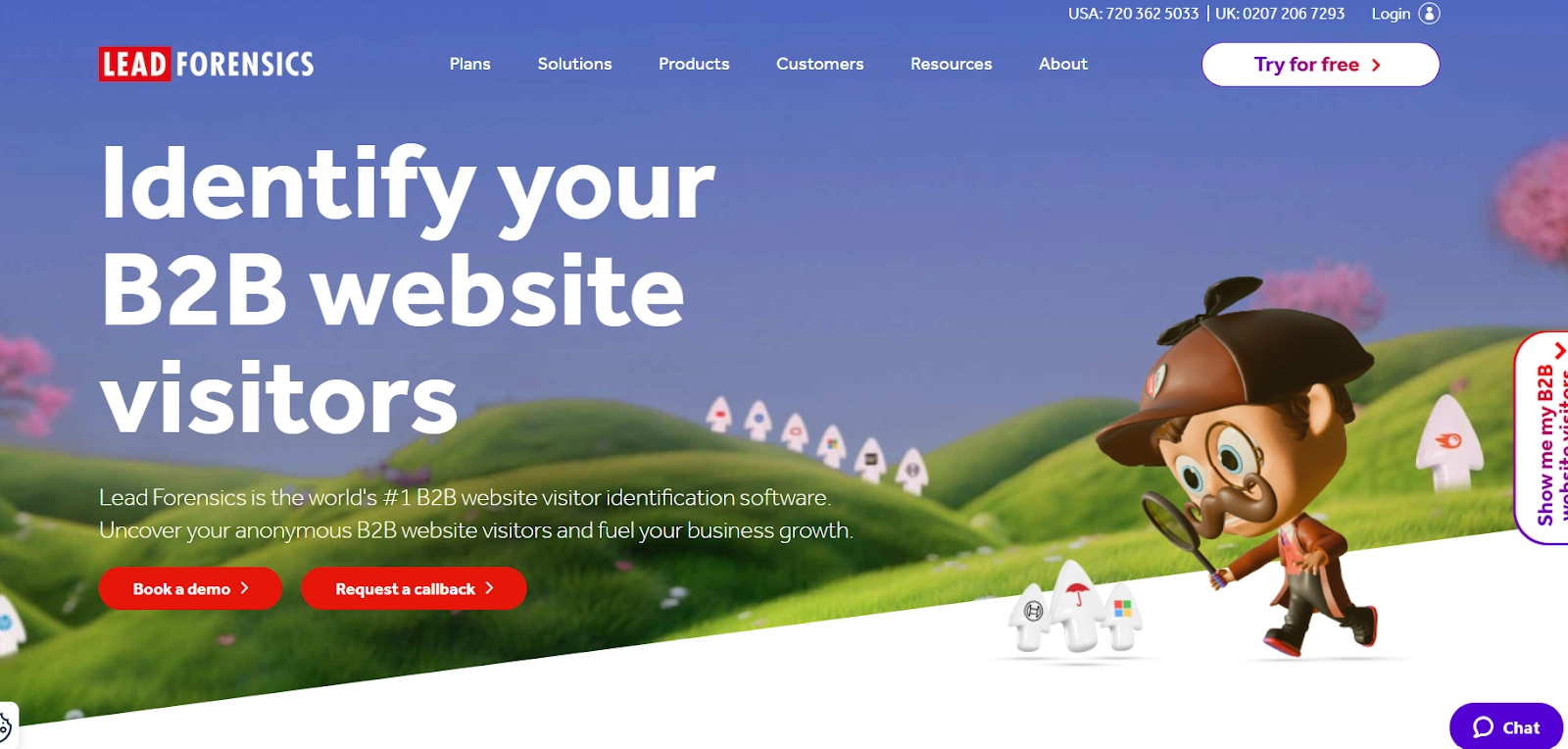

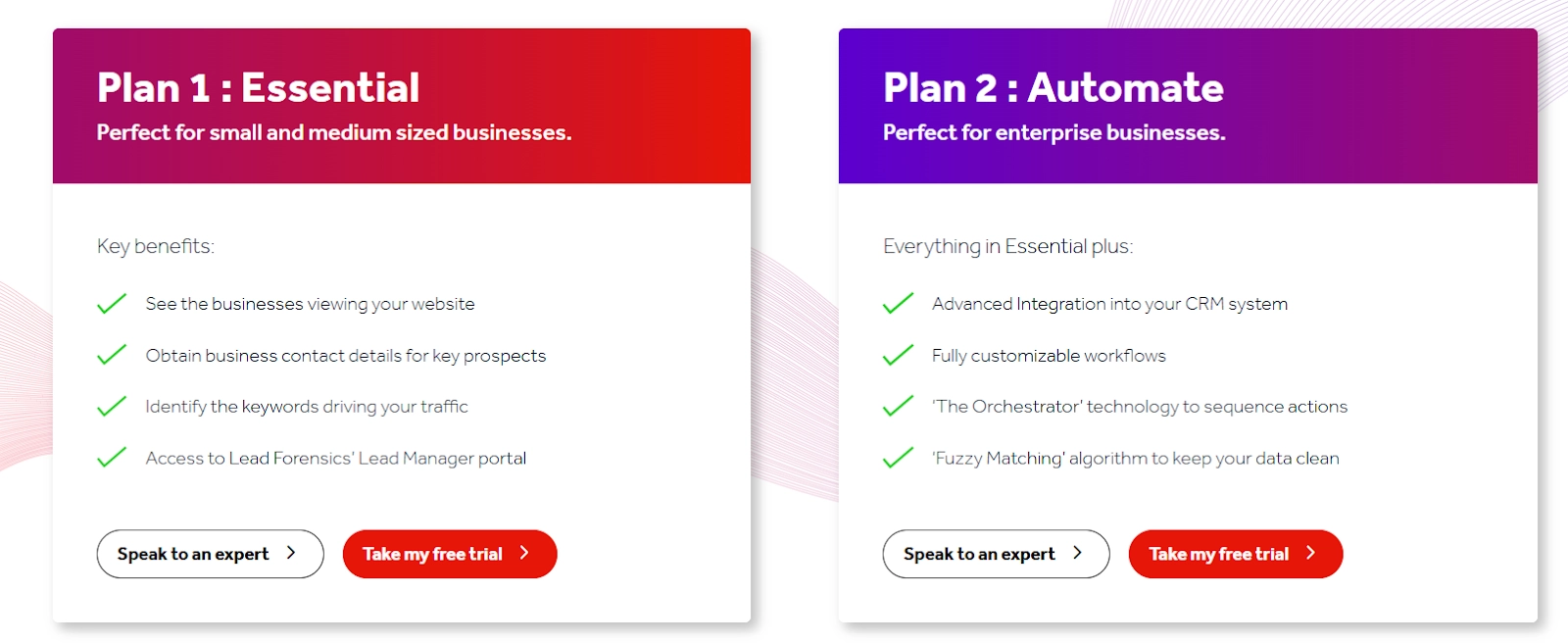
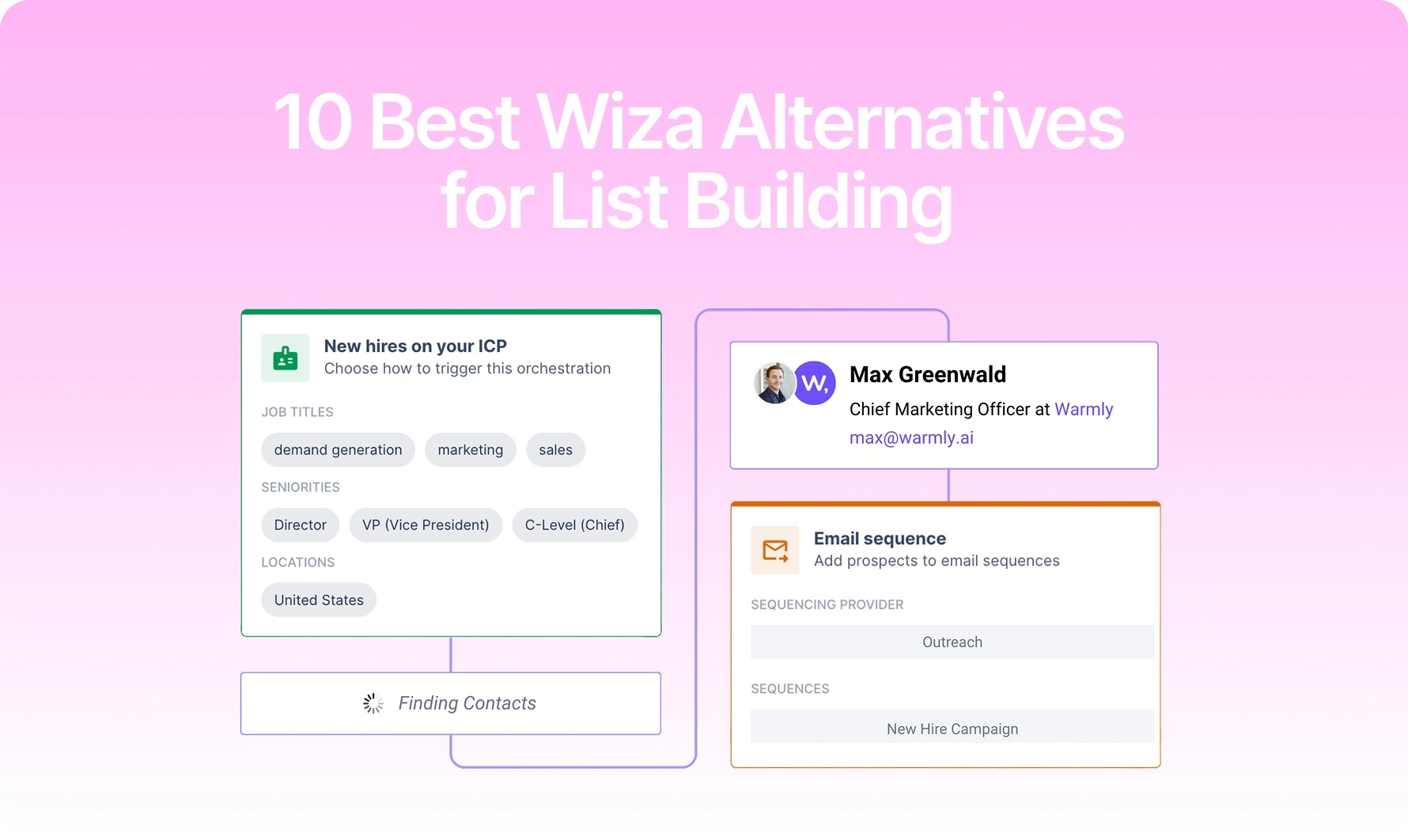
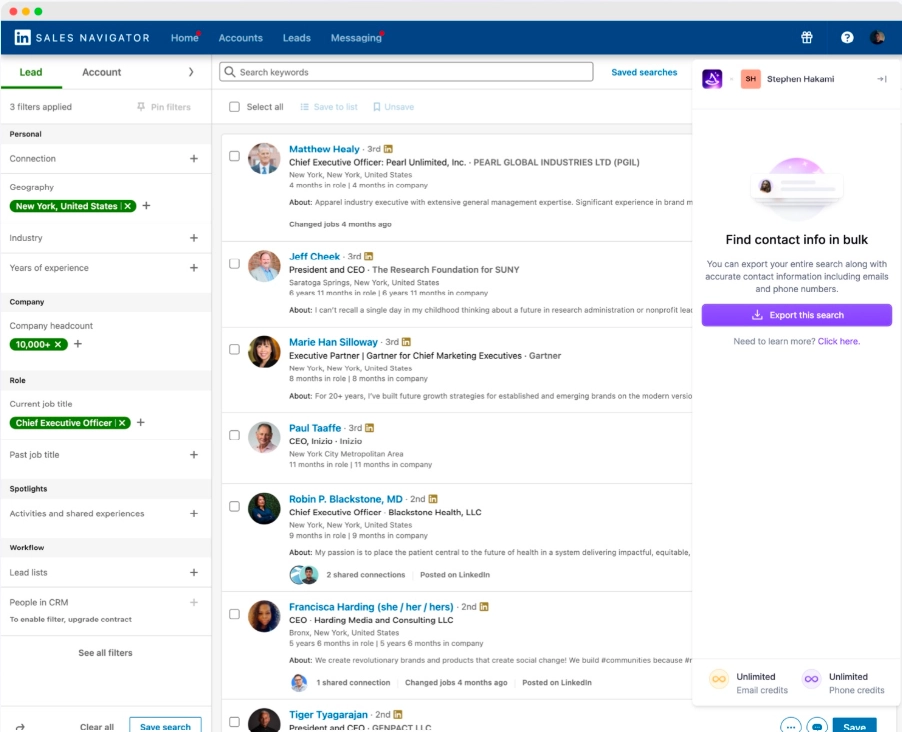
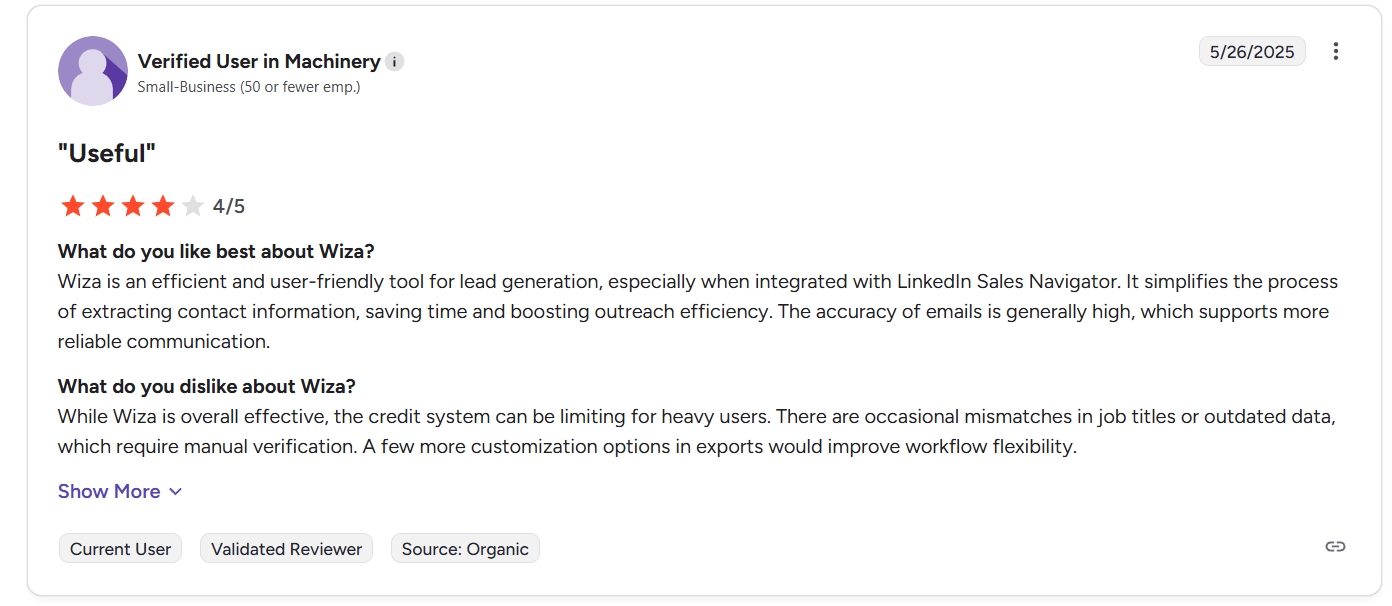

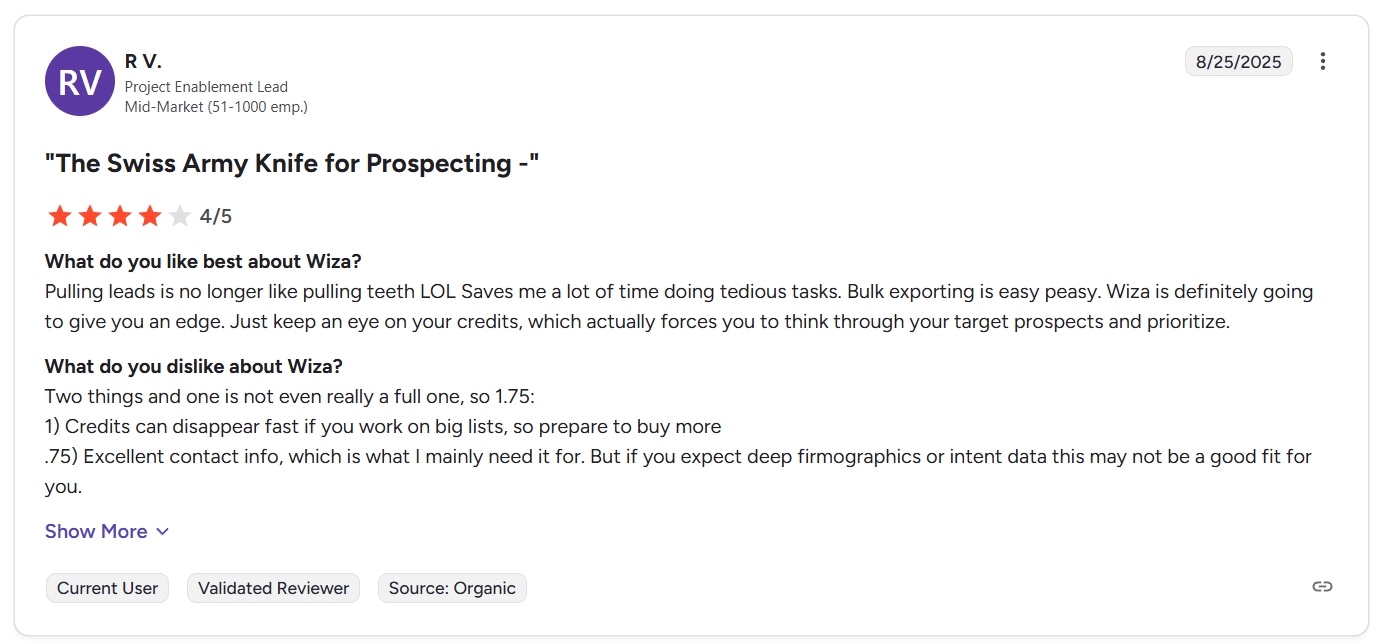

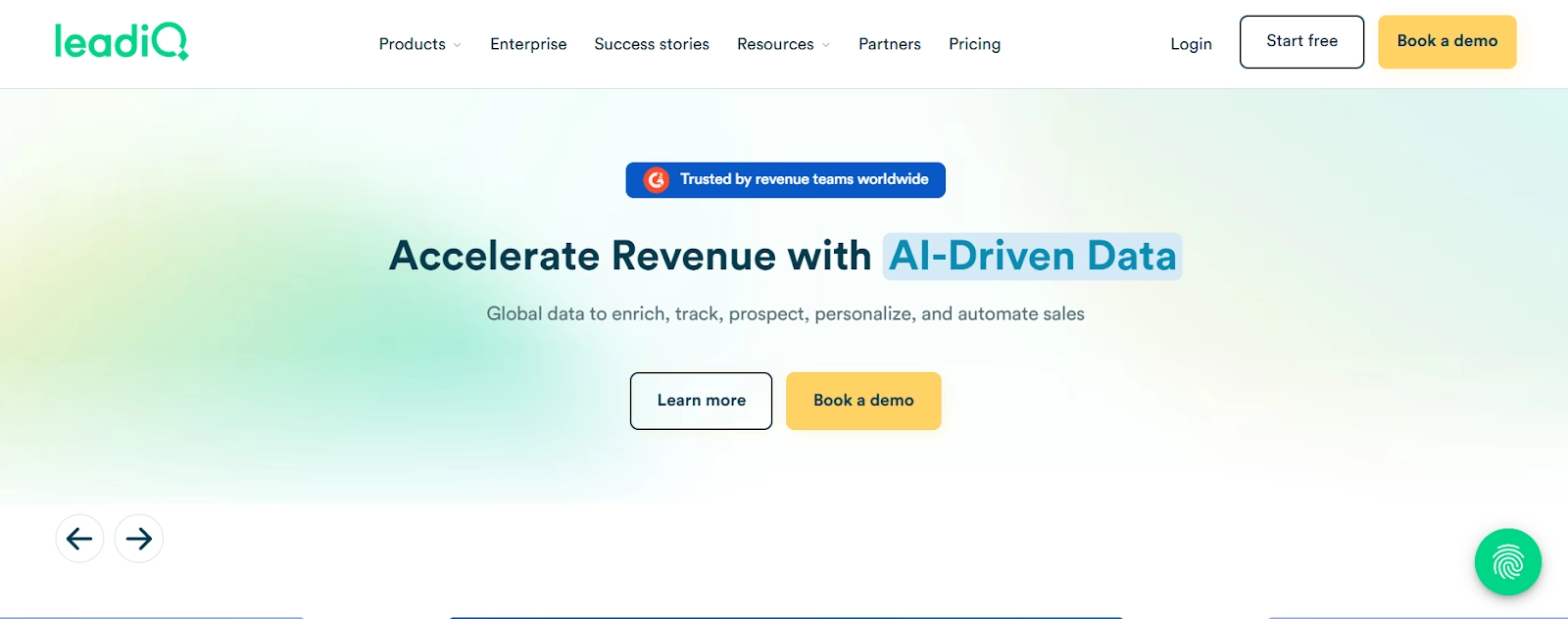

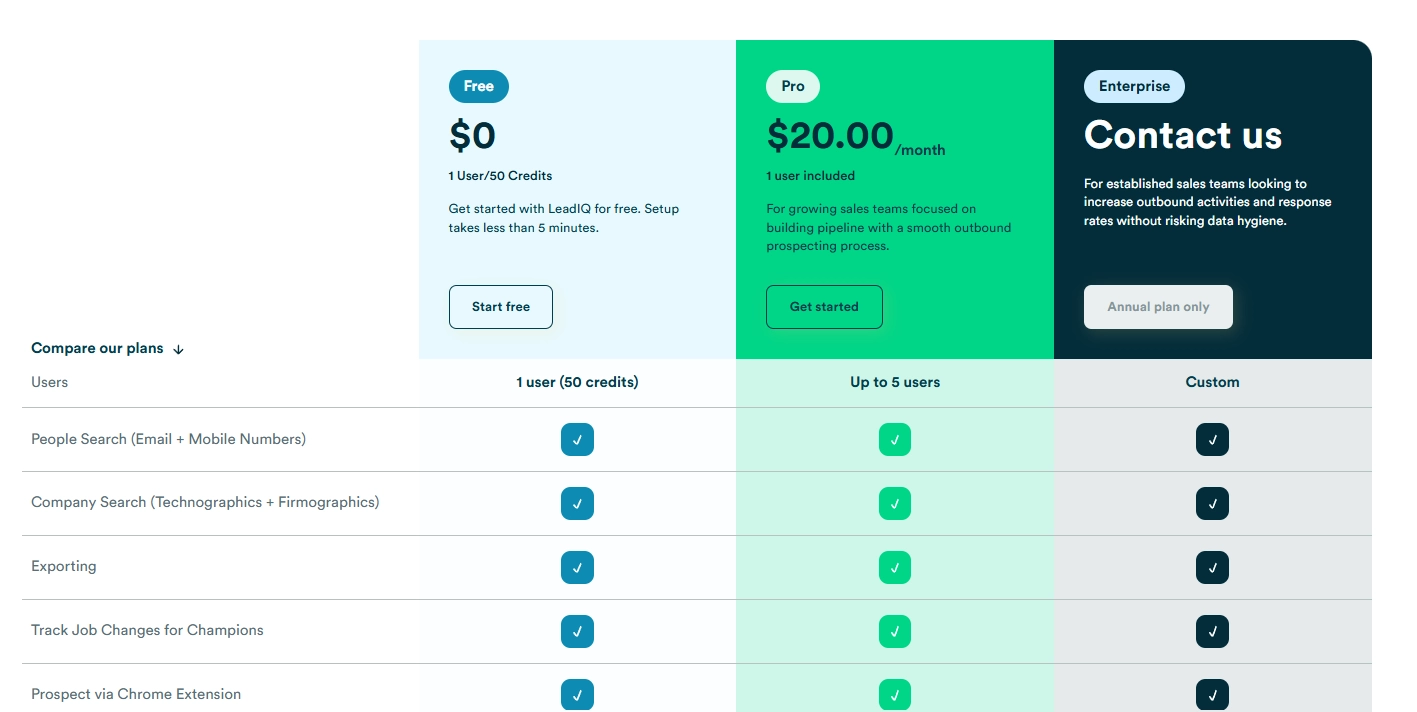
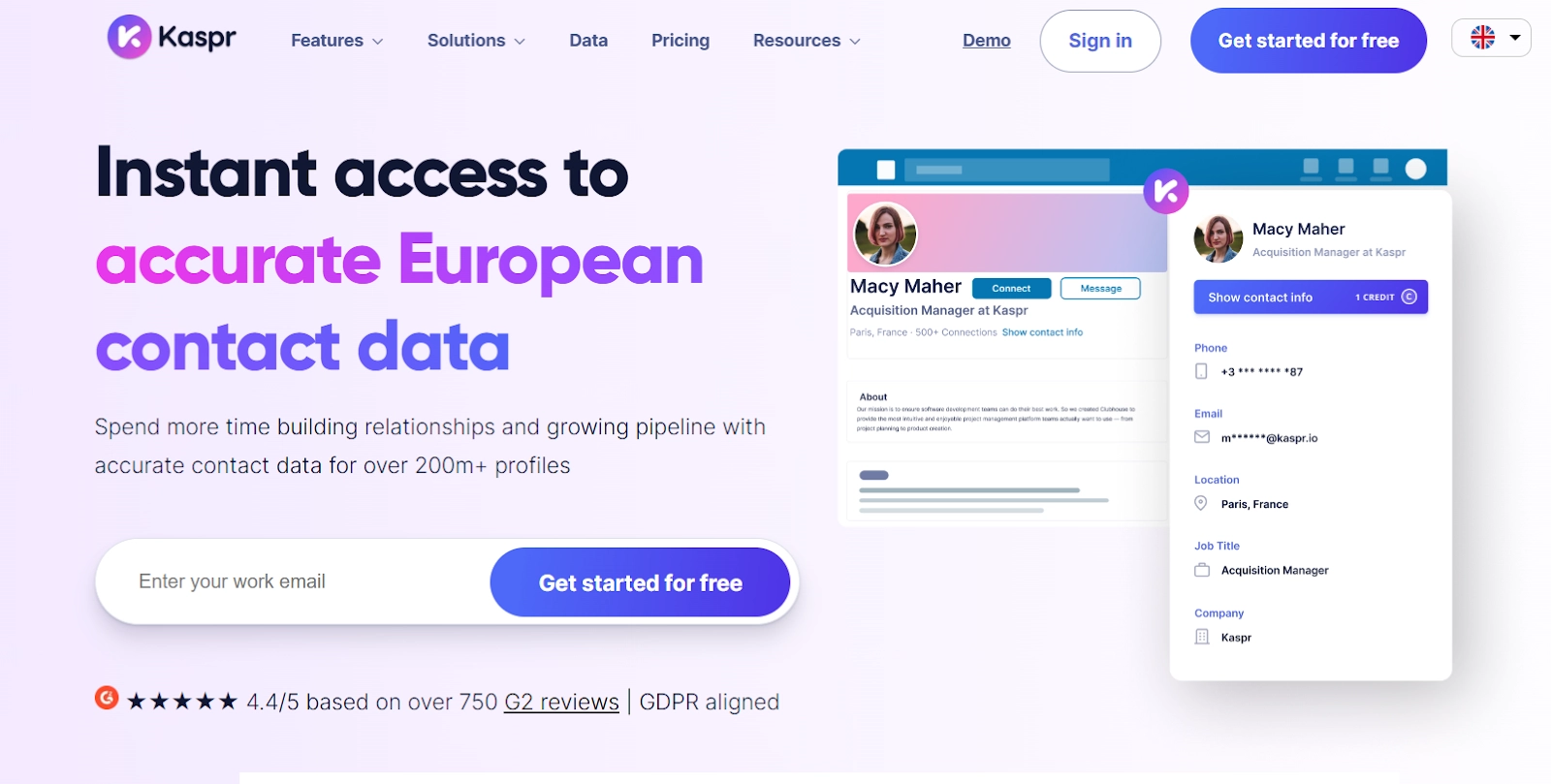

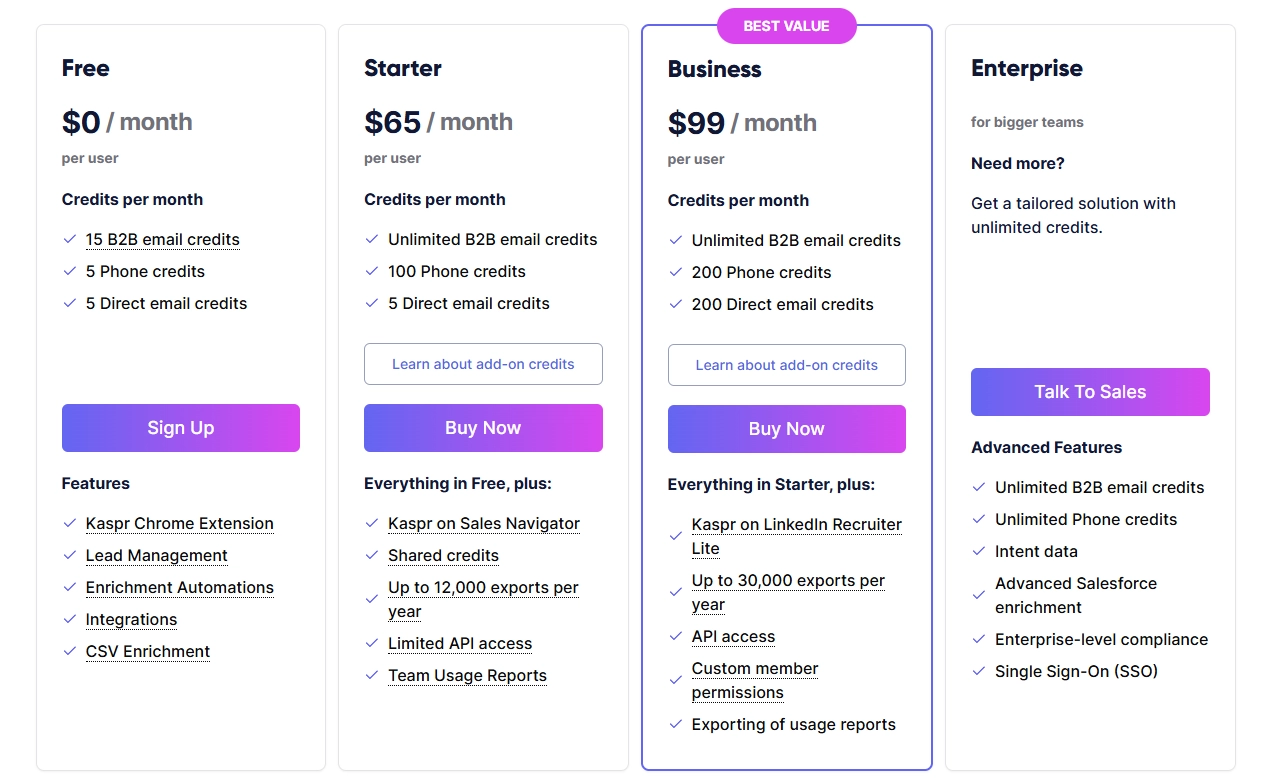
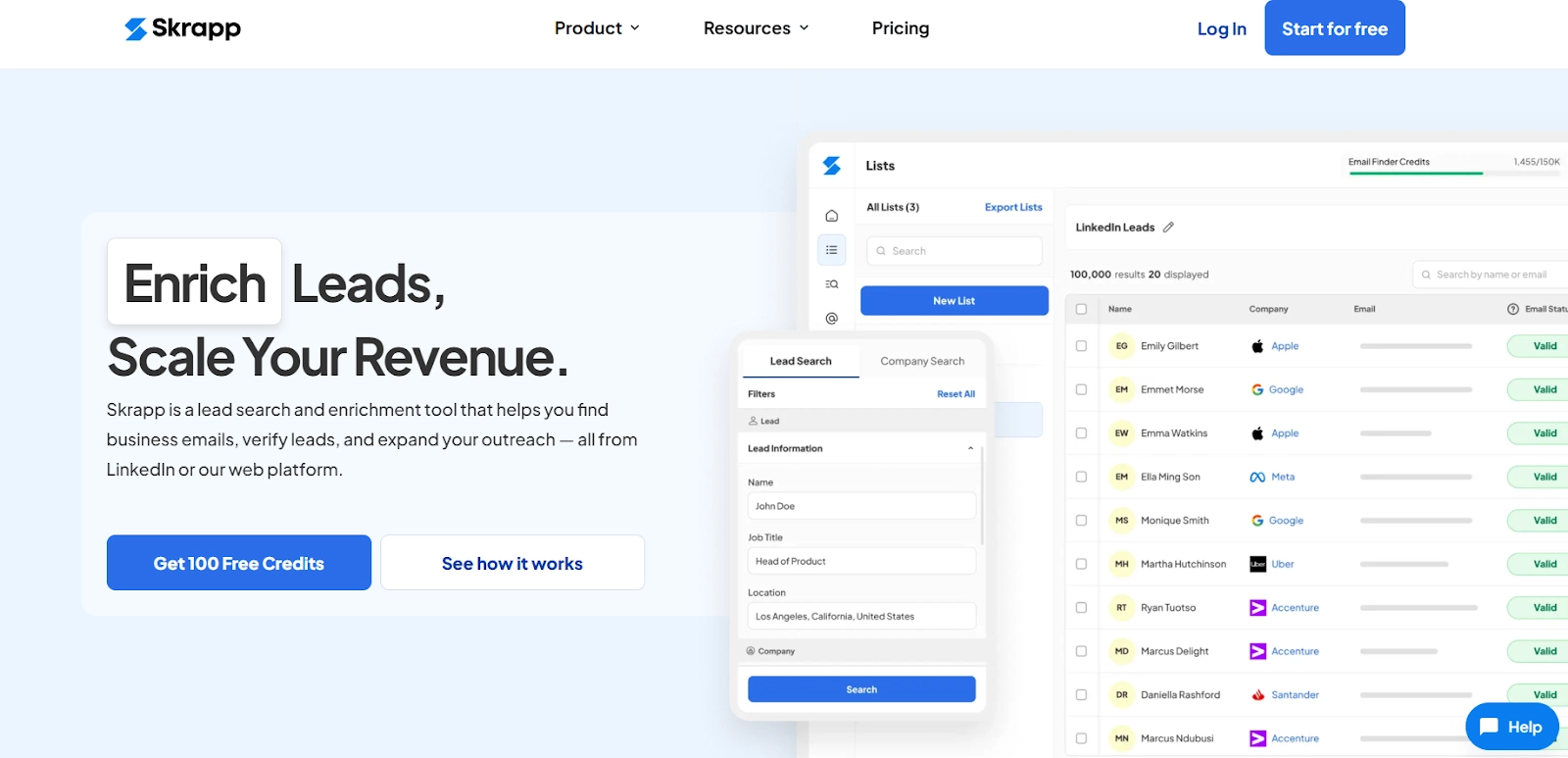
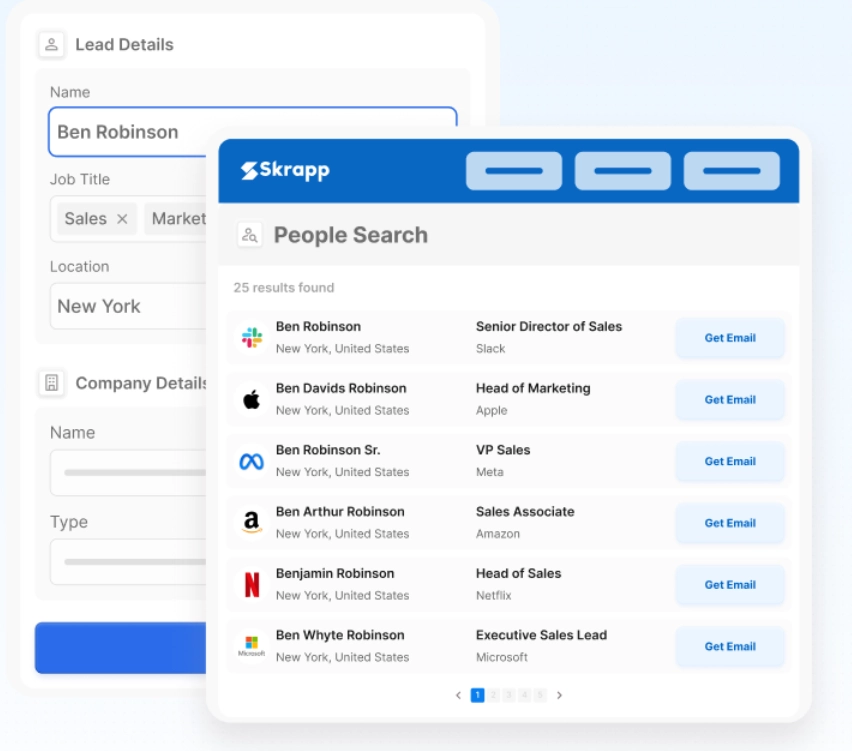
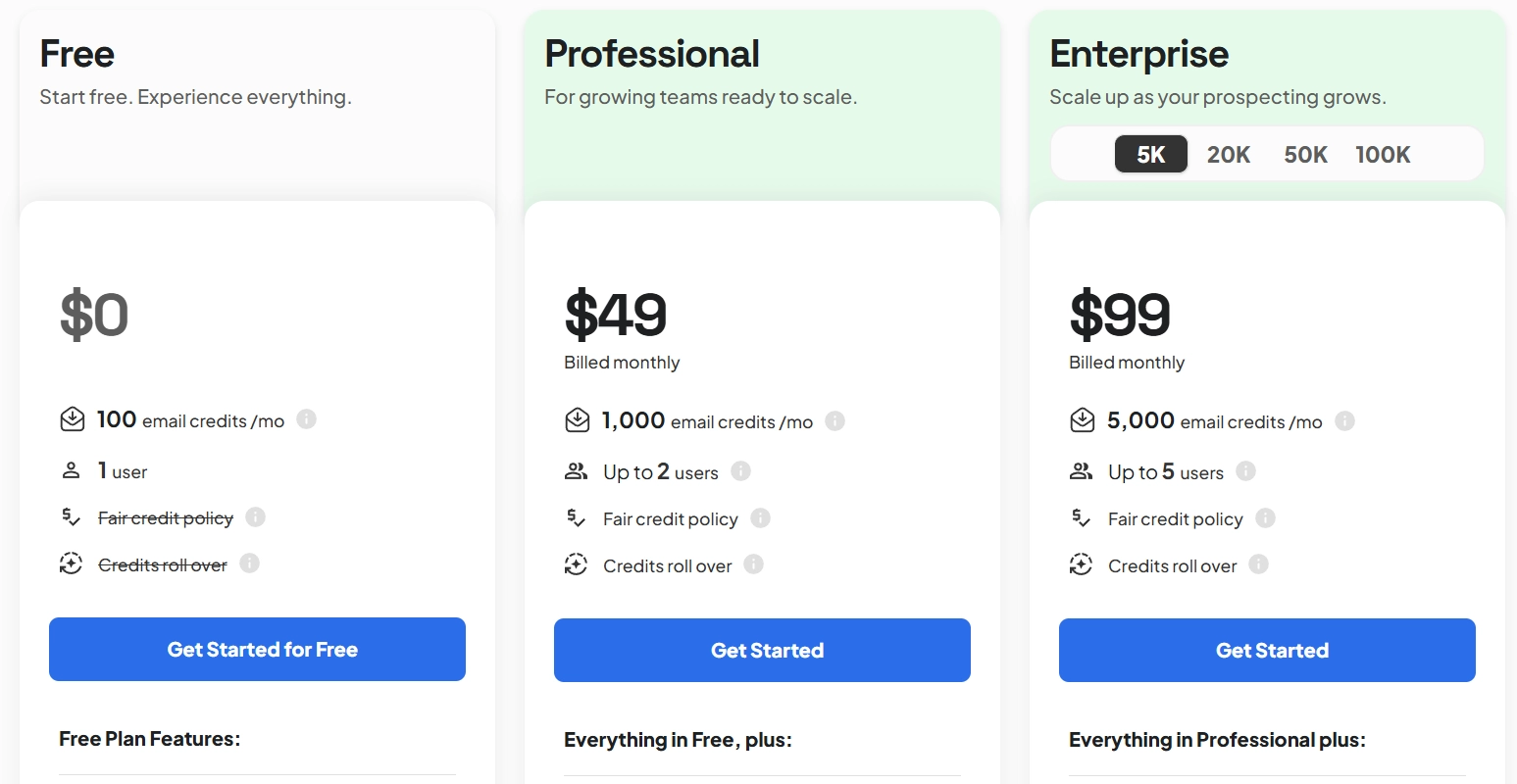
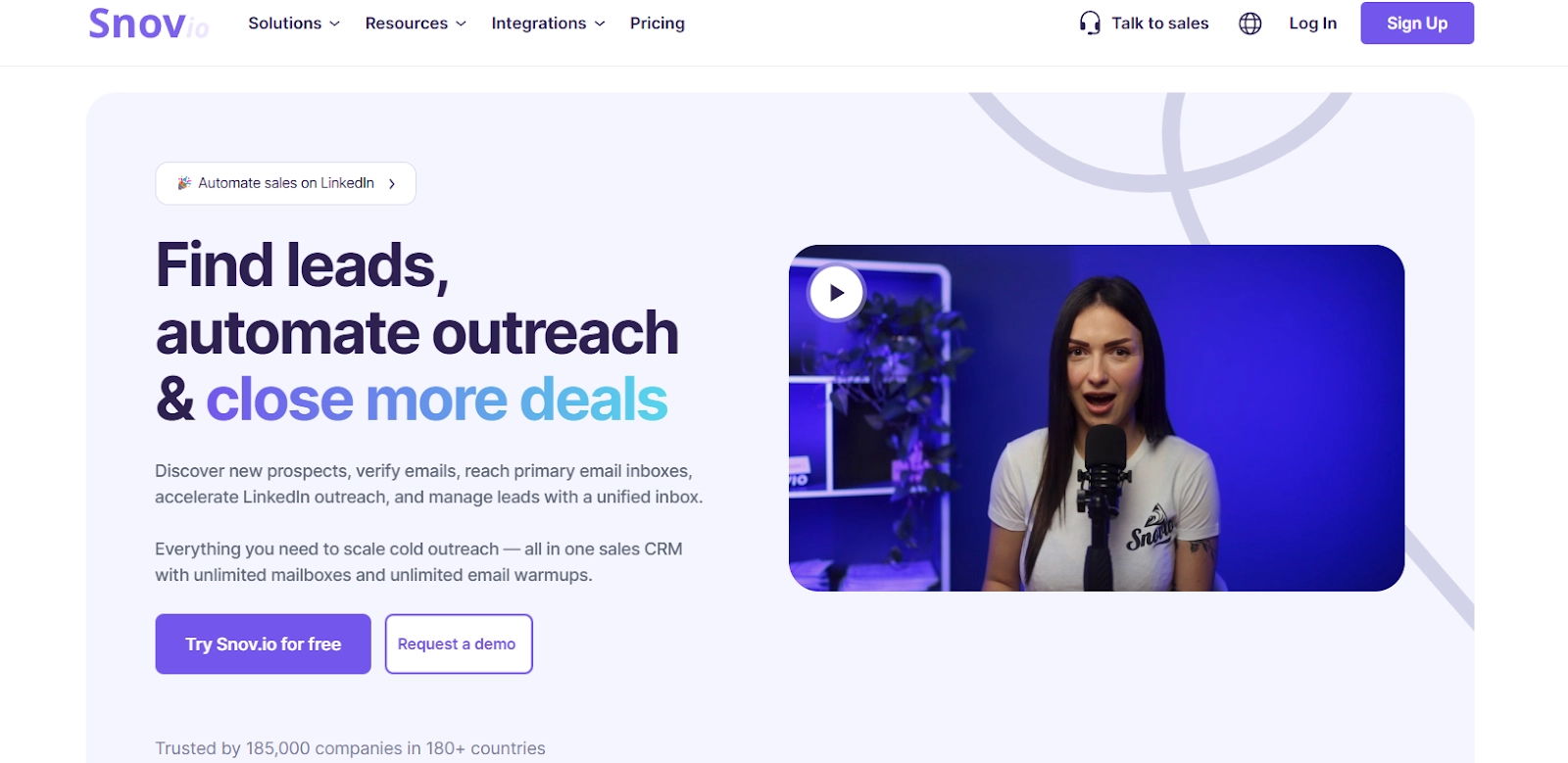

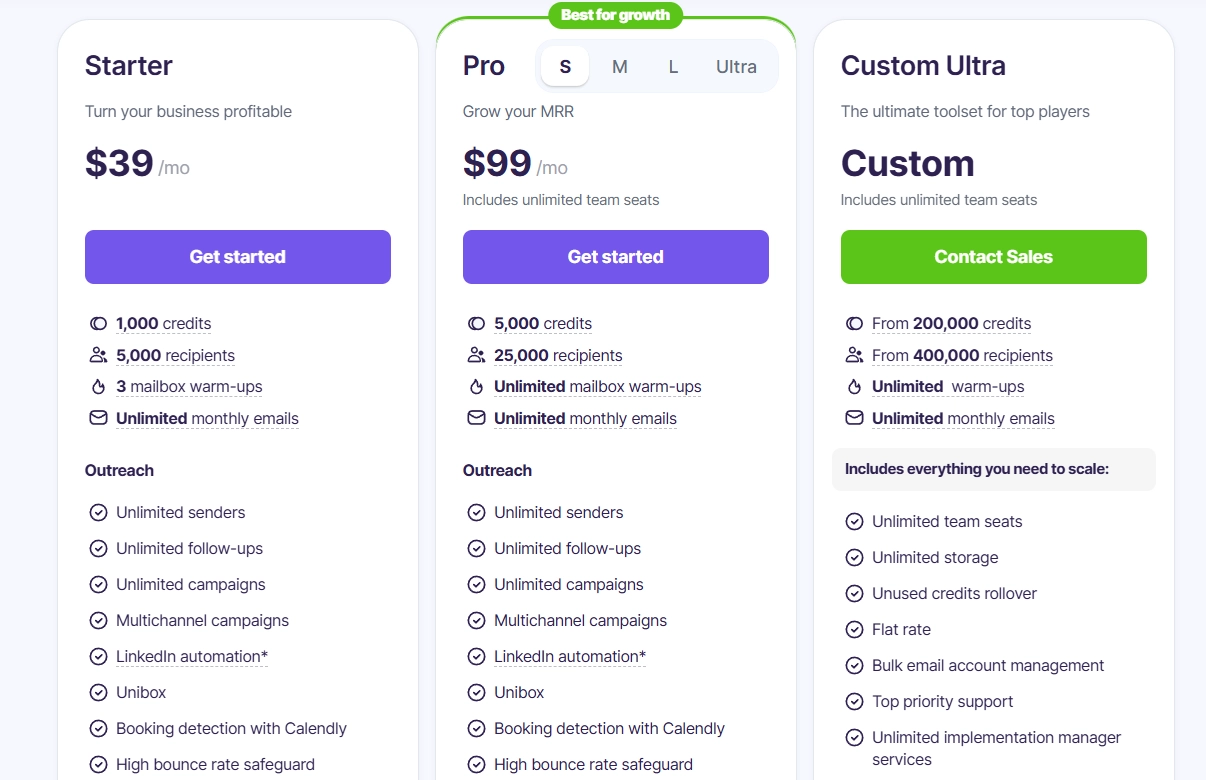
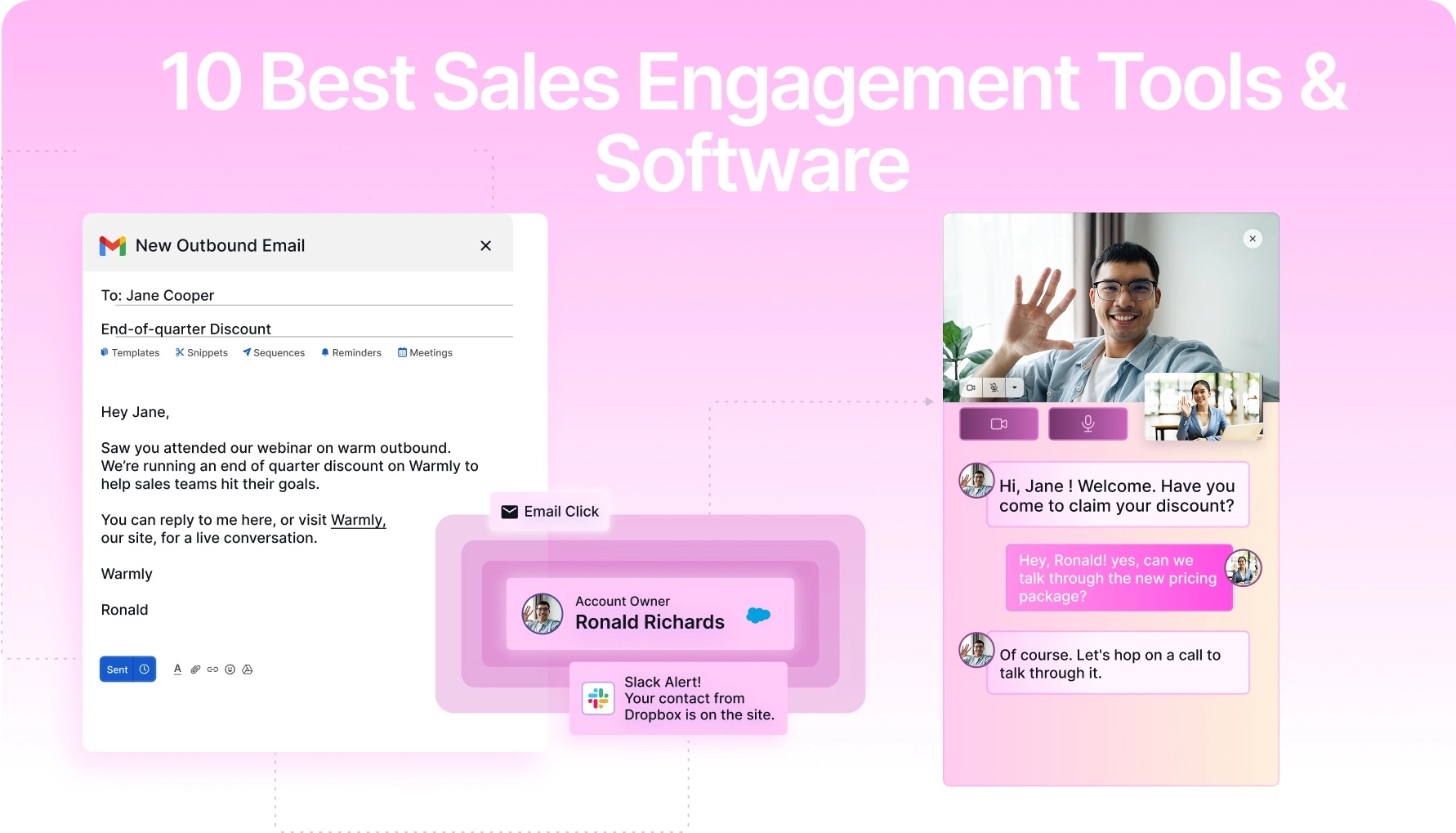

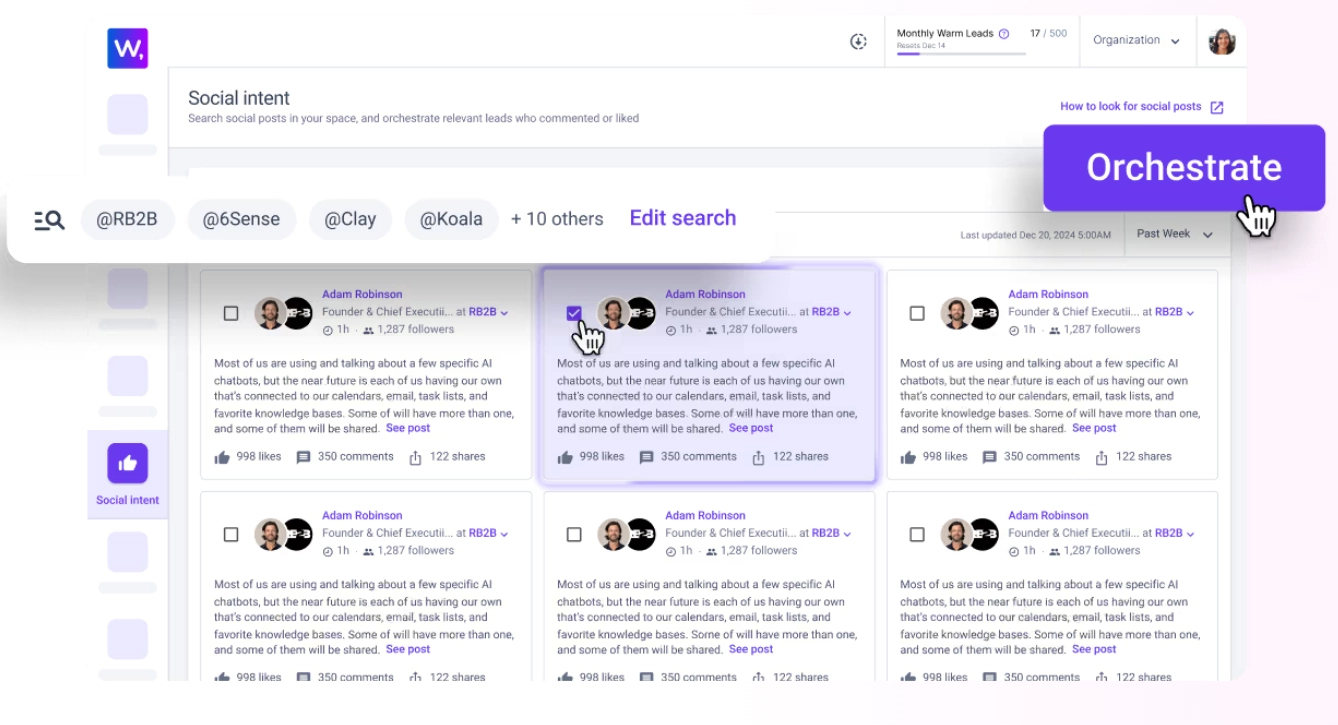


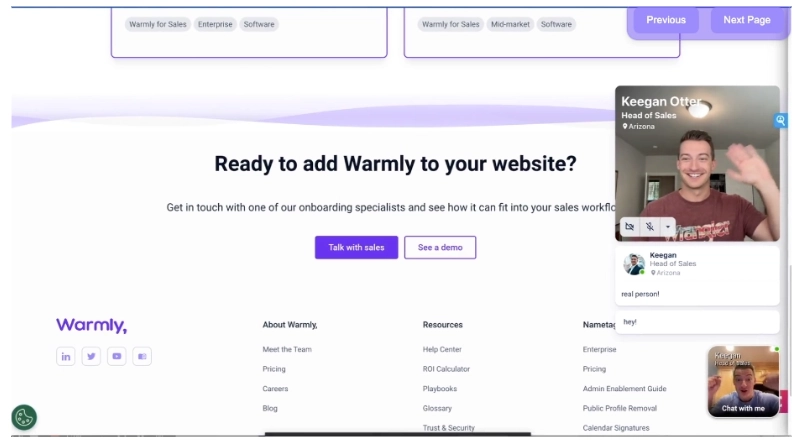
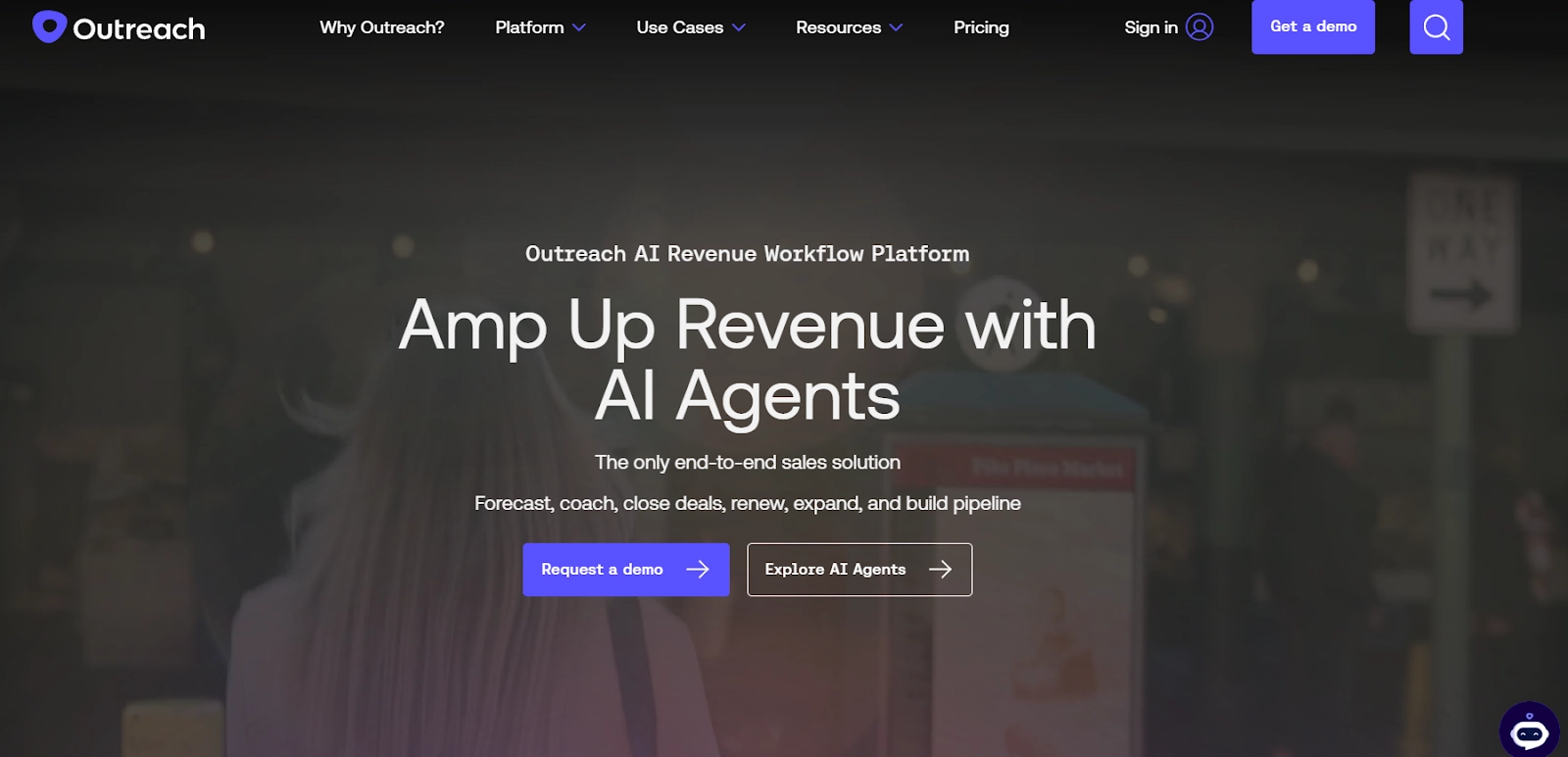

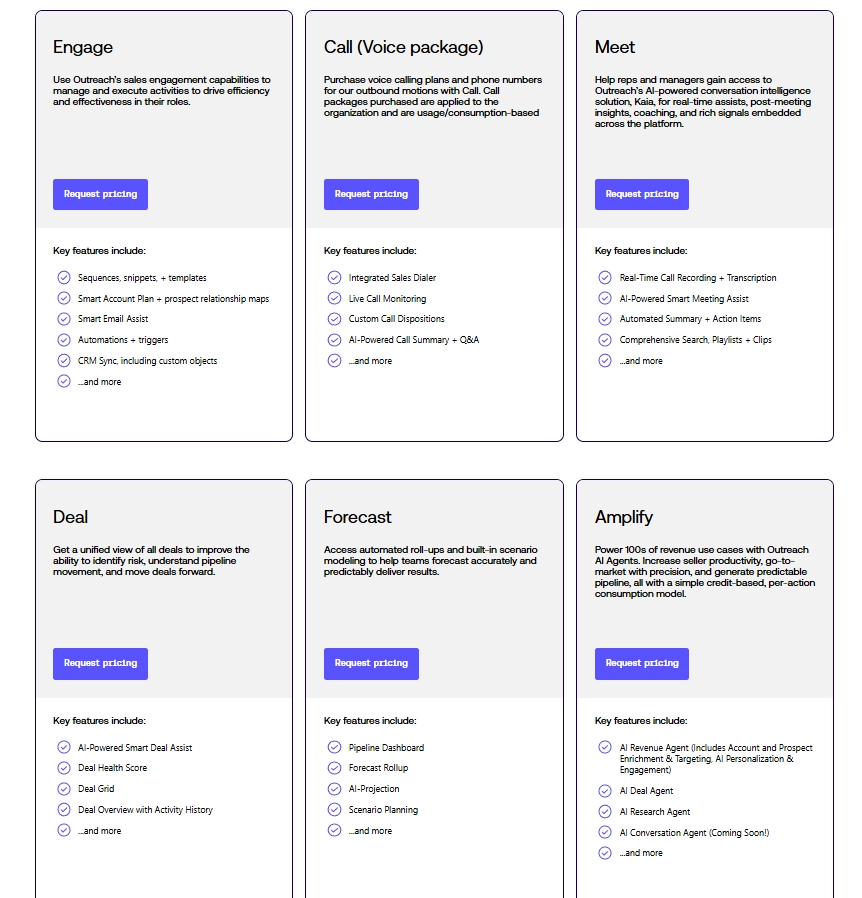

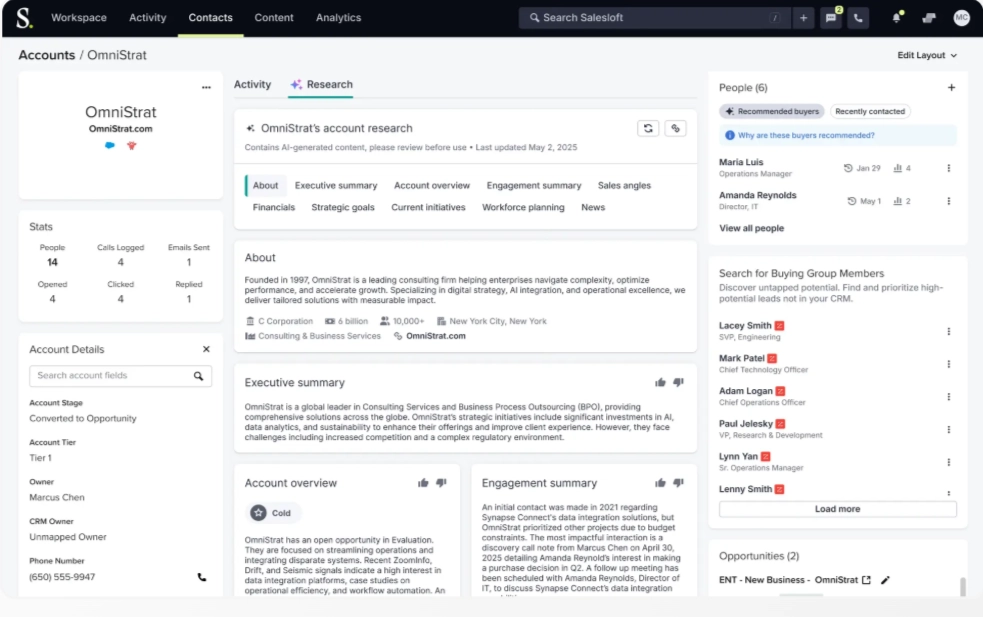

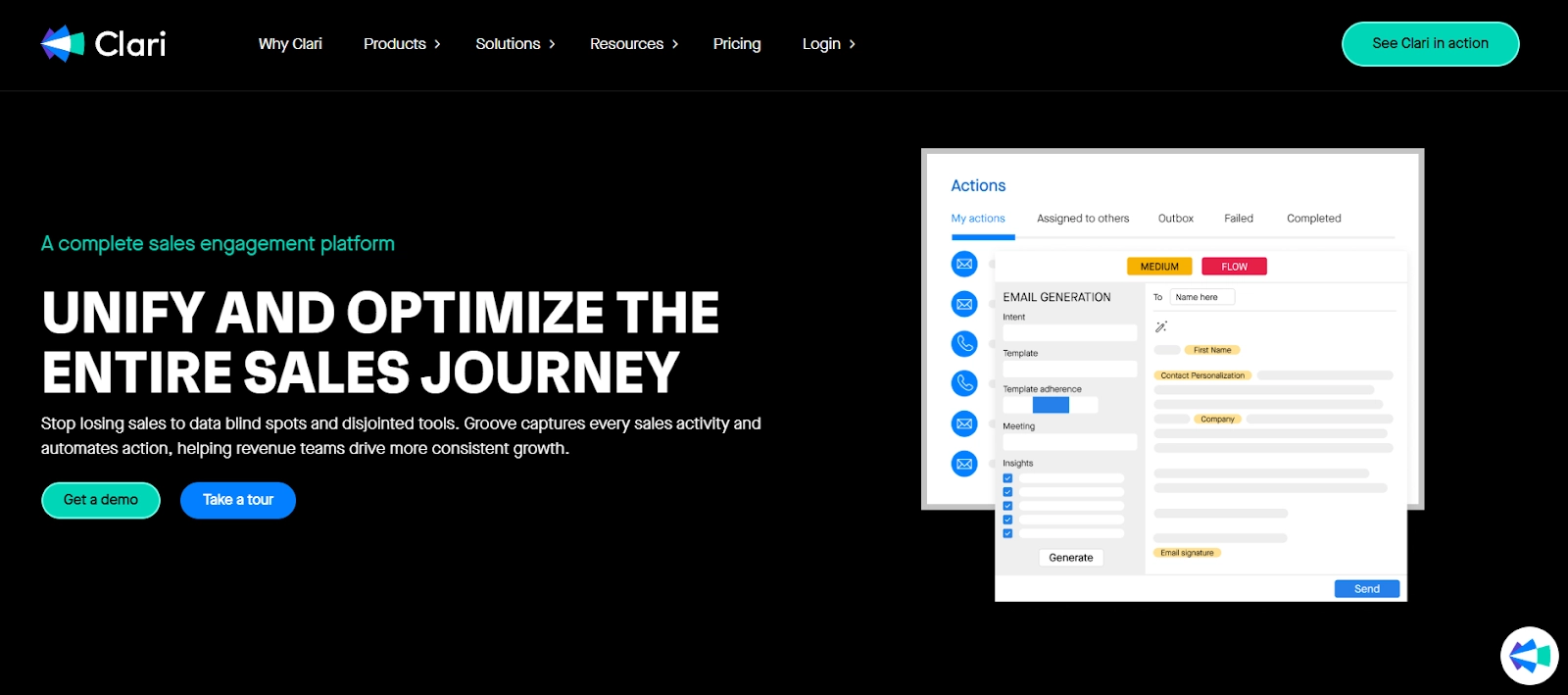
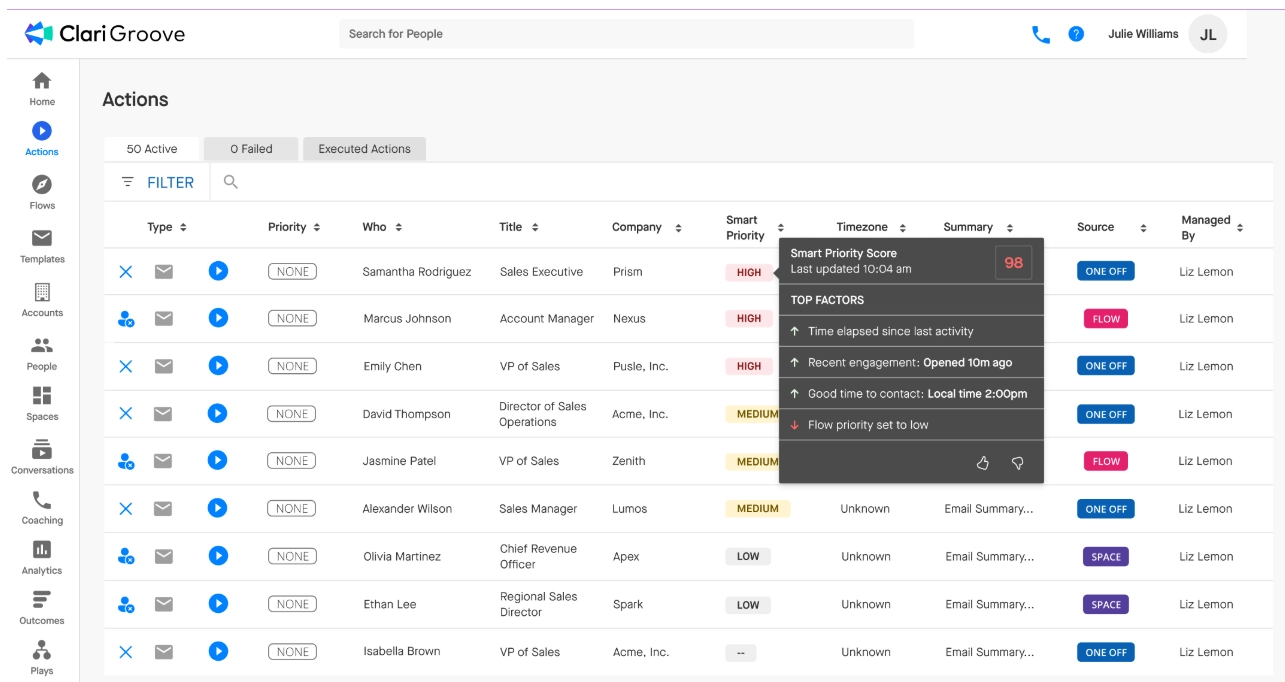
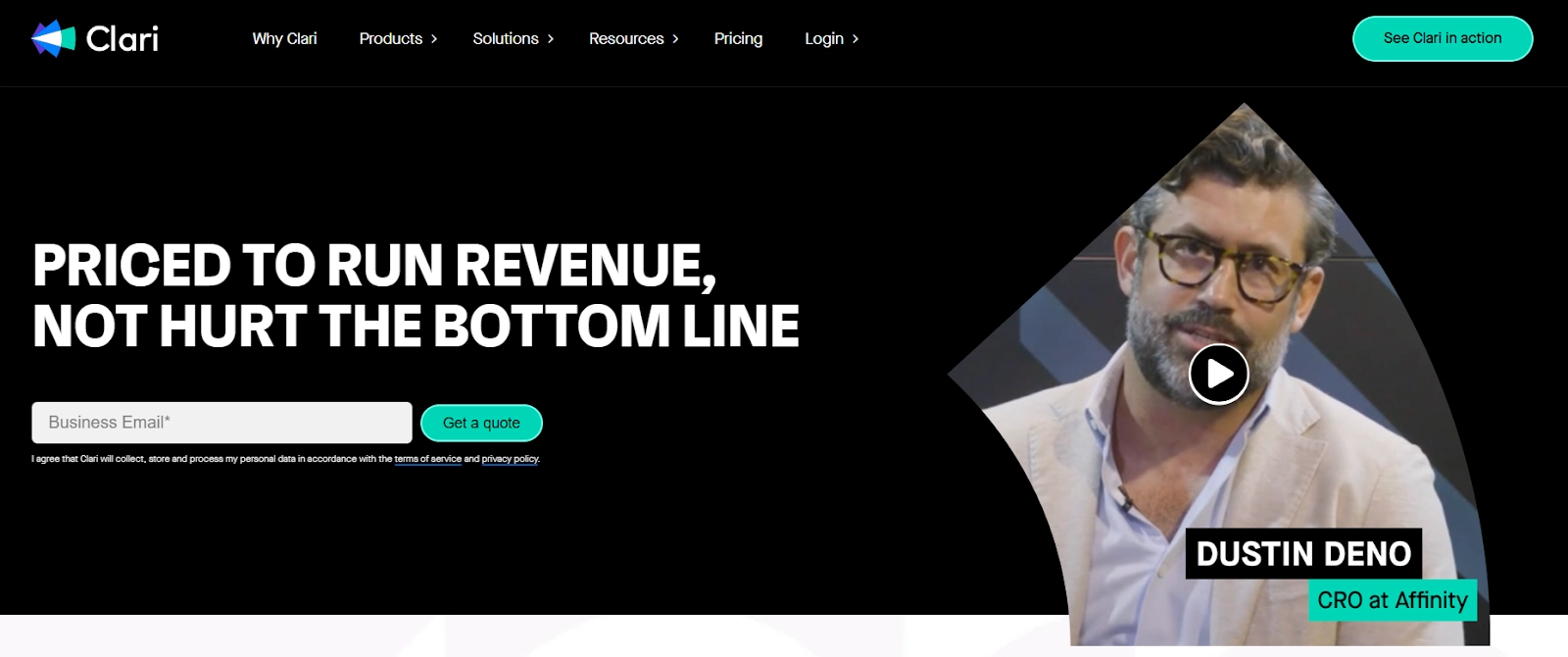
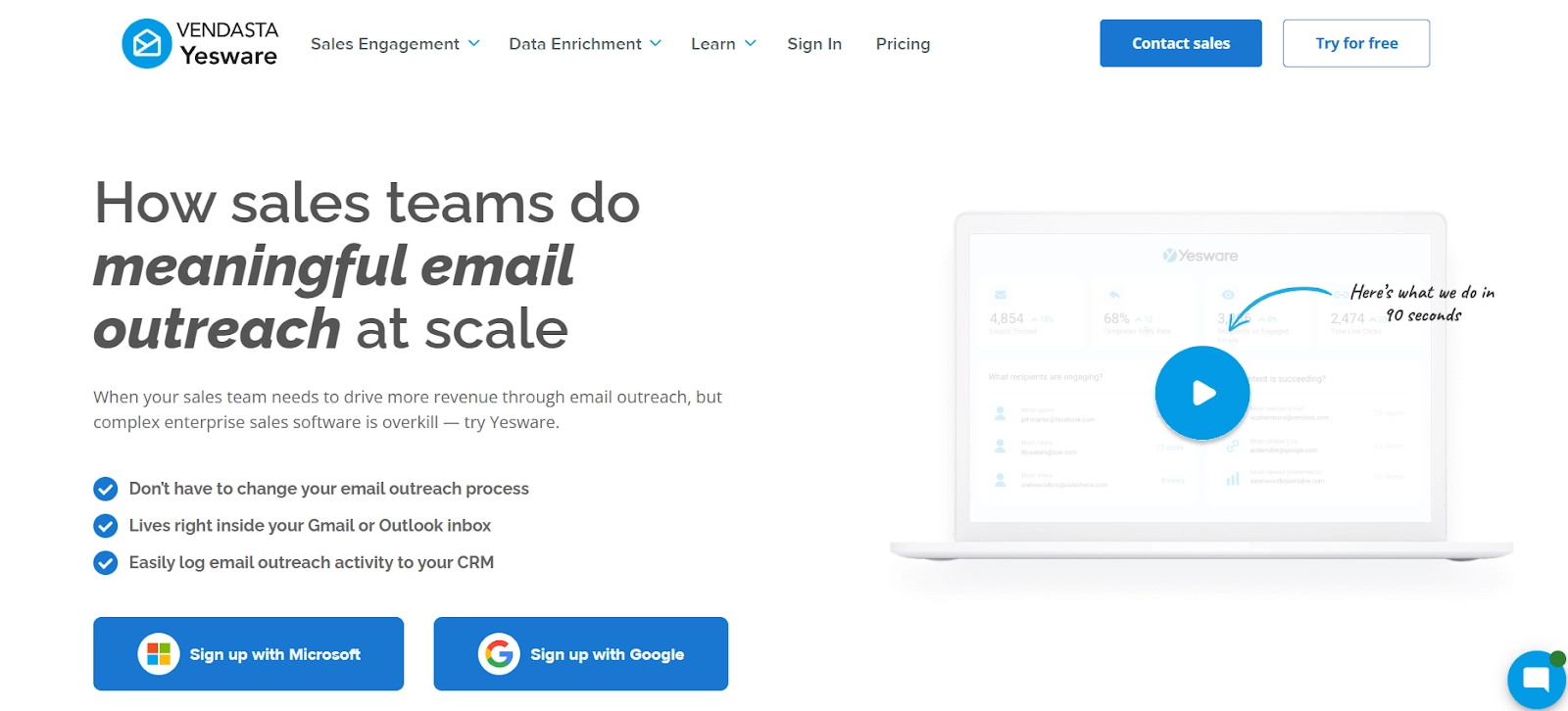

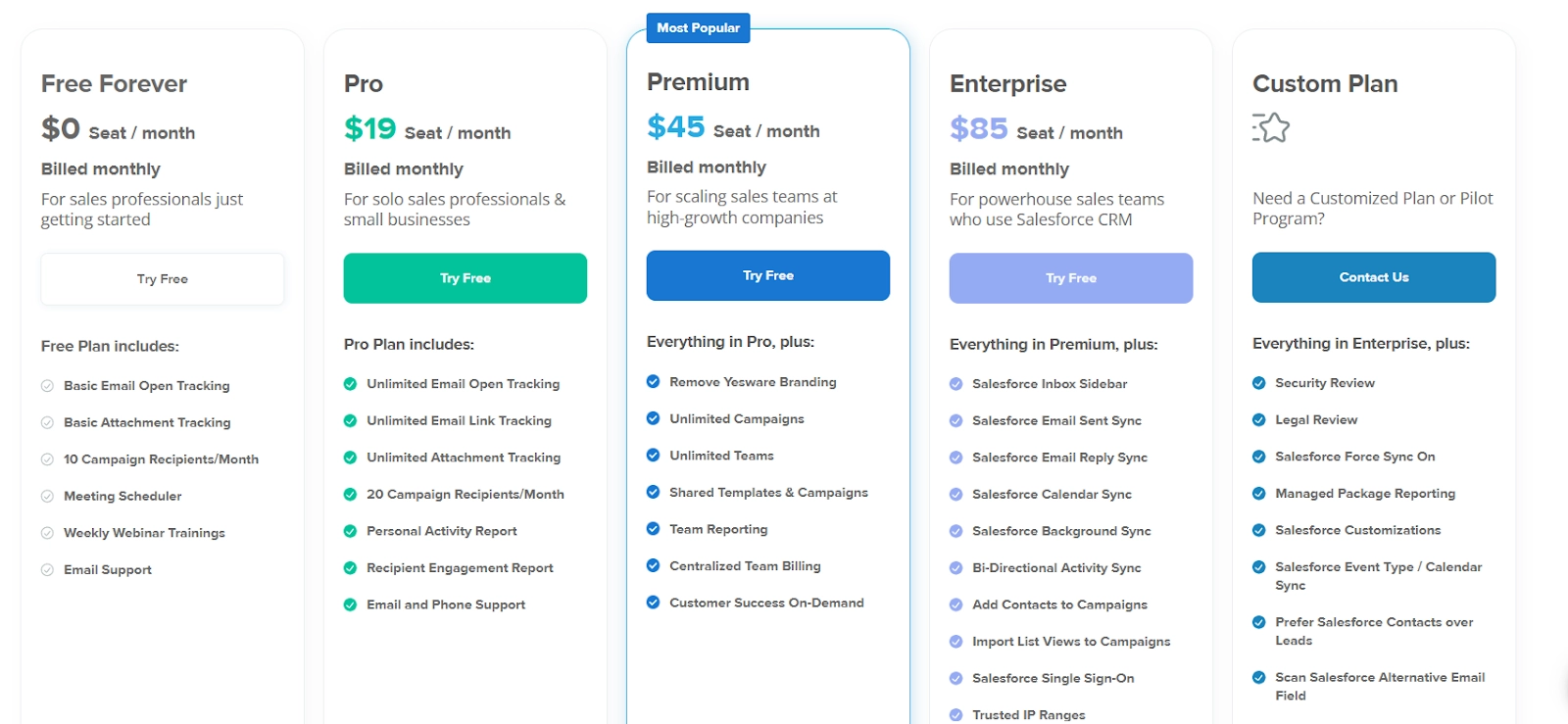
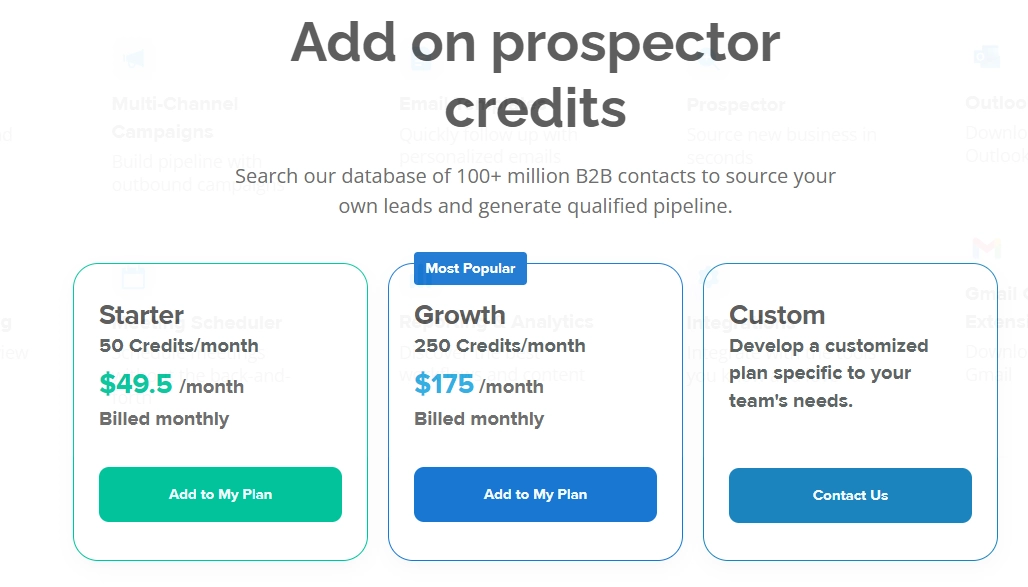
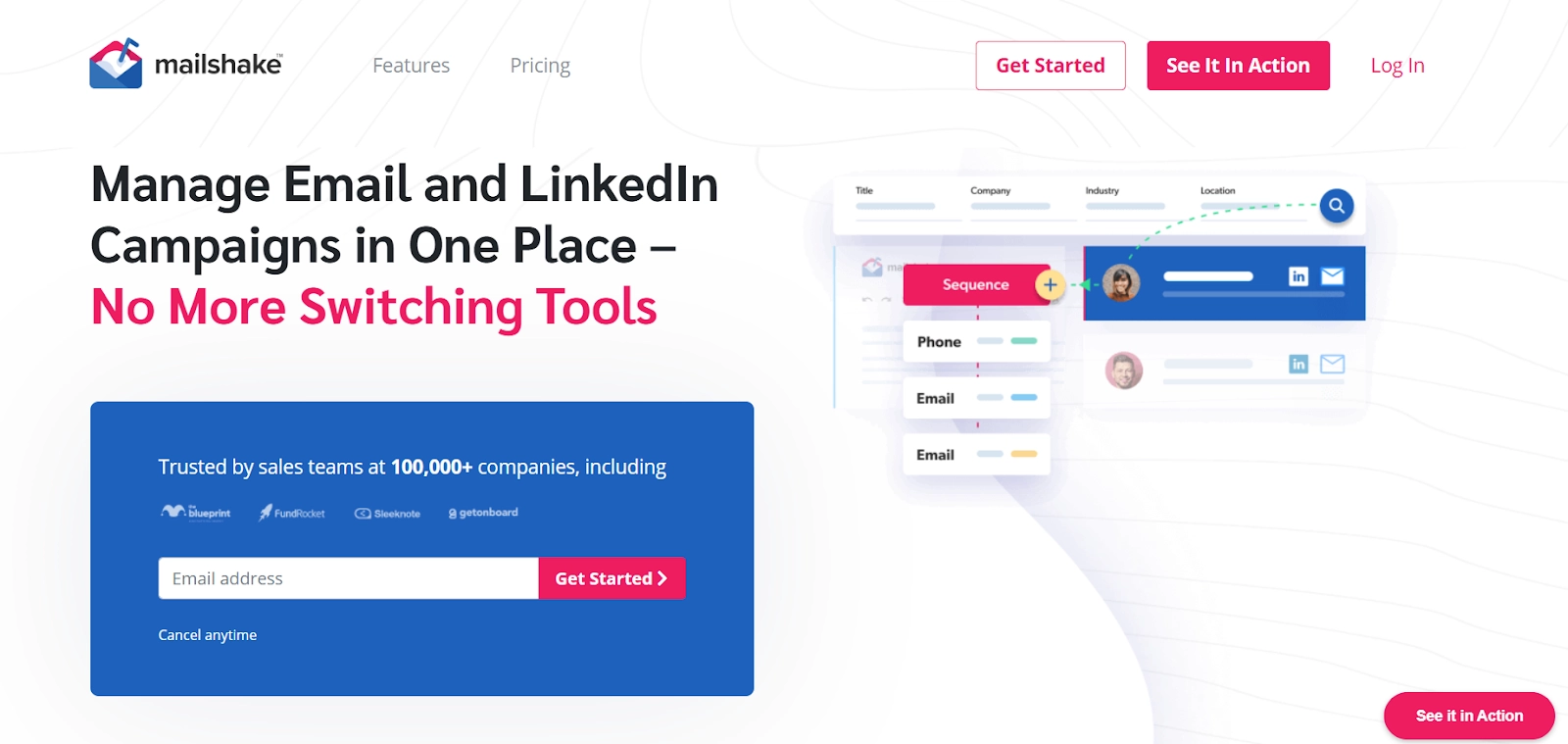
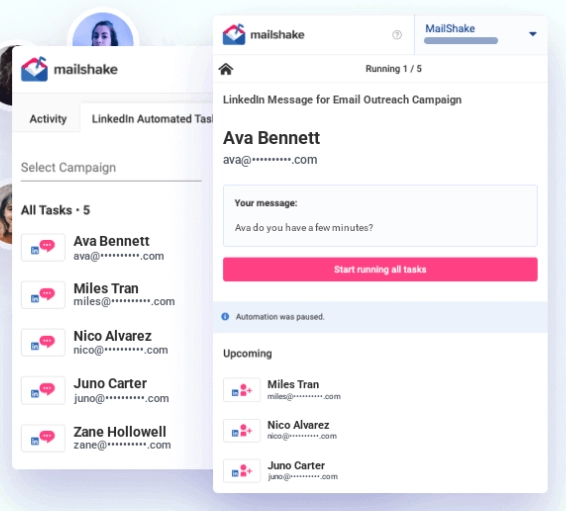
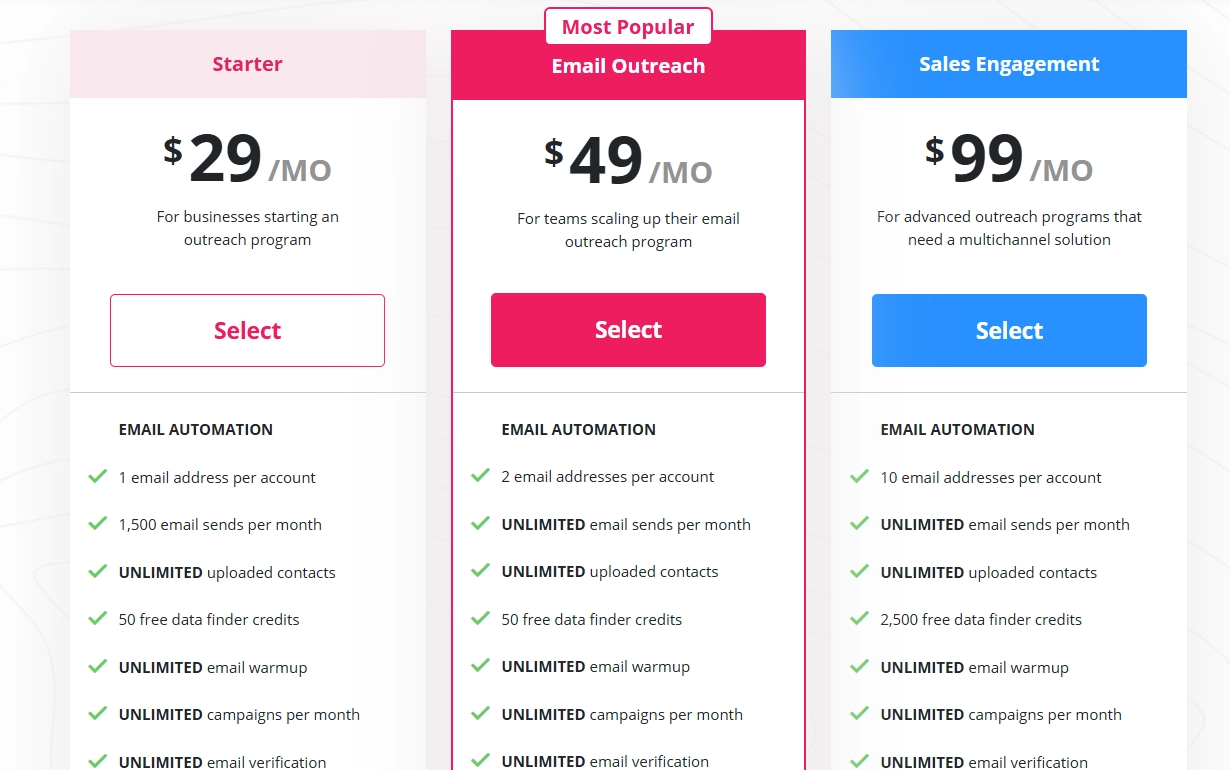

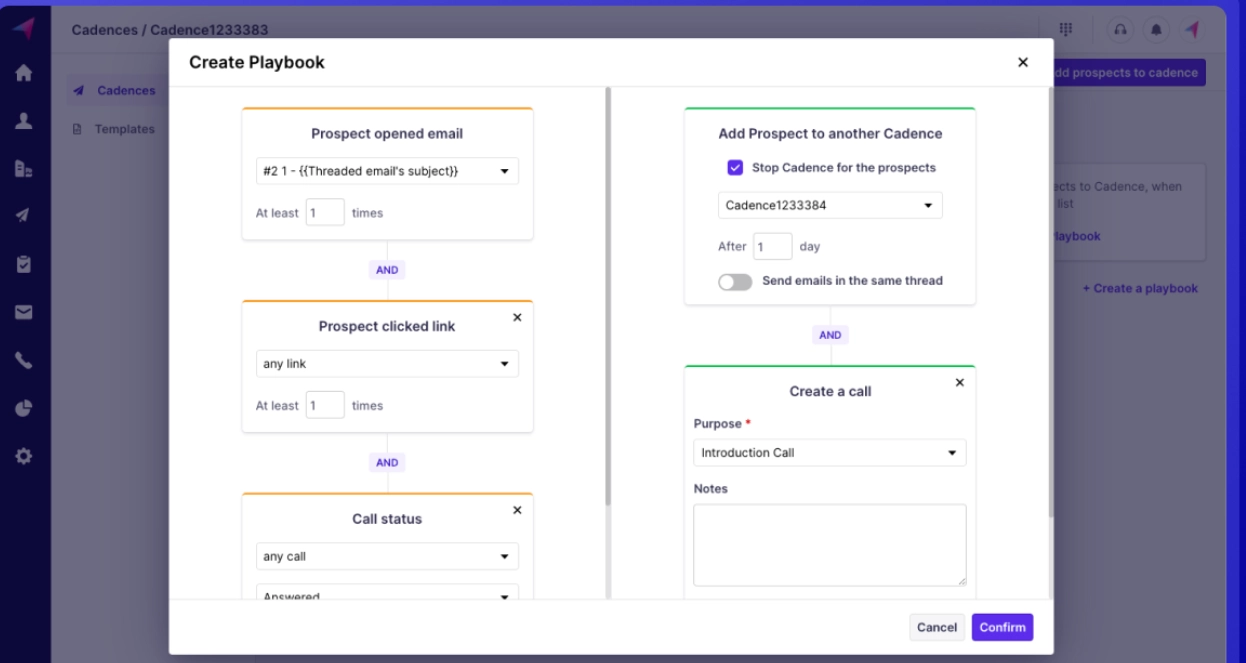

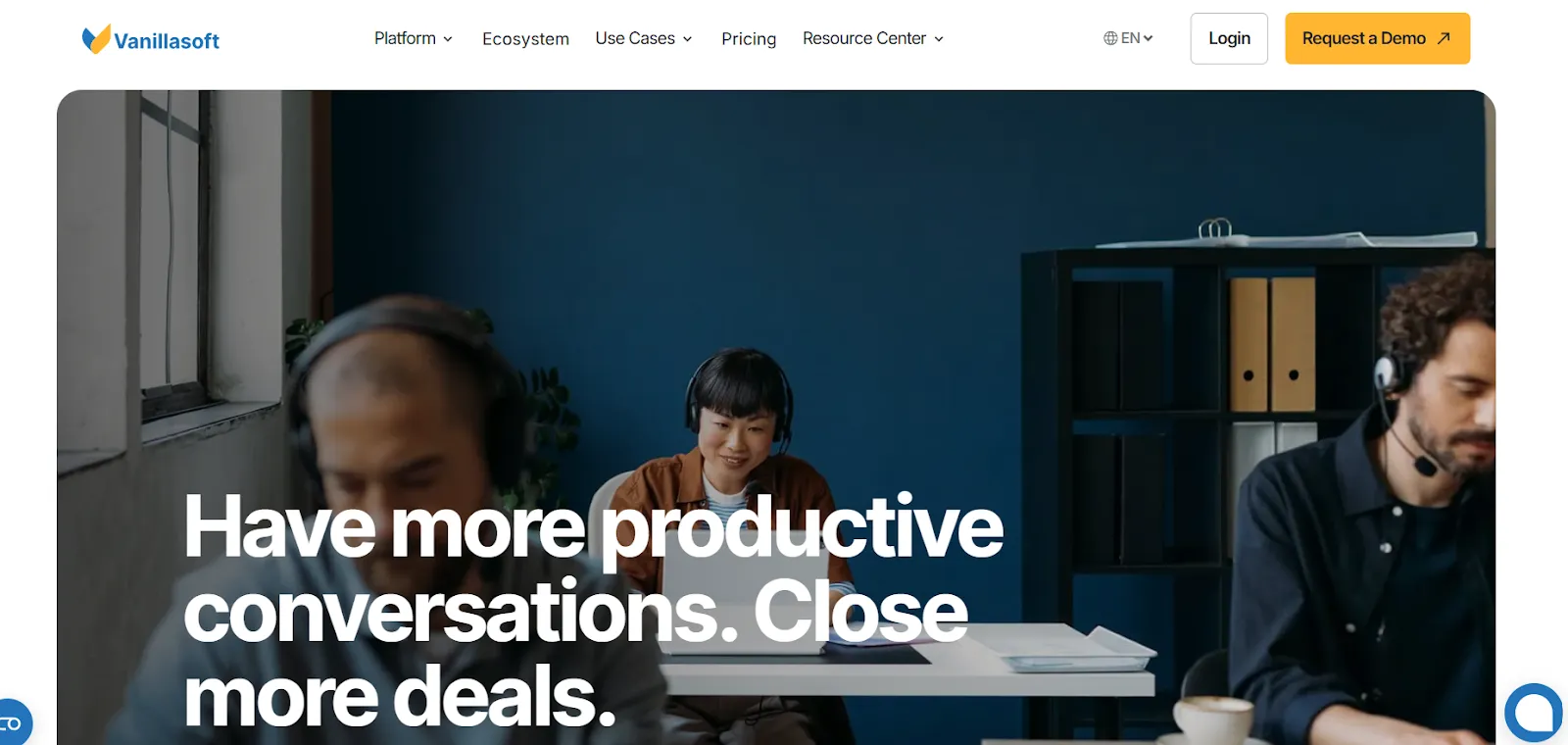
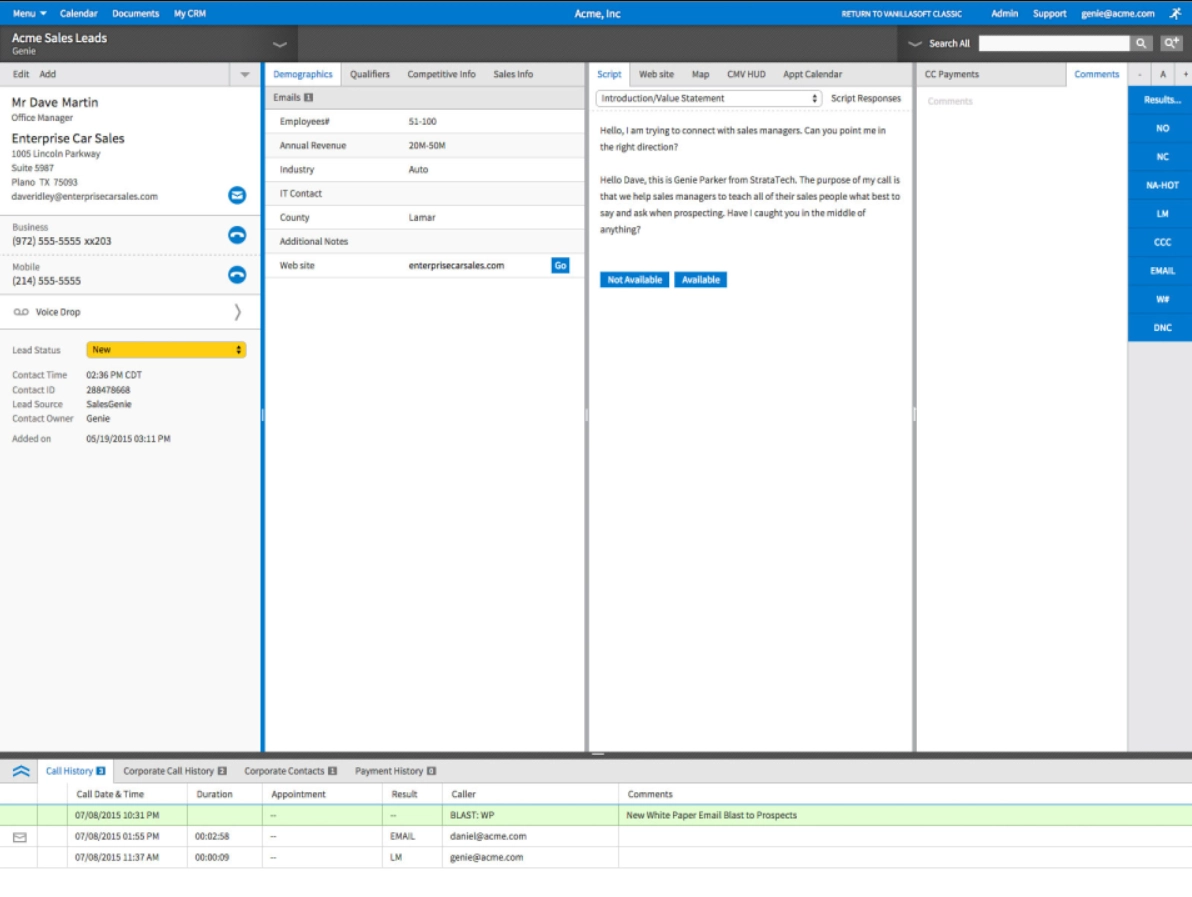





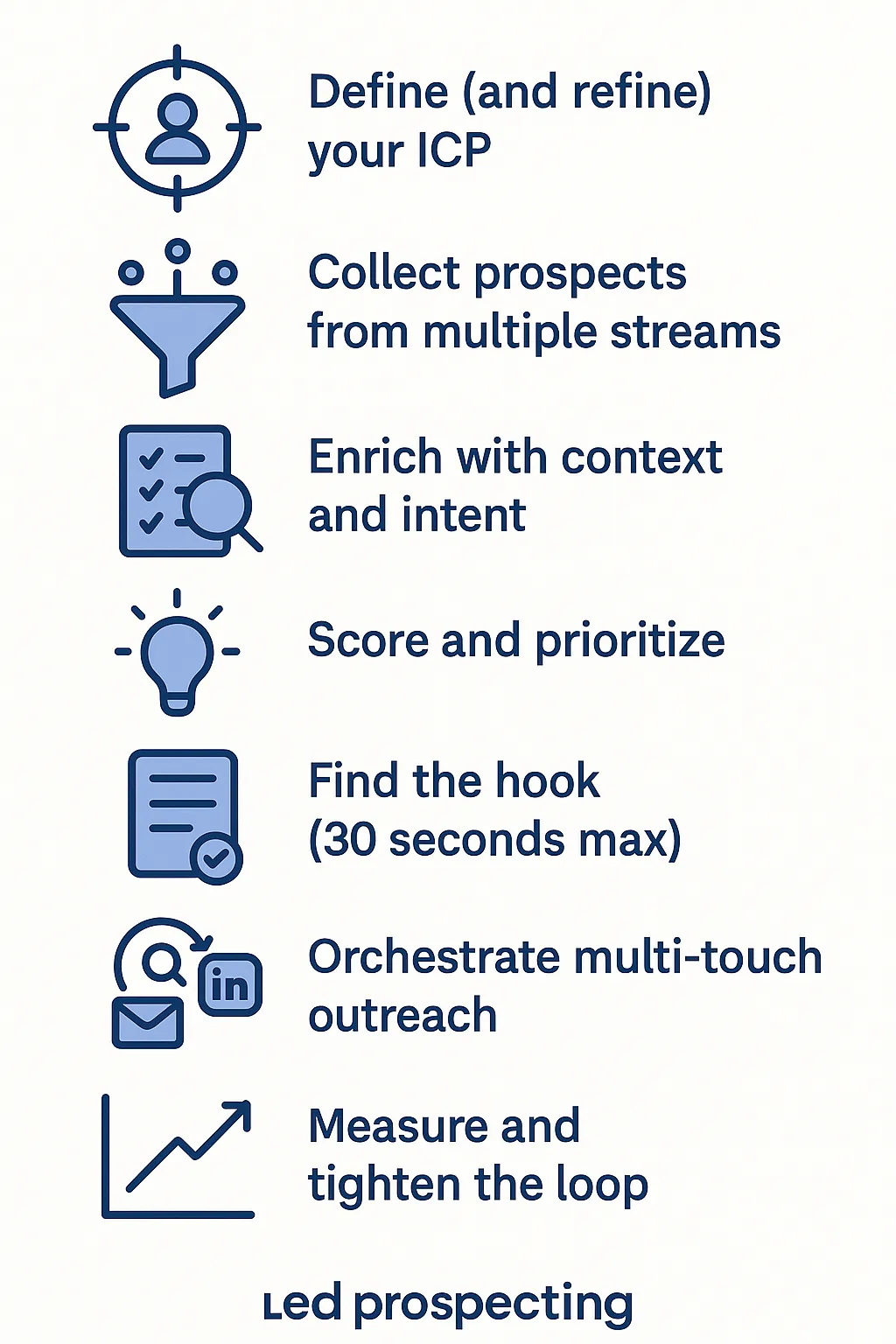
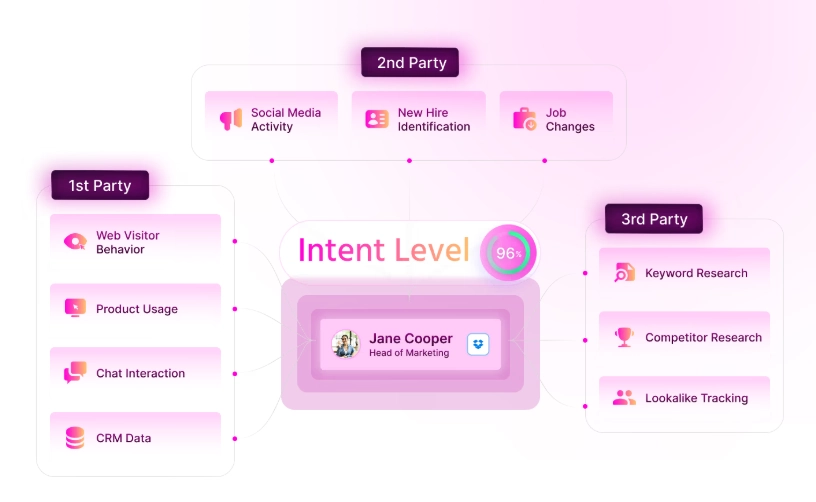







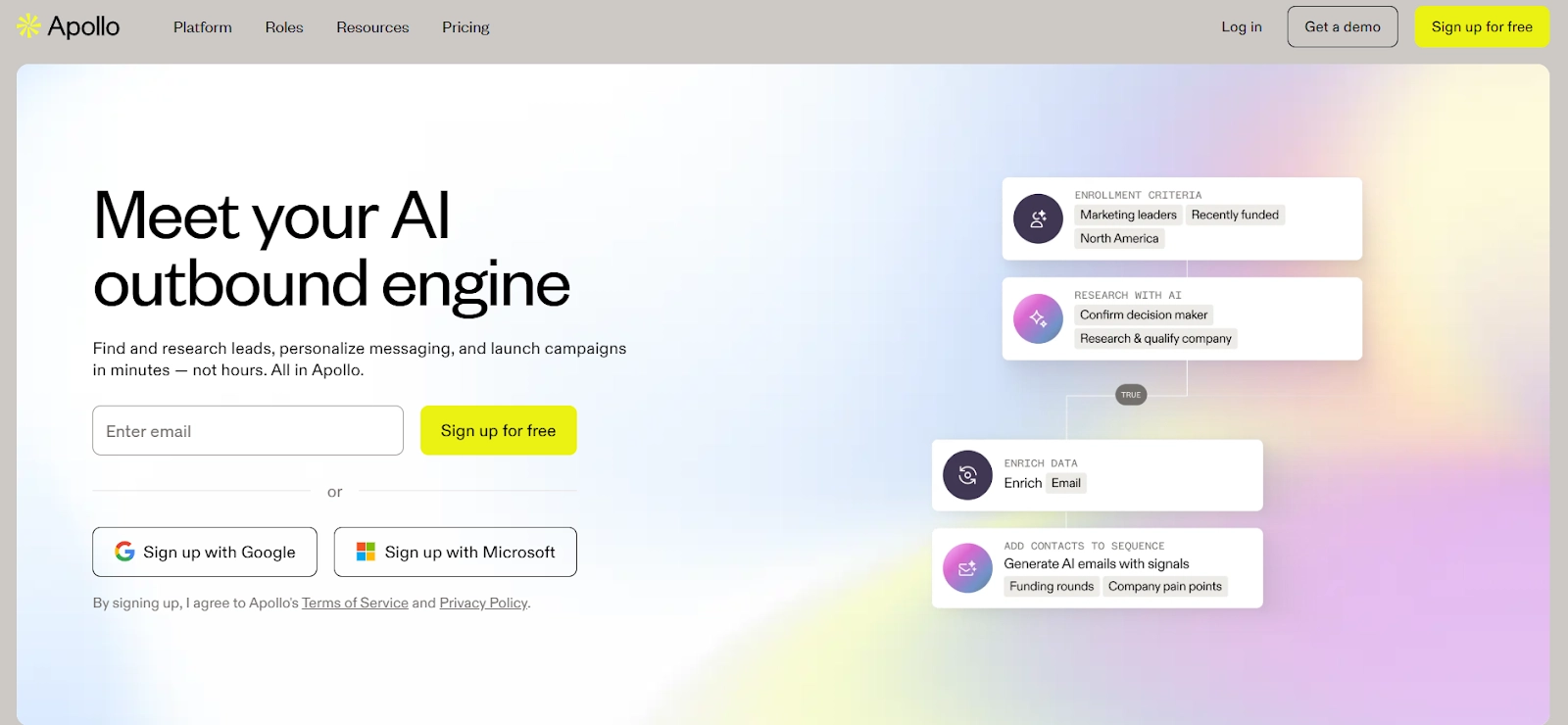







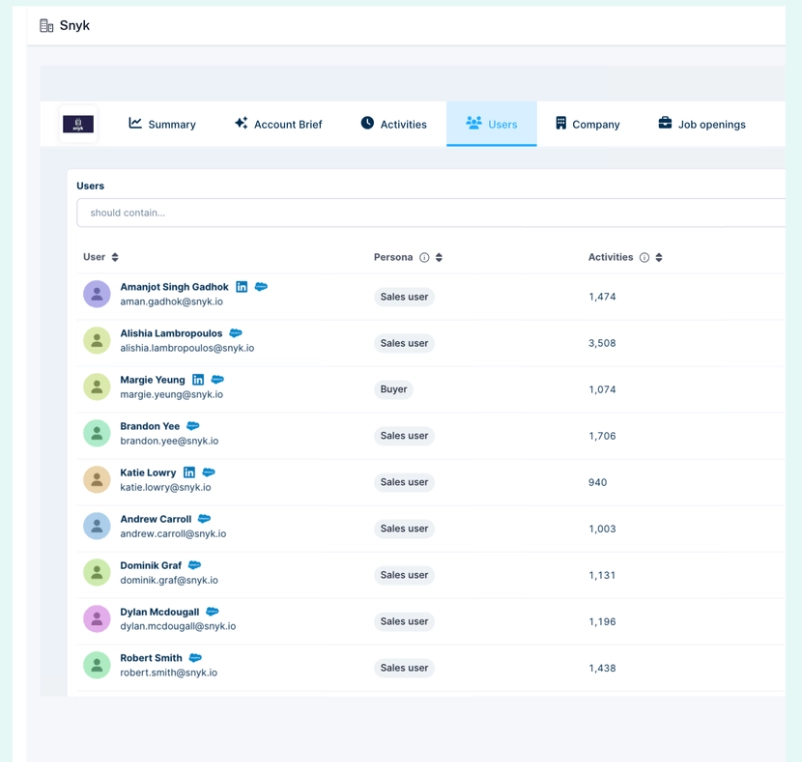



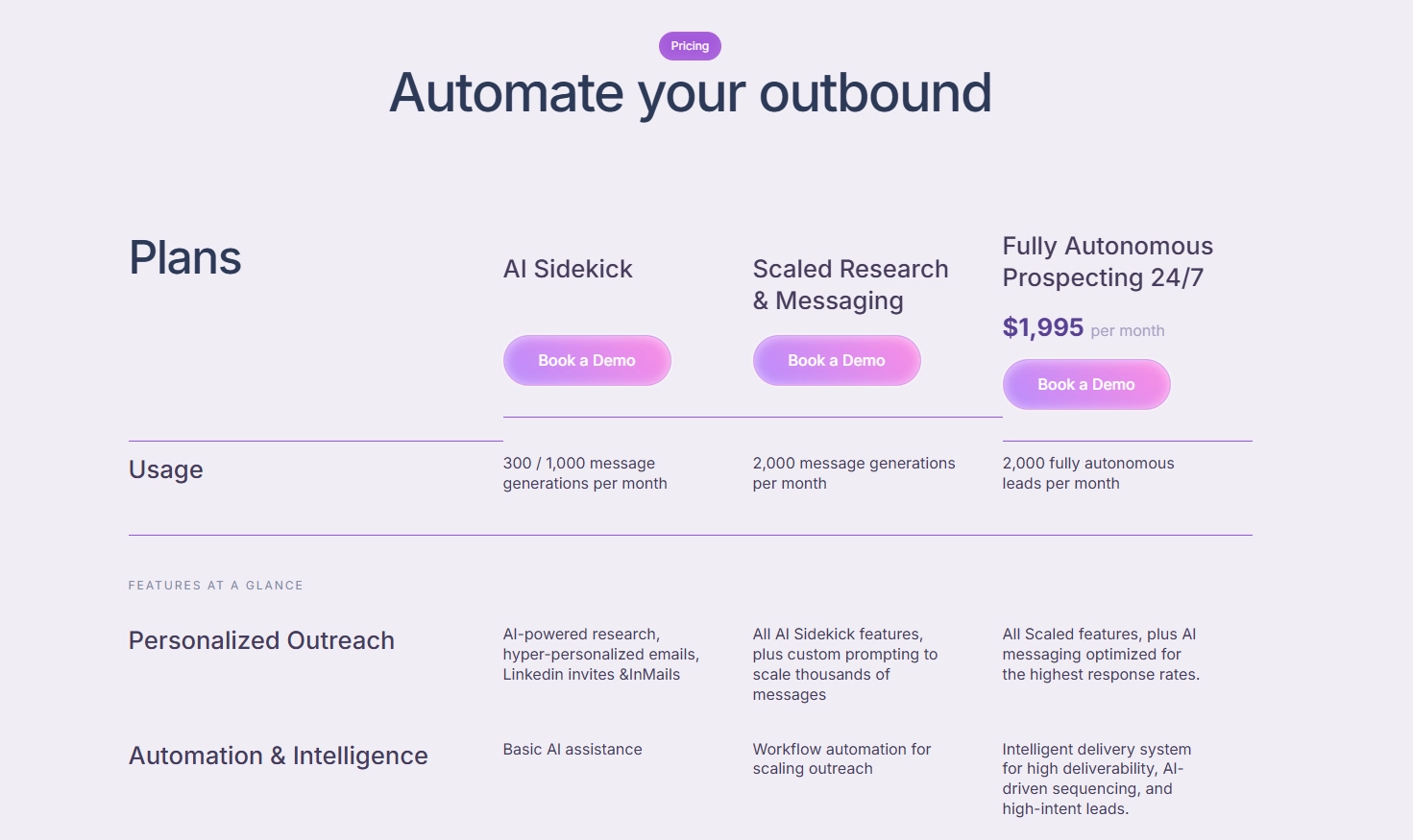



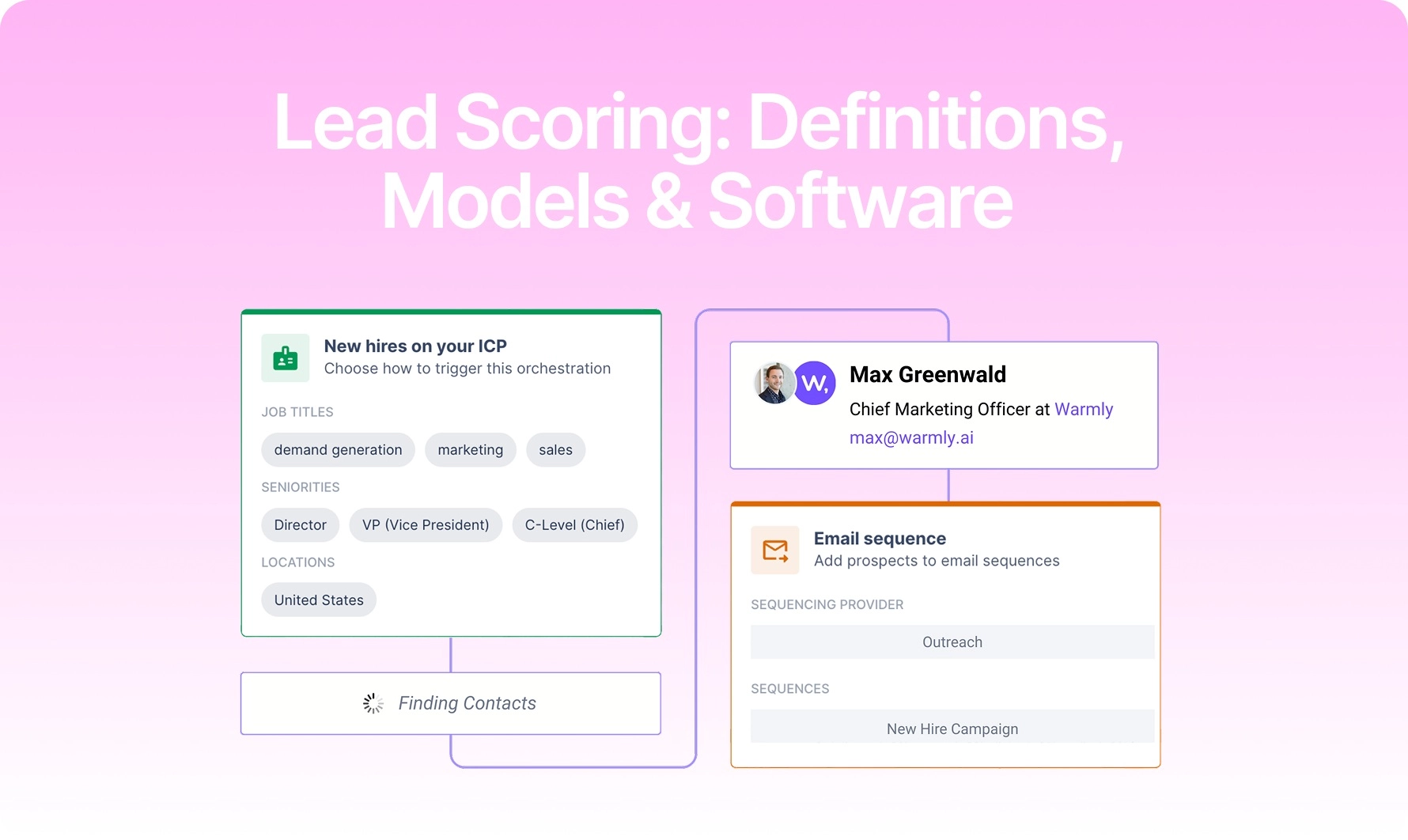







![10 Best AI Lead Scoring Tools & Software [October 2025]](https://cdn.prod.website-files.com/6506fc5785bd592c468835e0/68dd29818db75503e830eed9_ai_lead_scoring_tools.webp)
